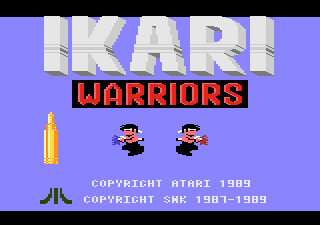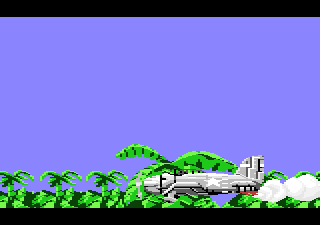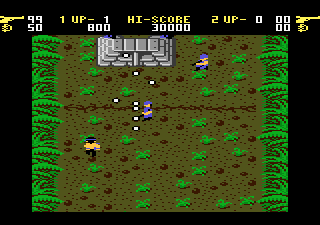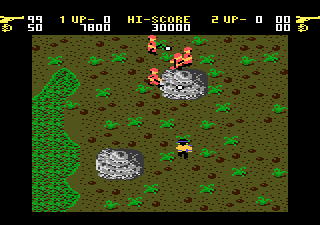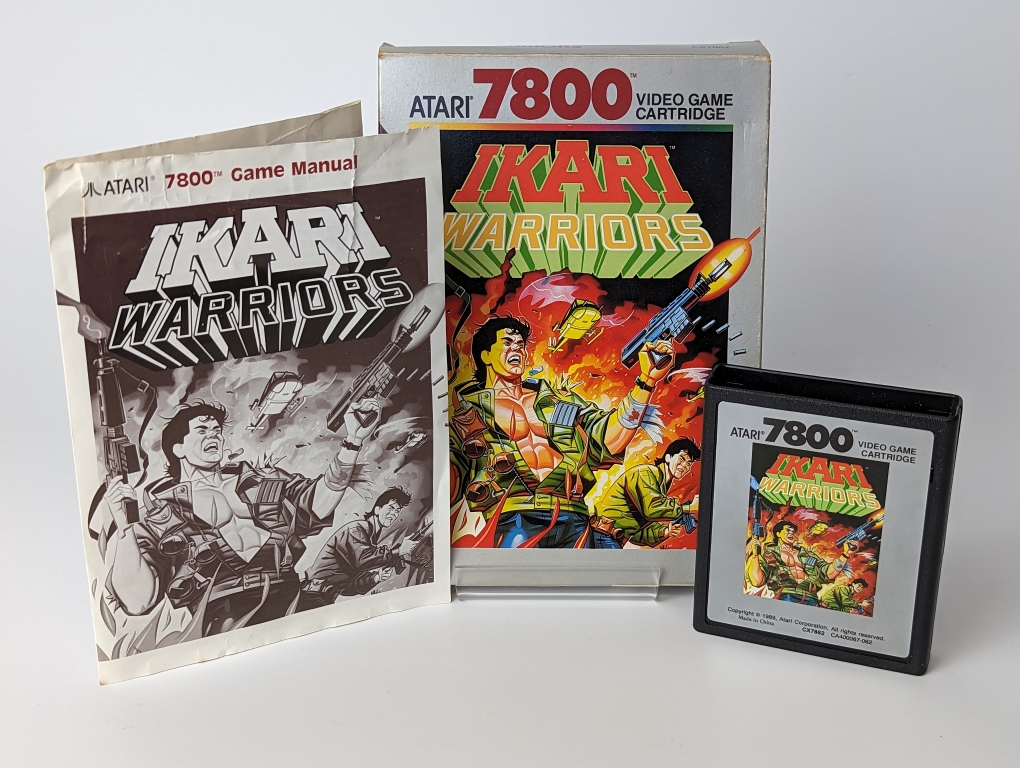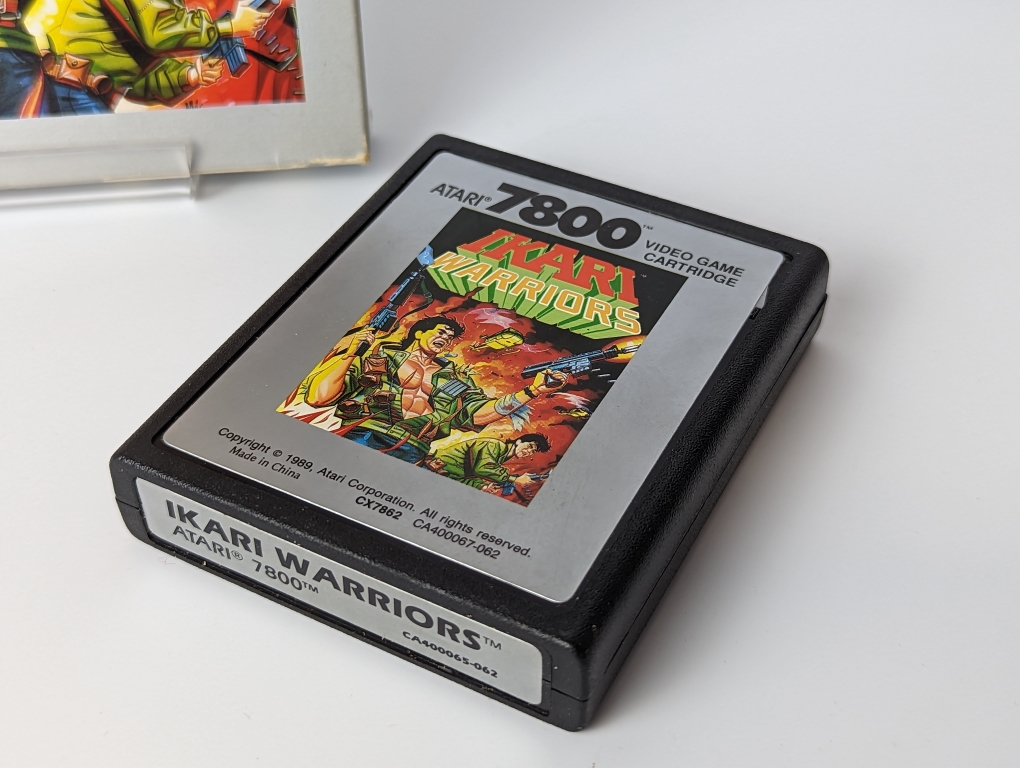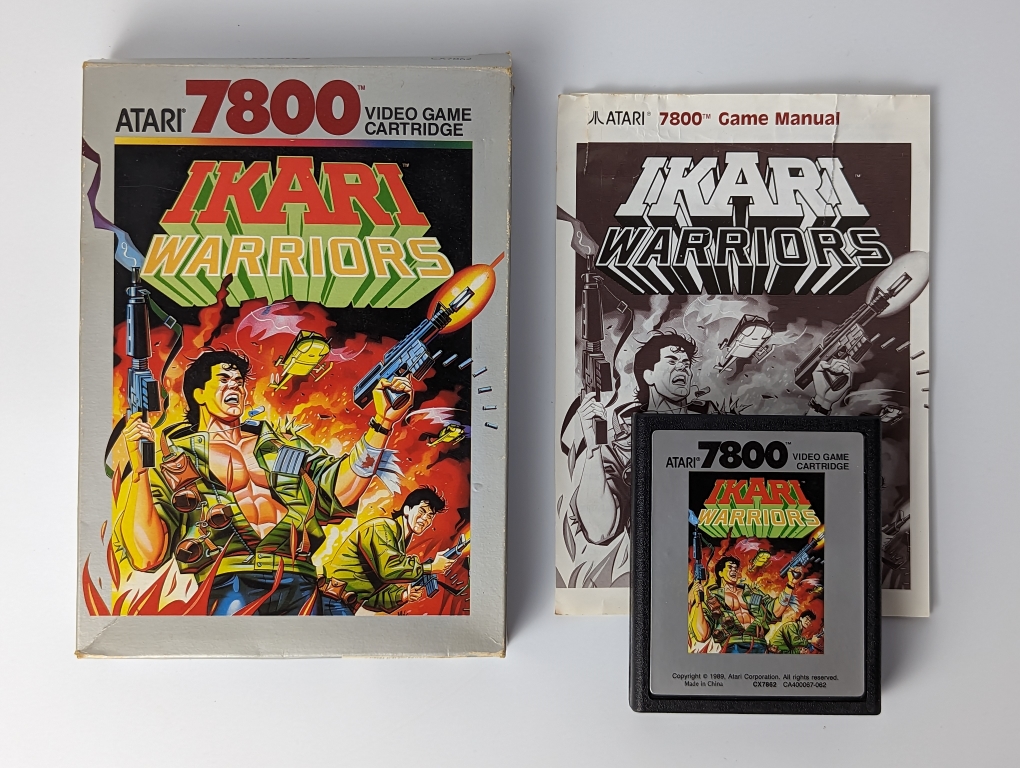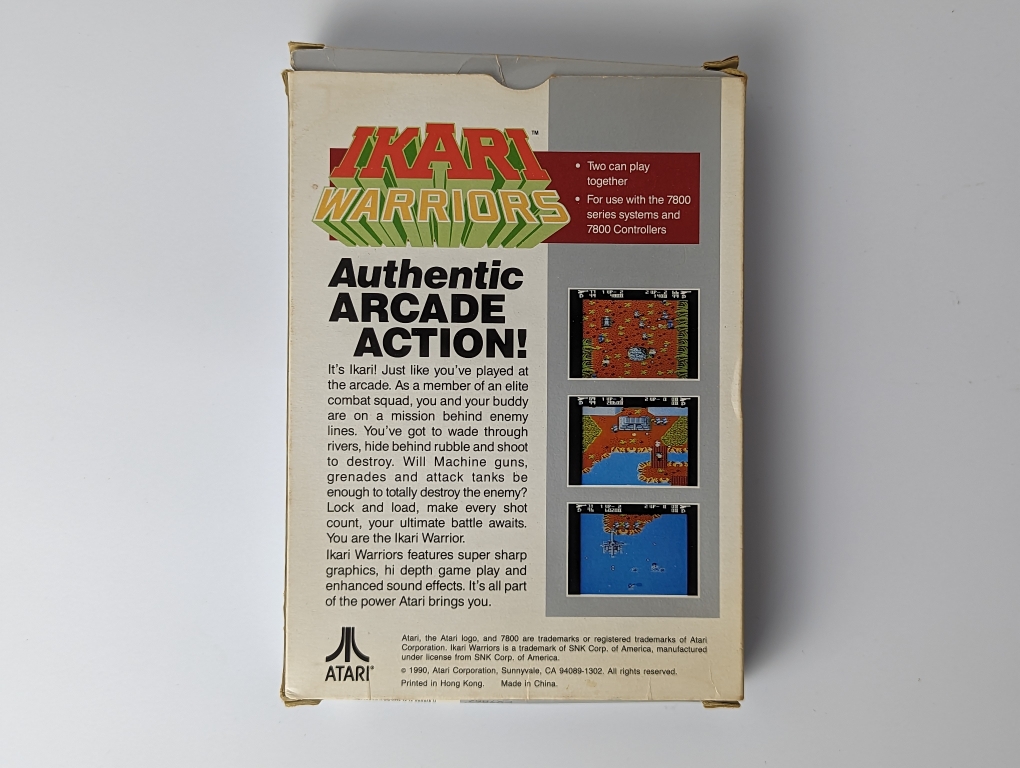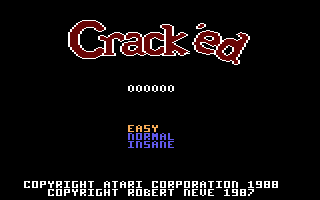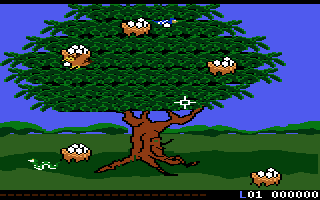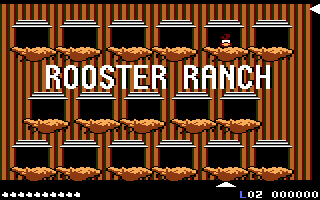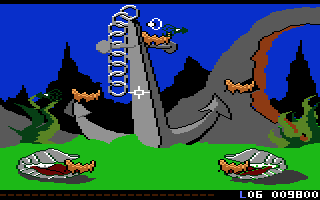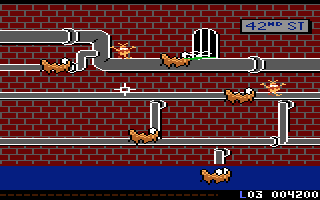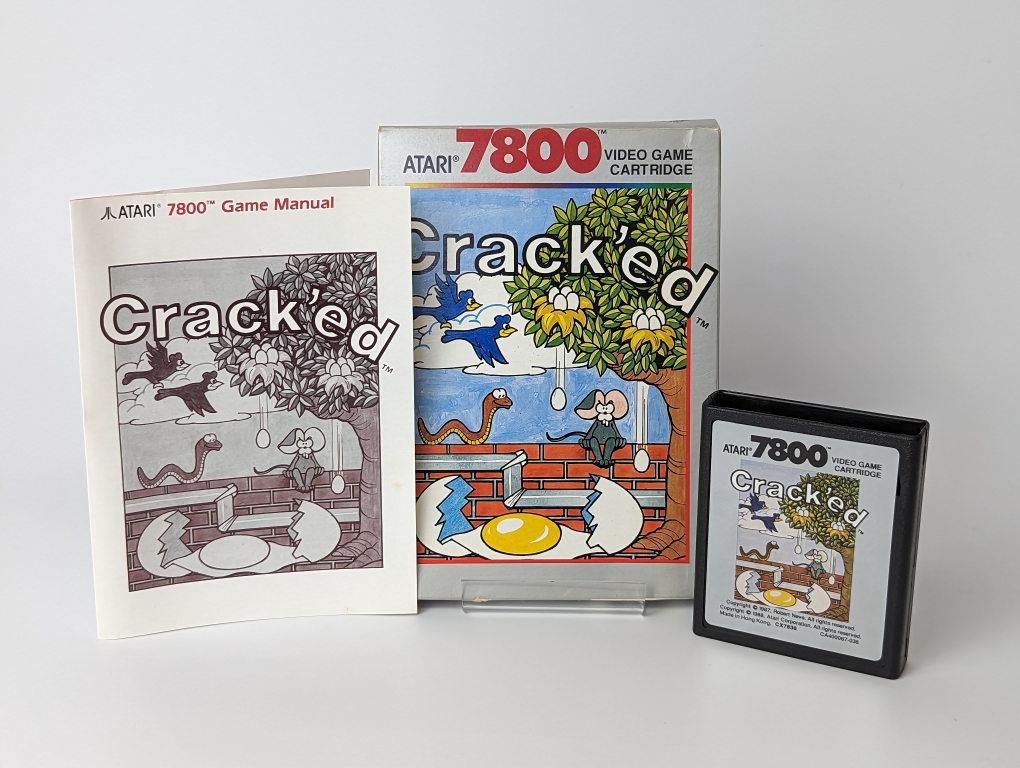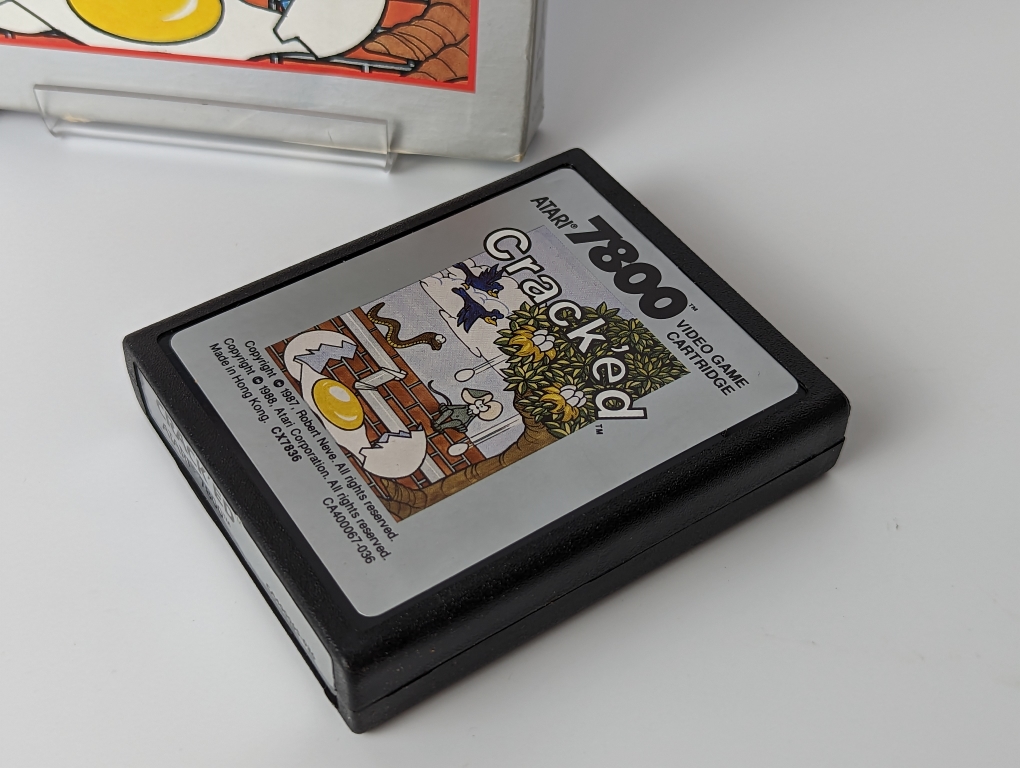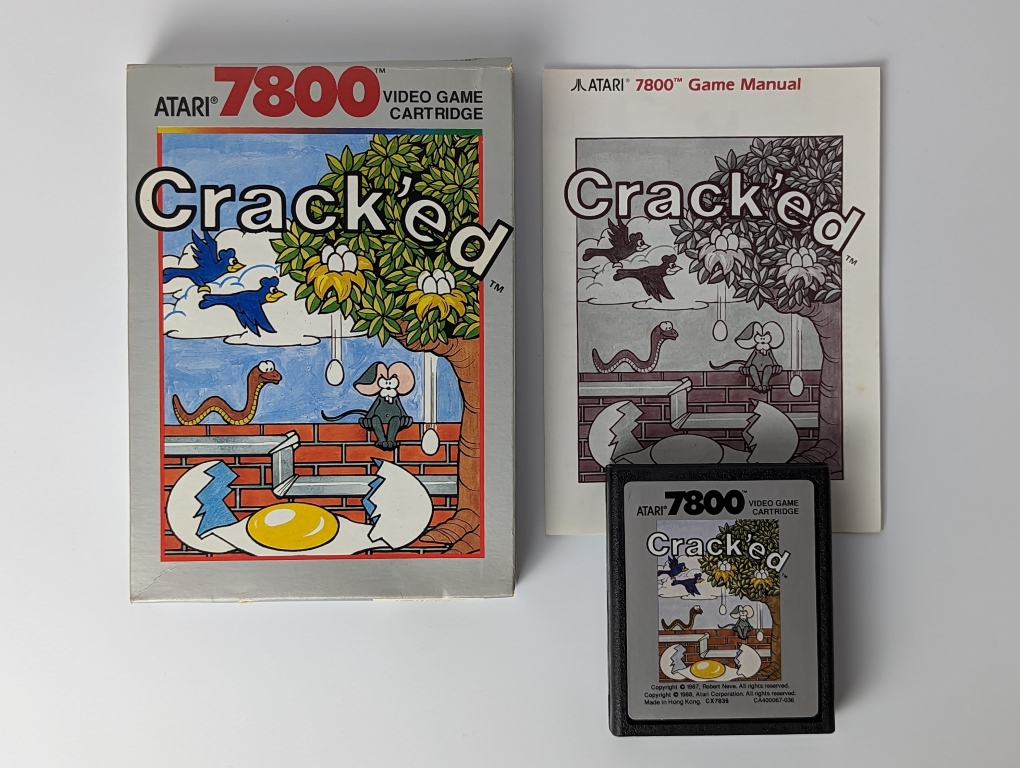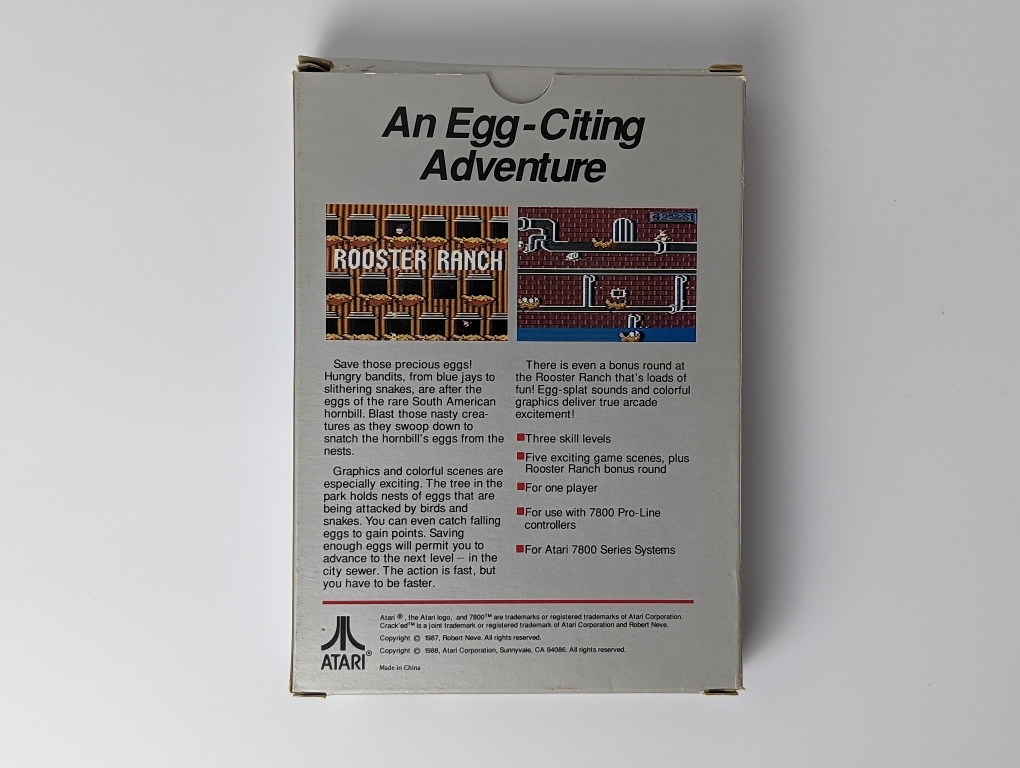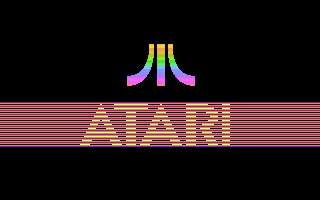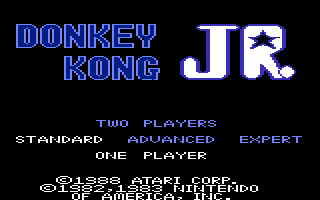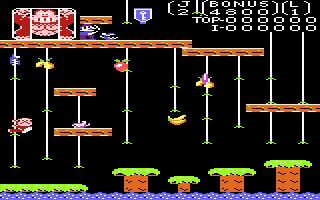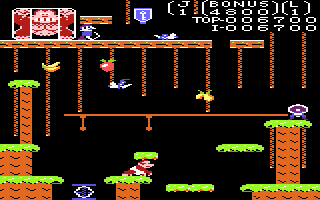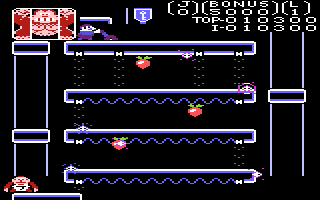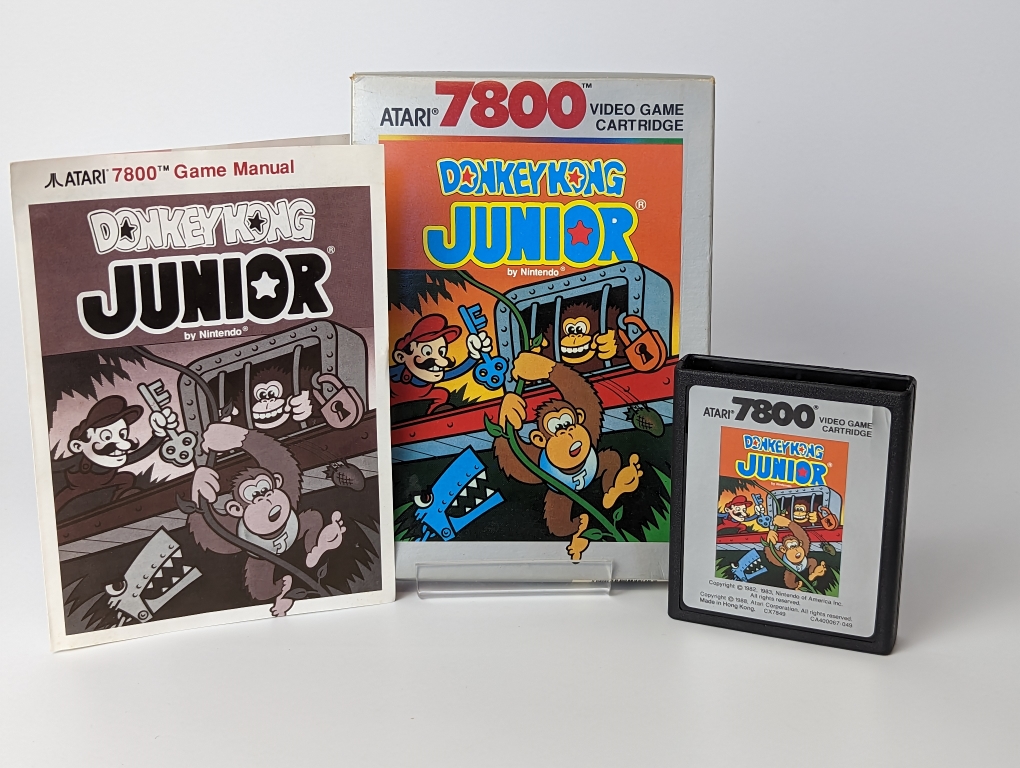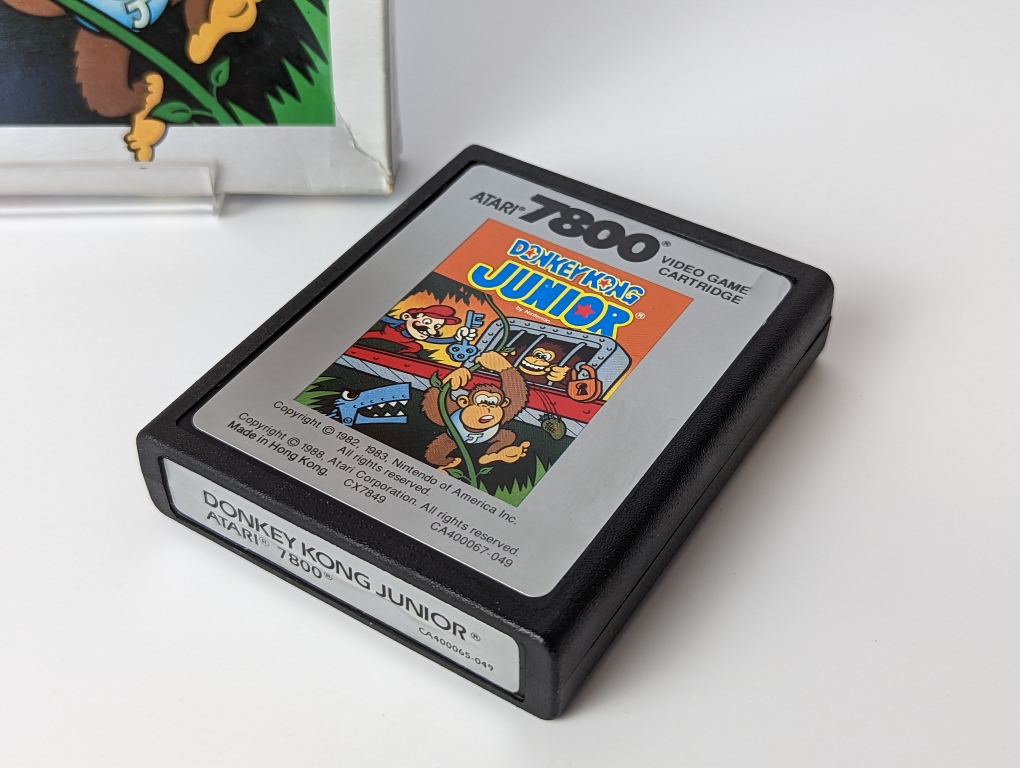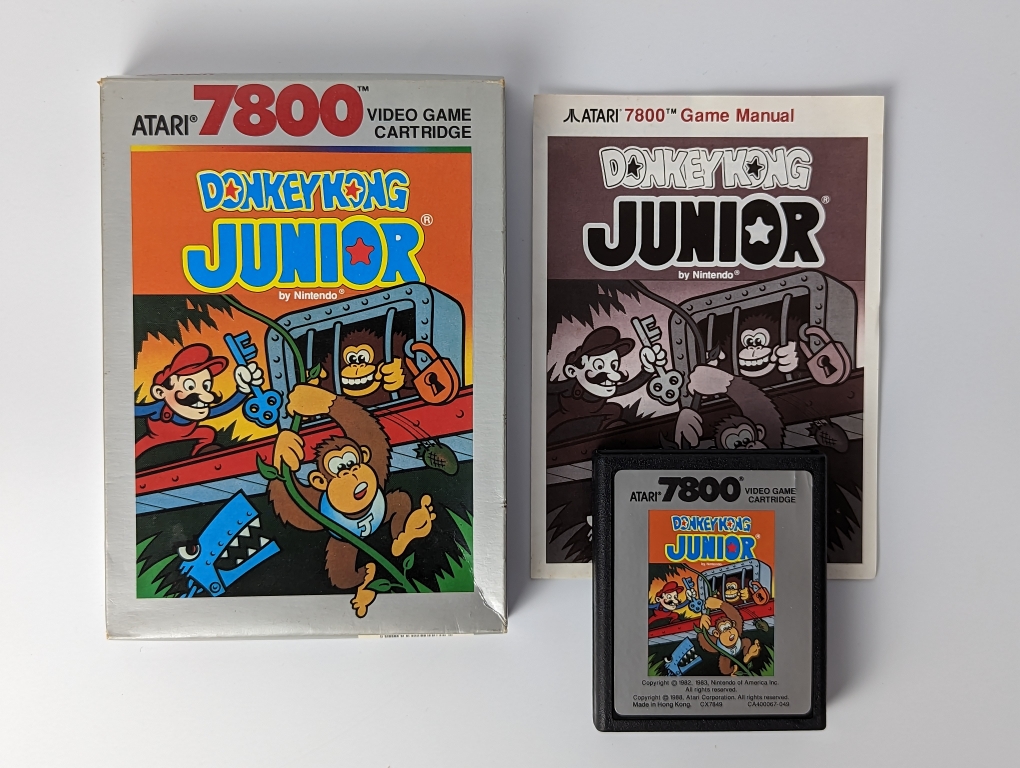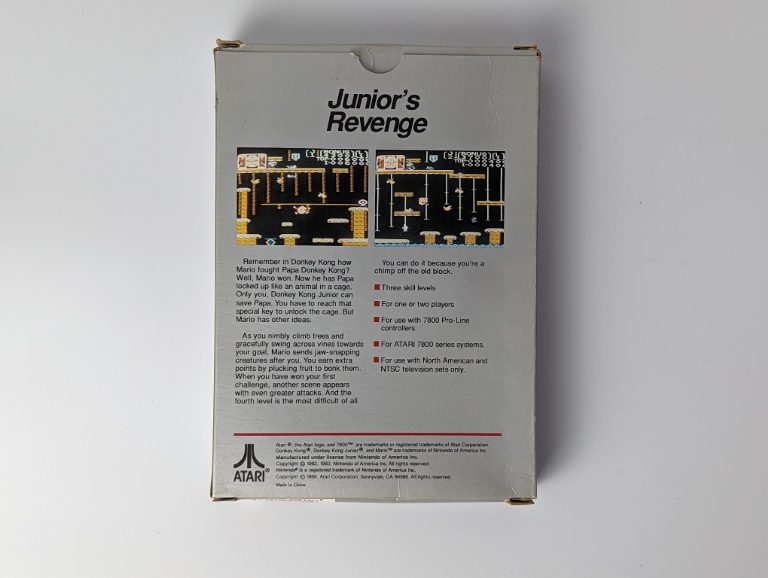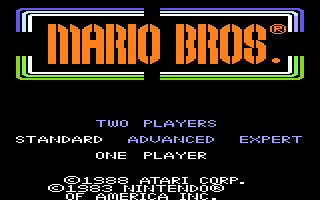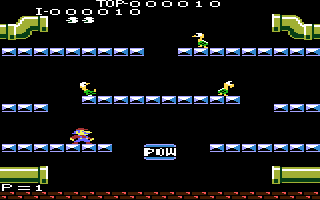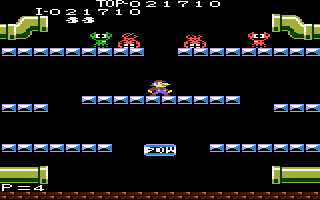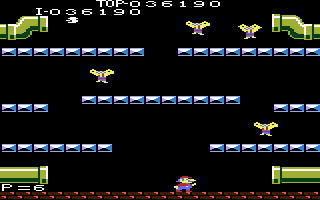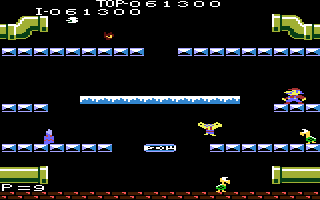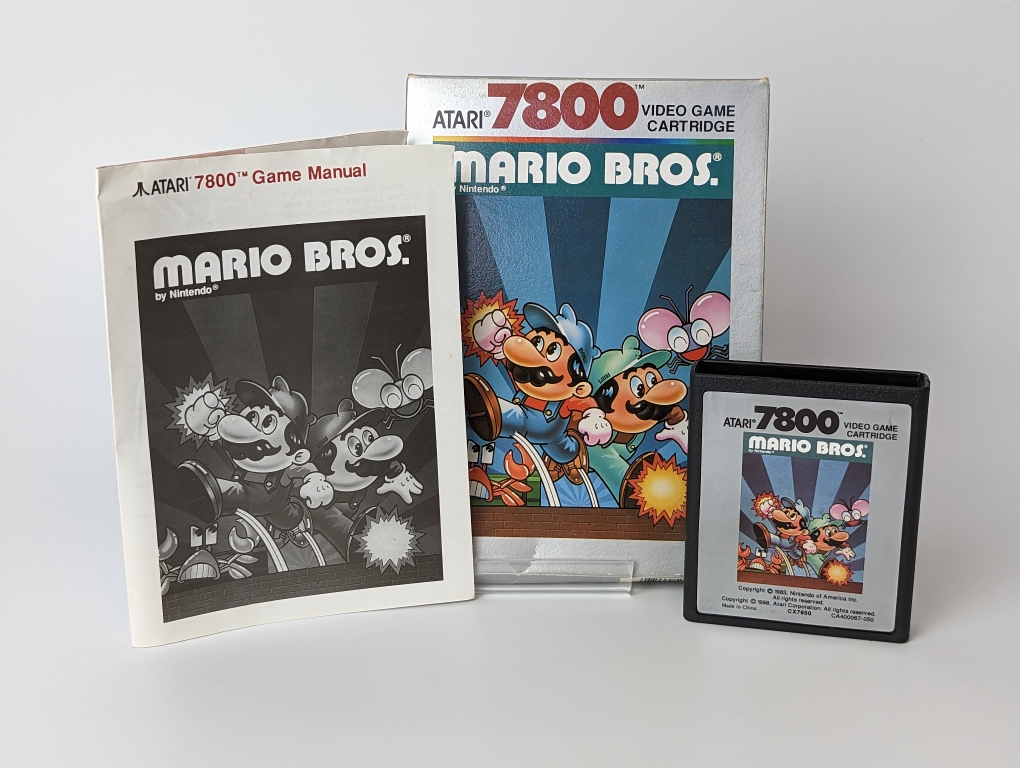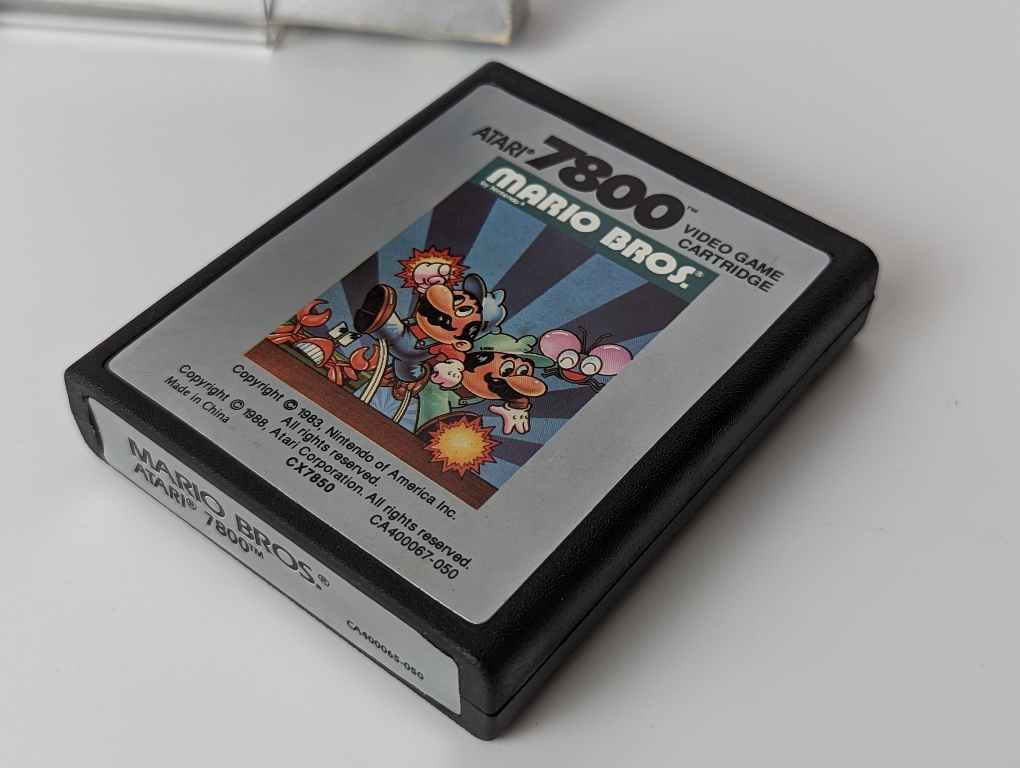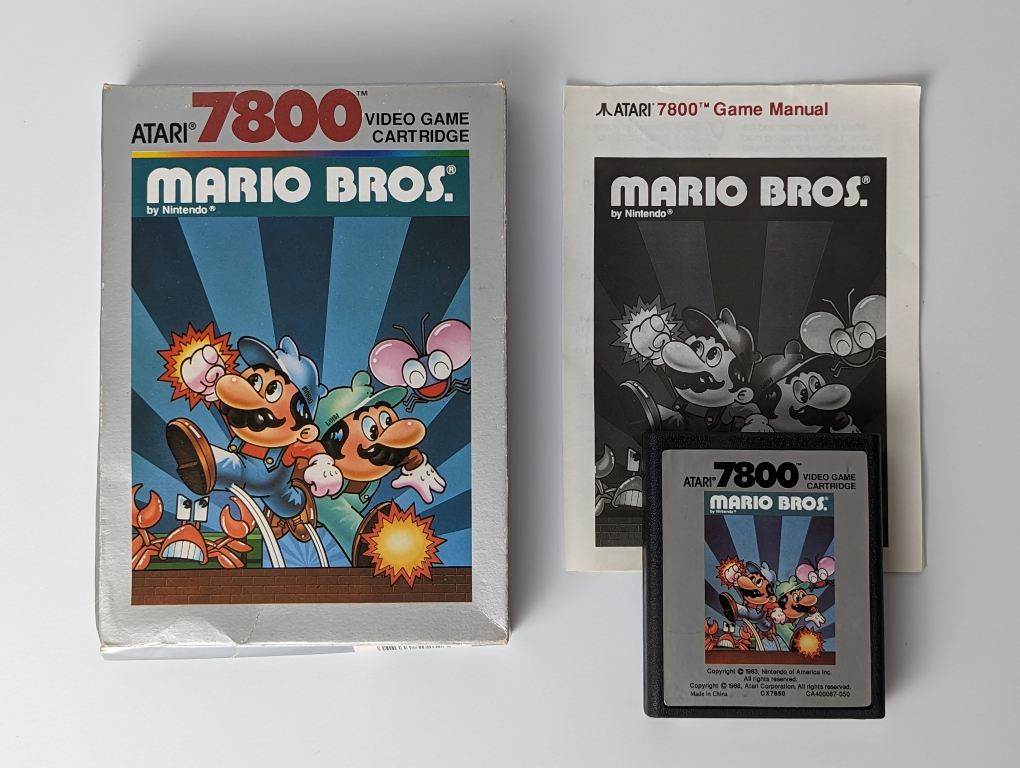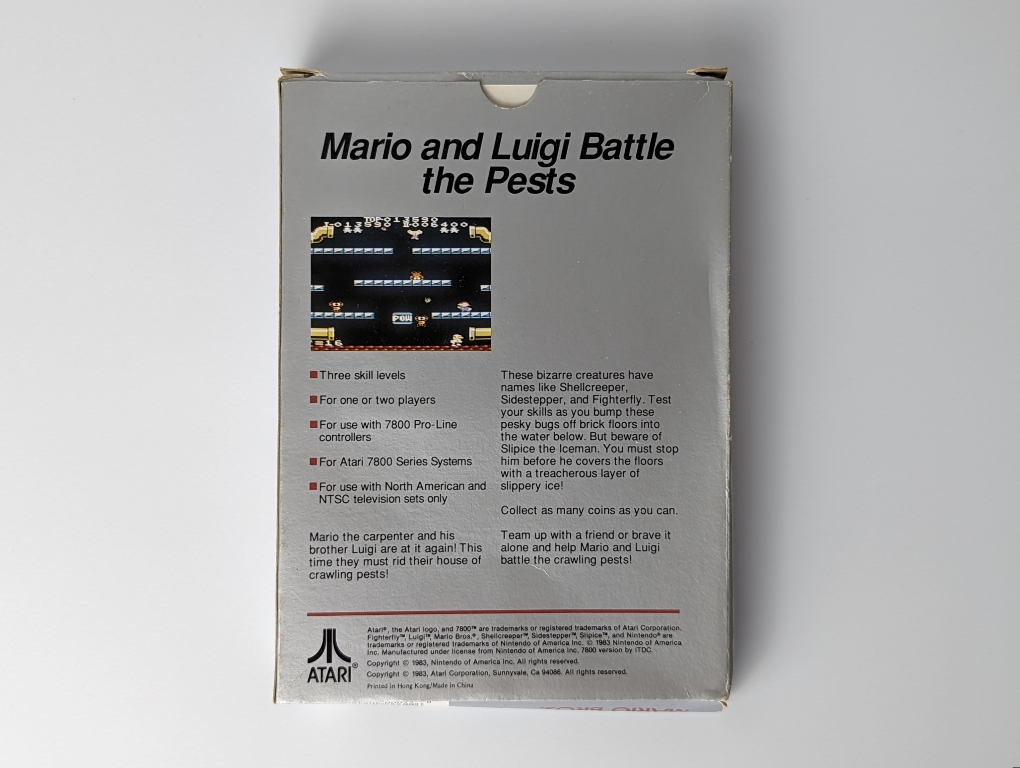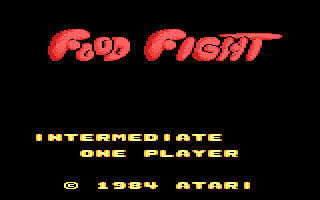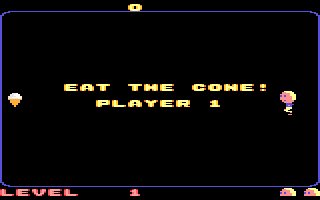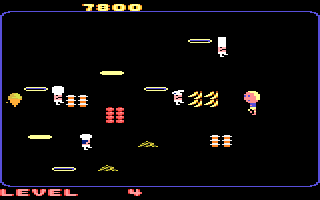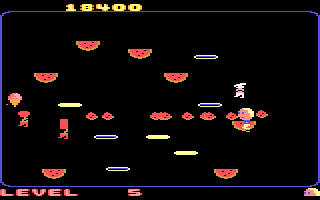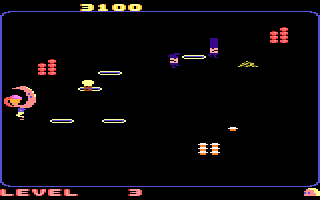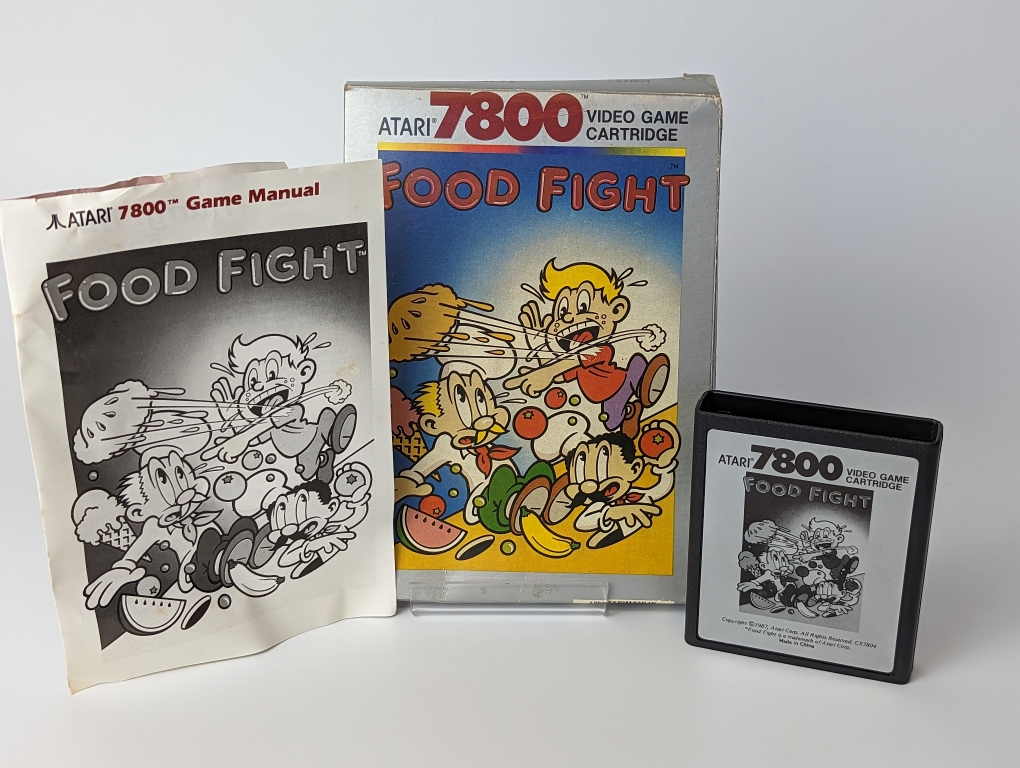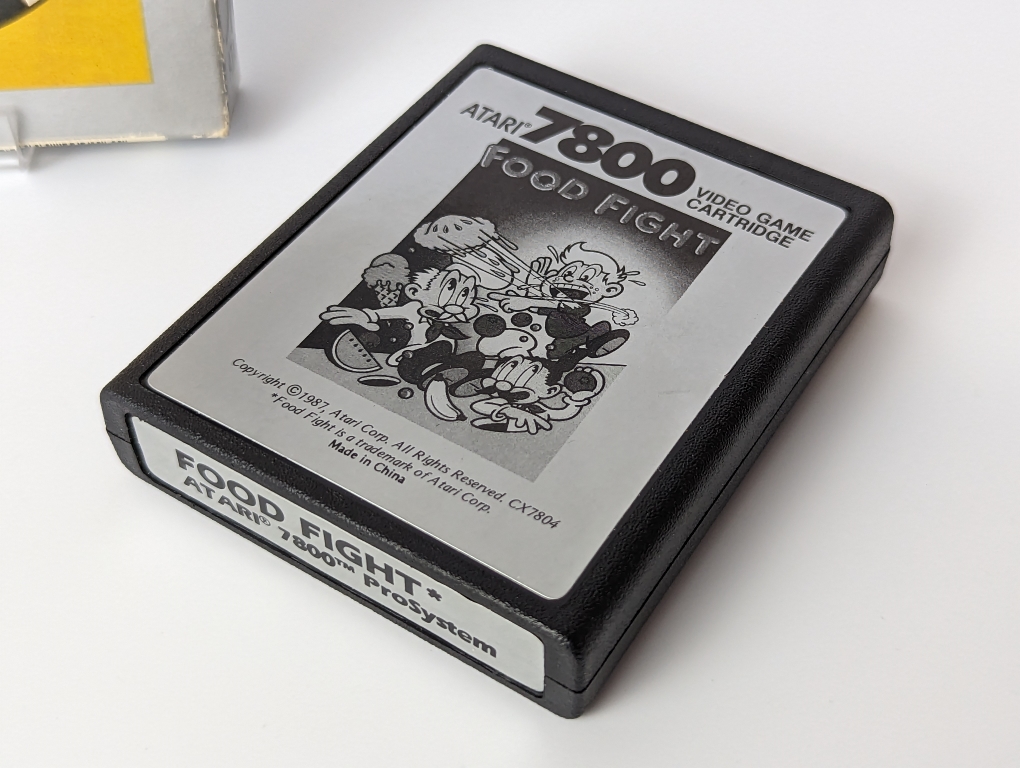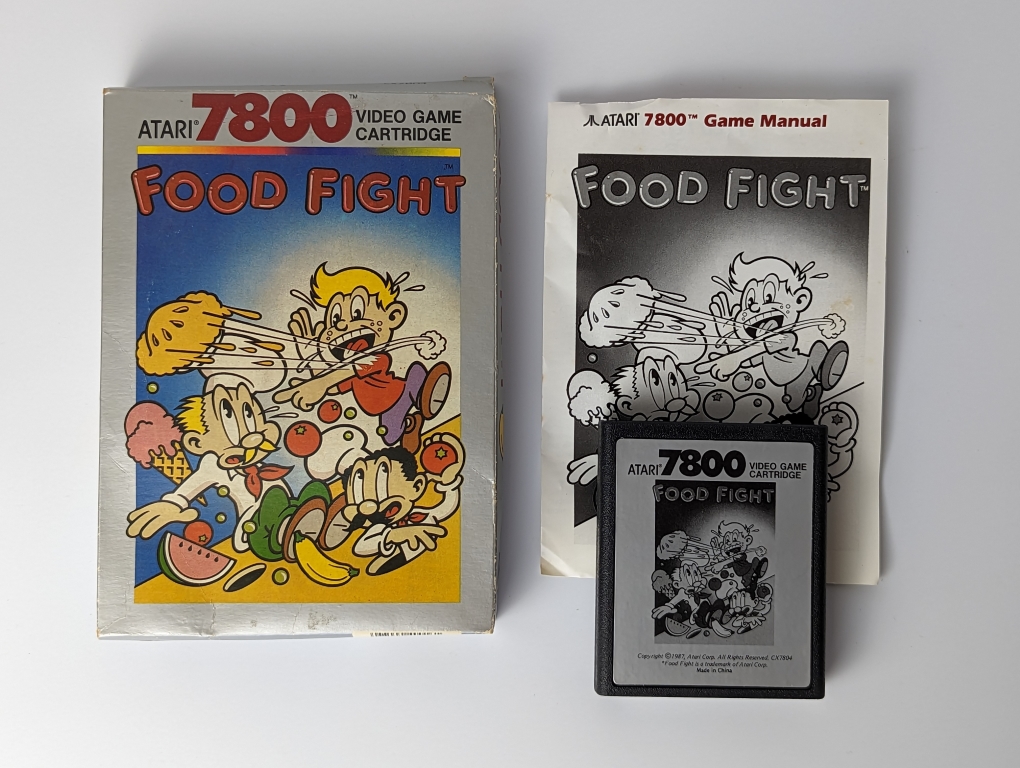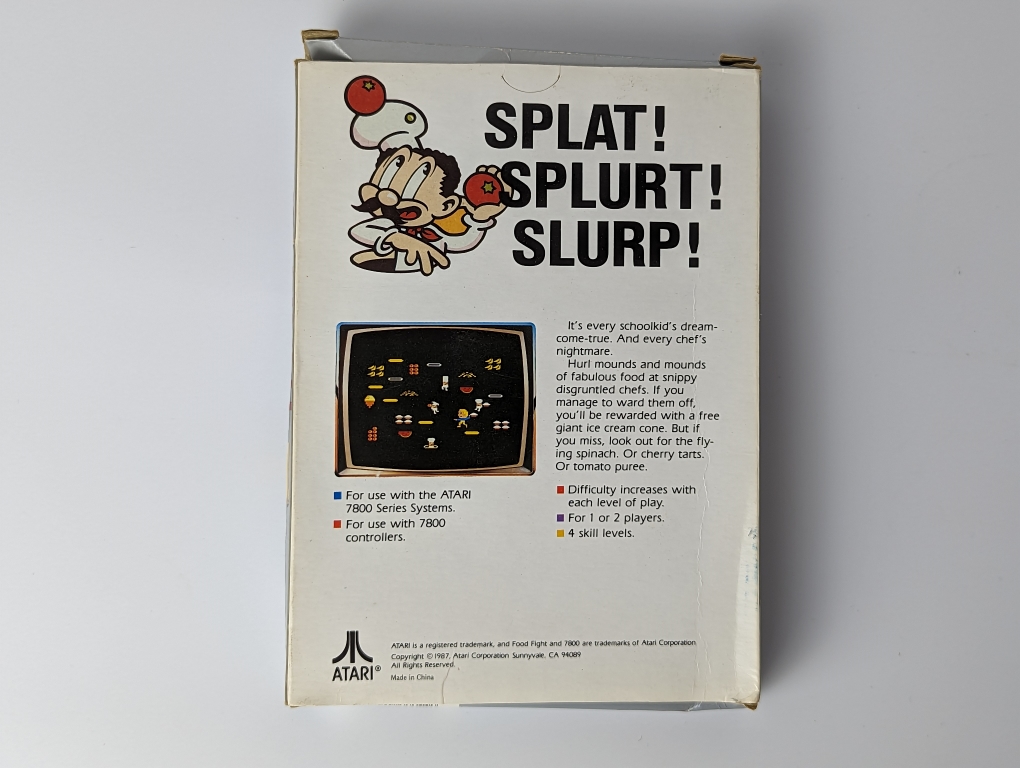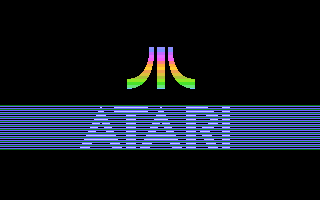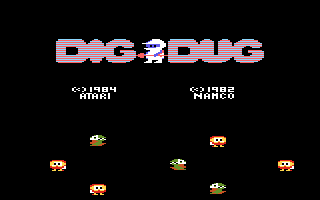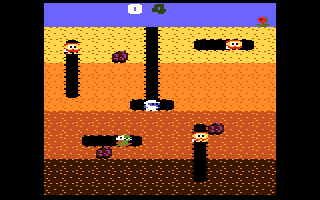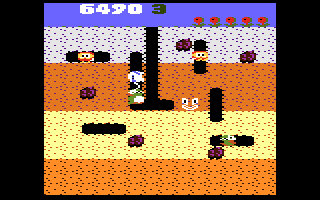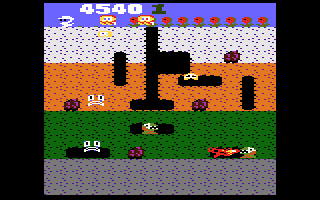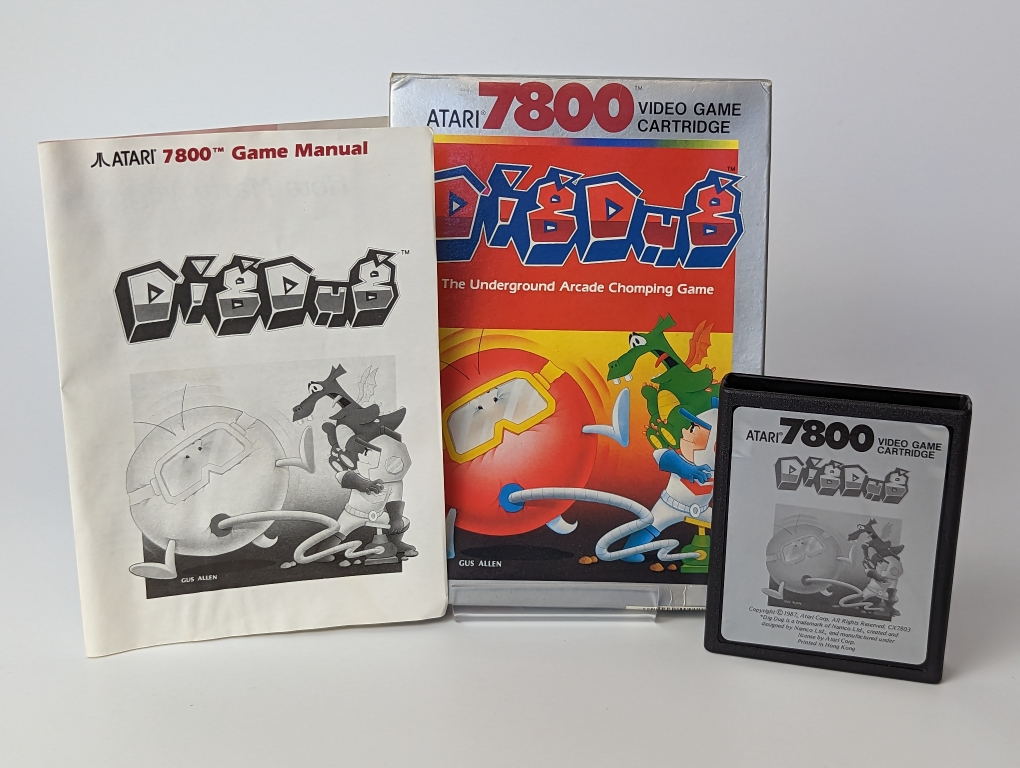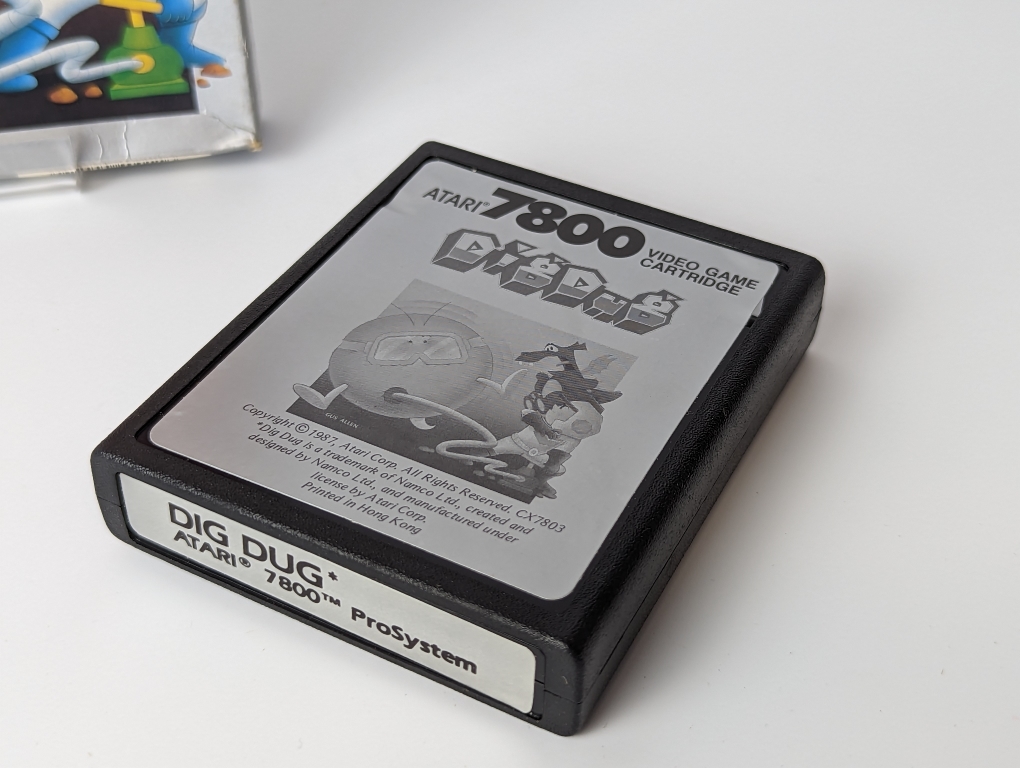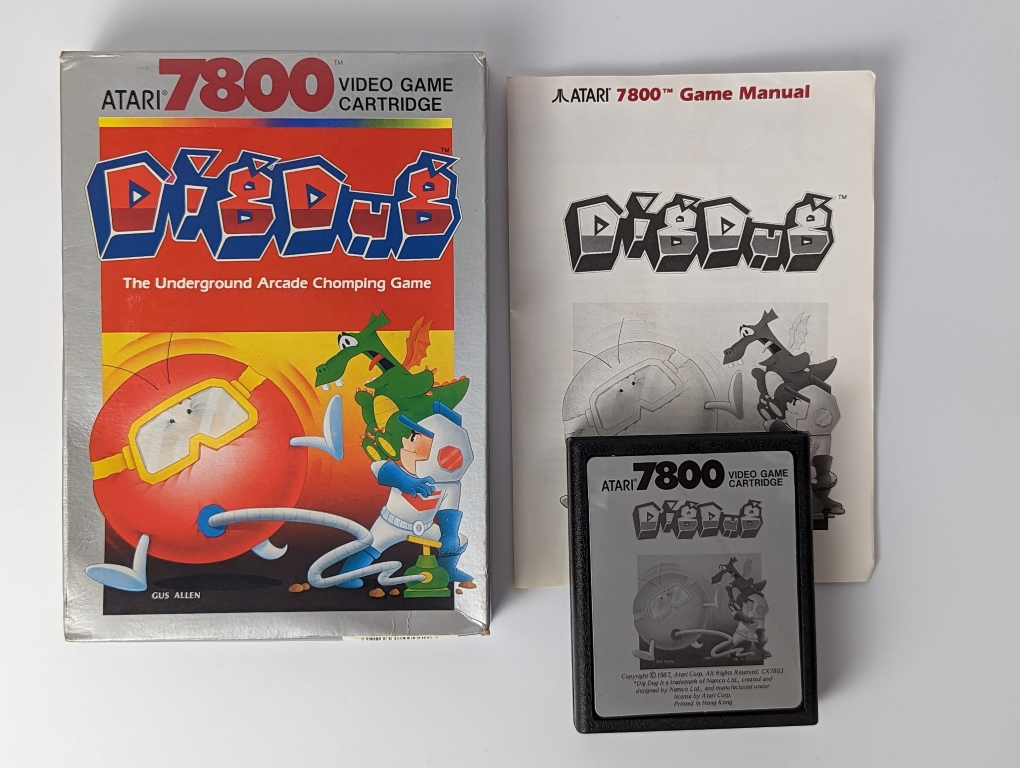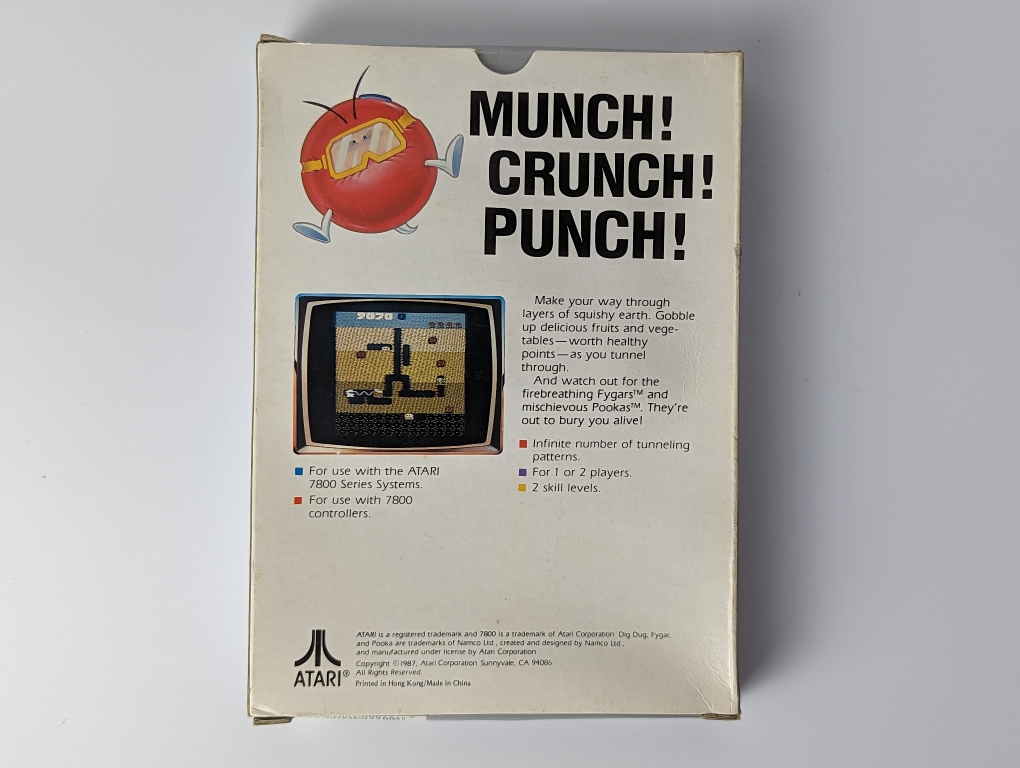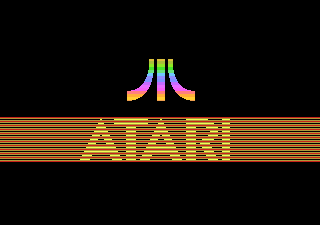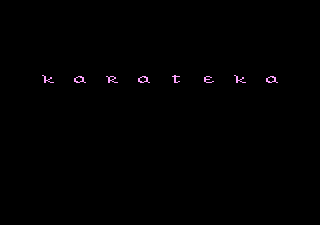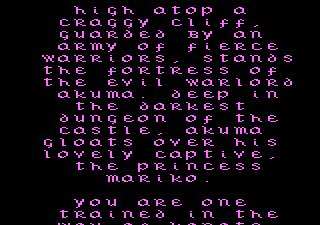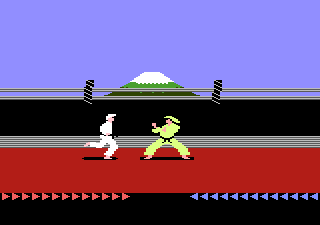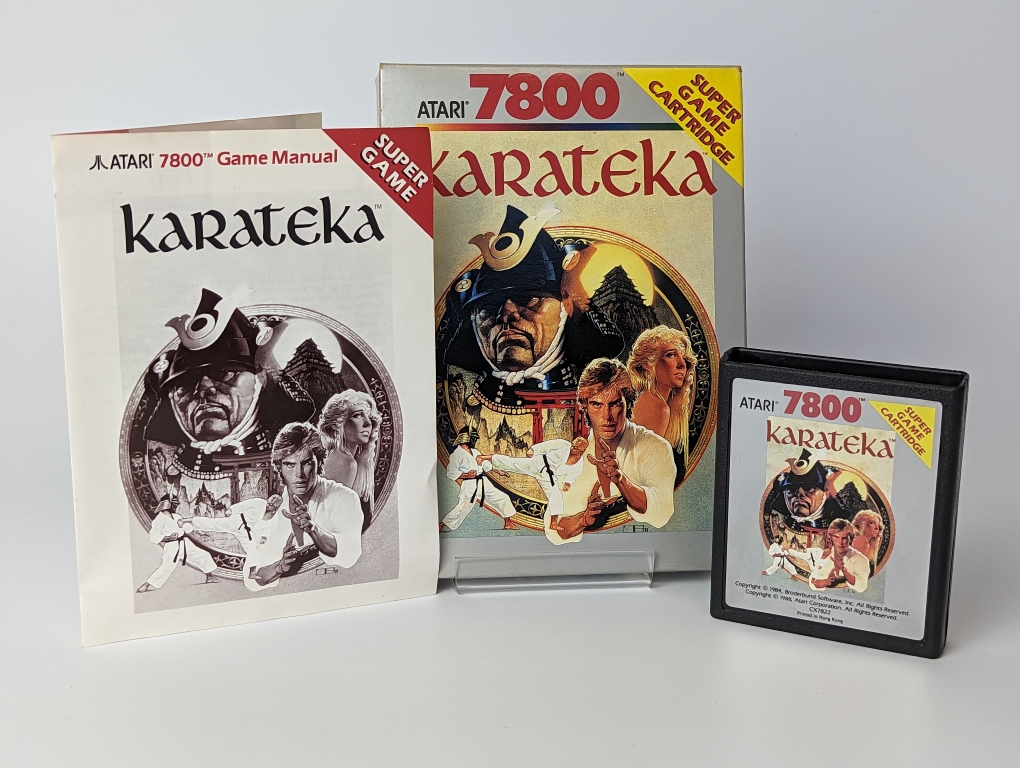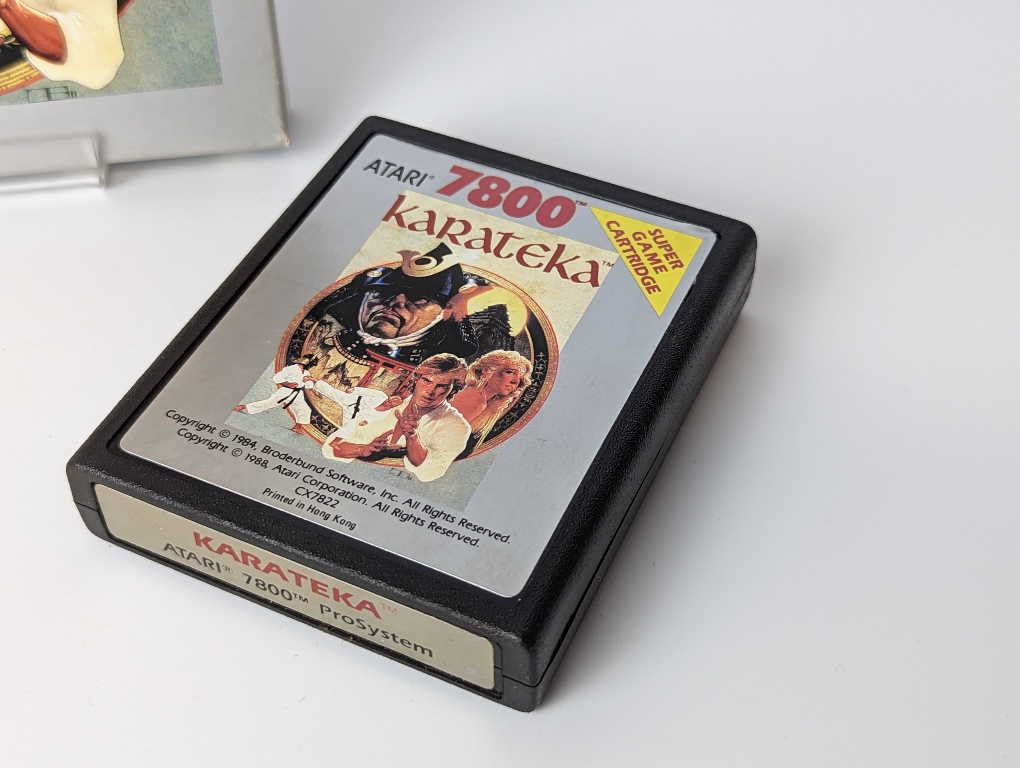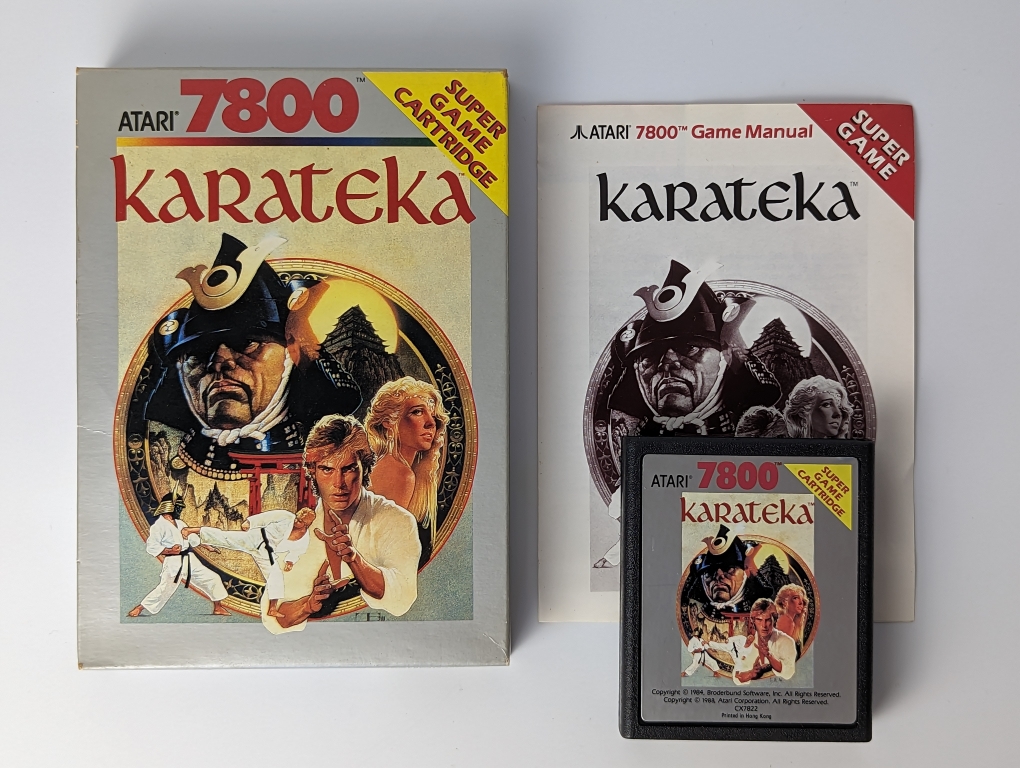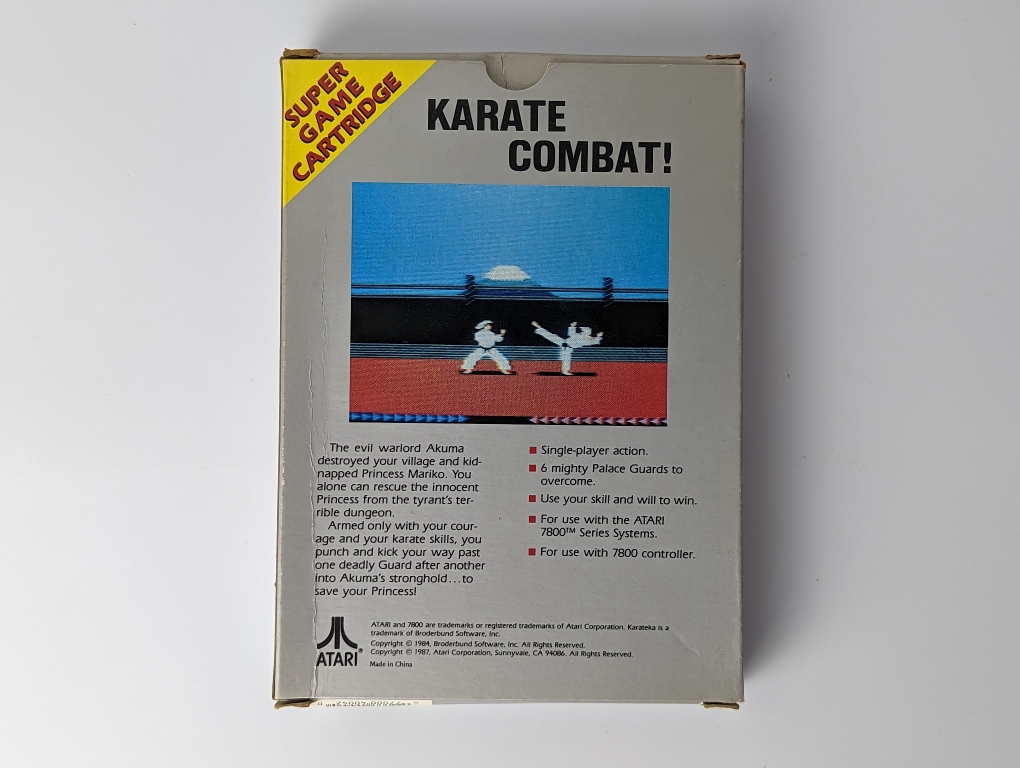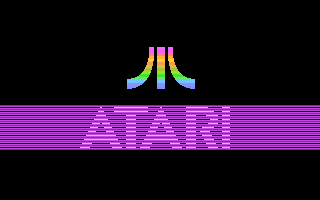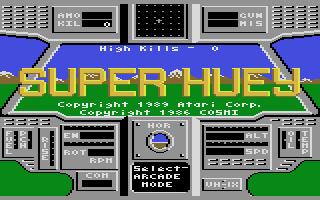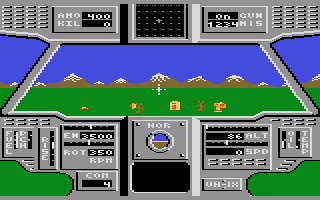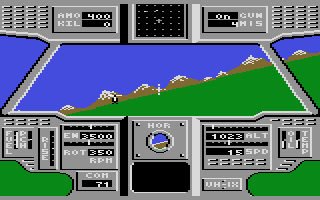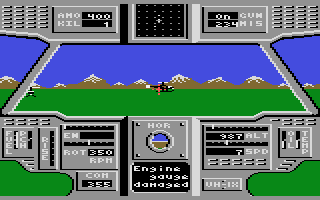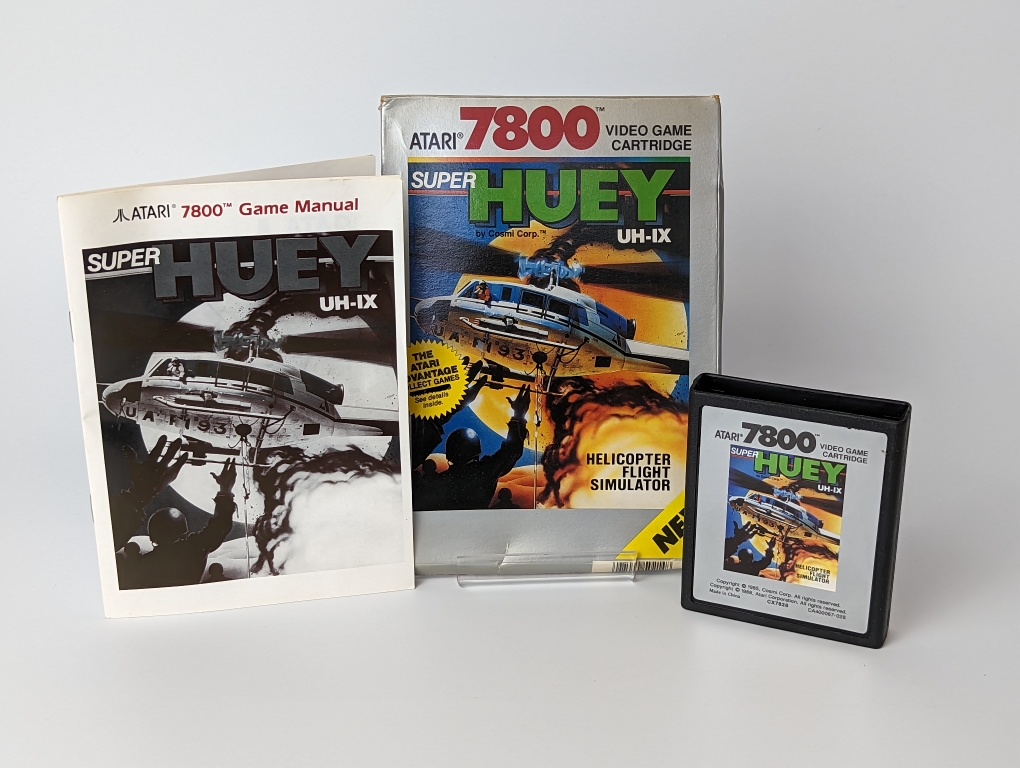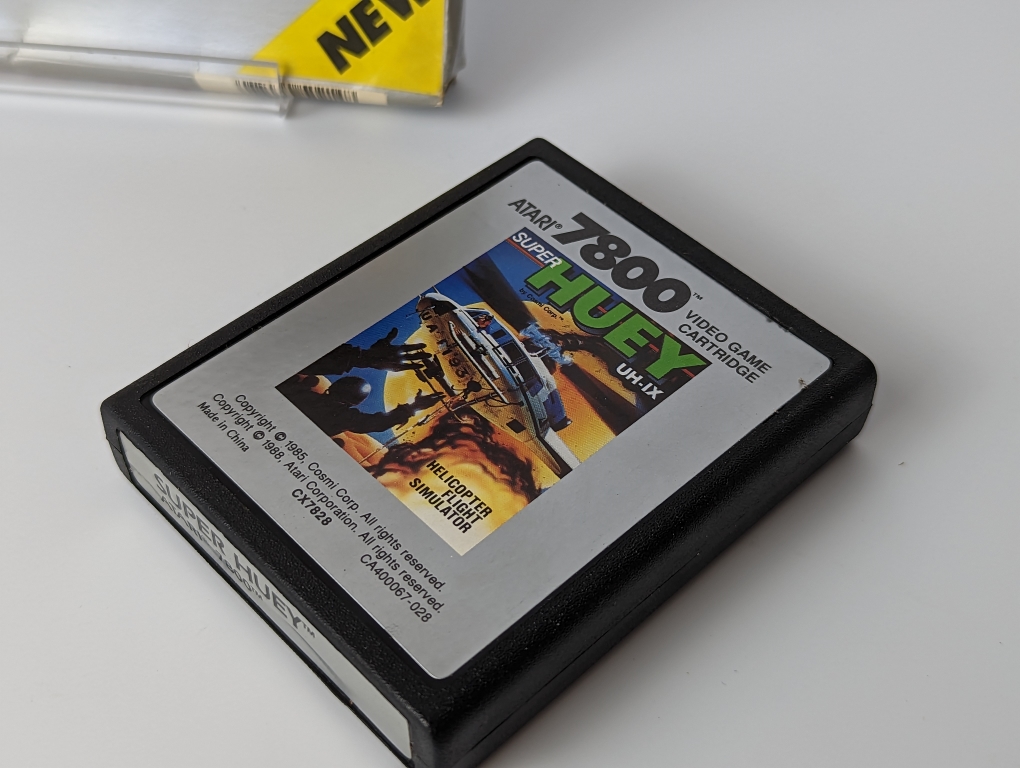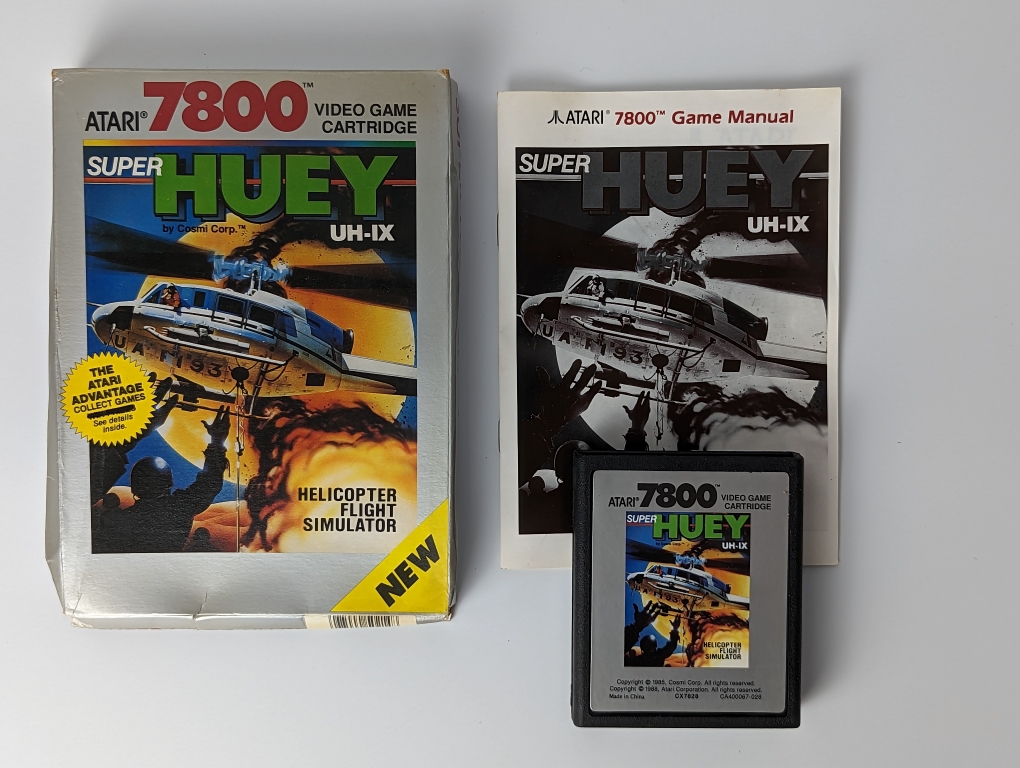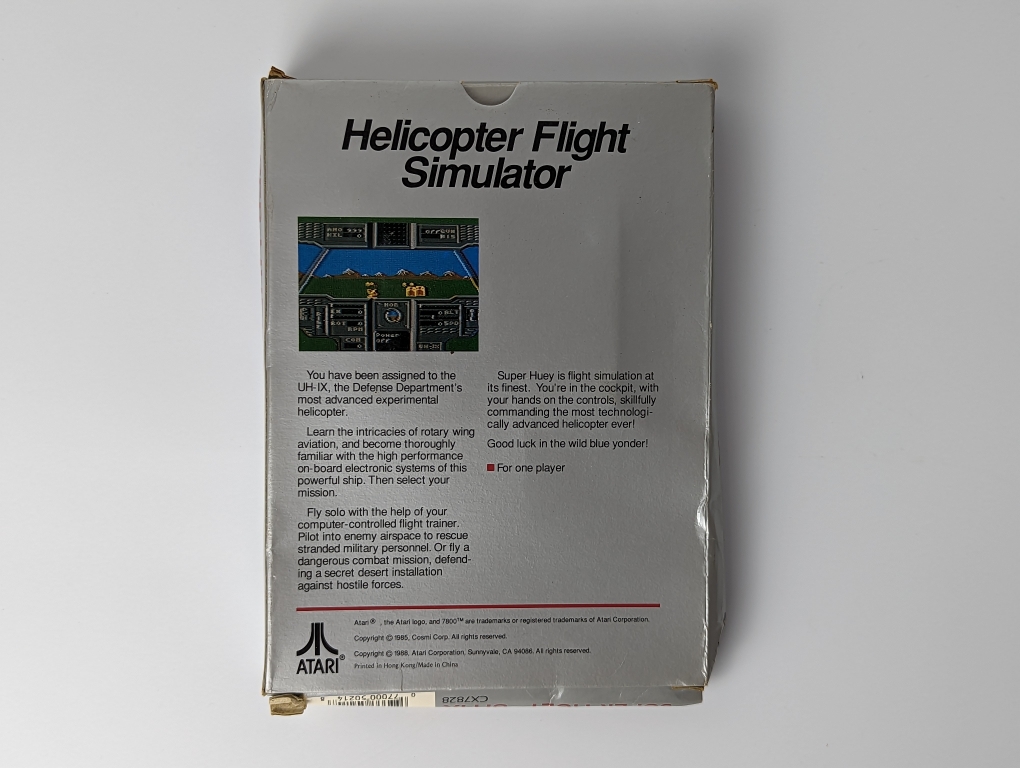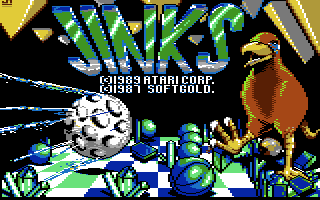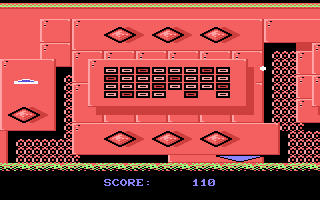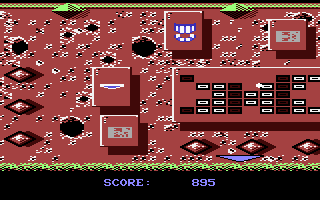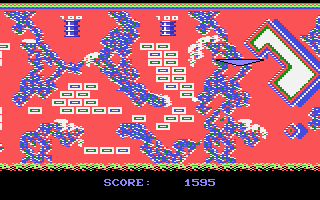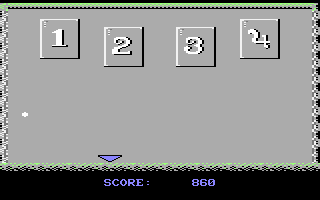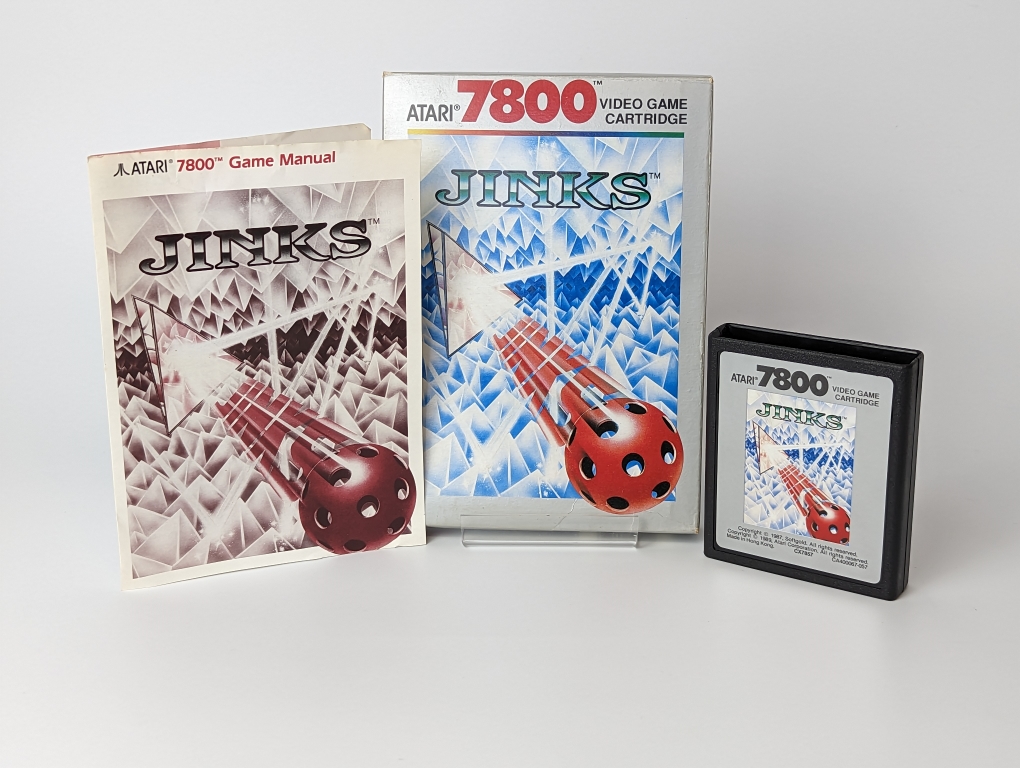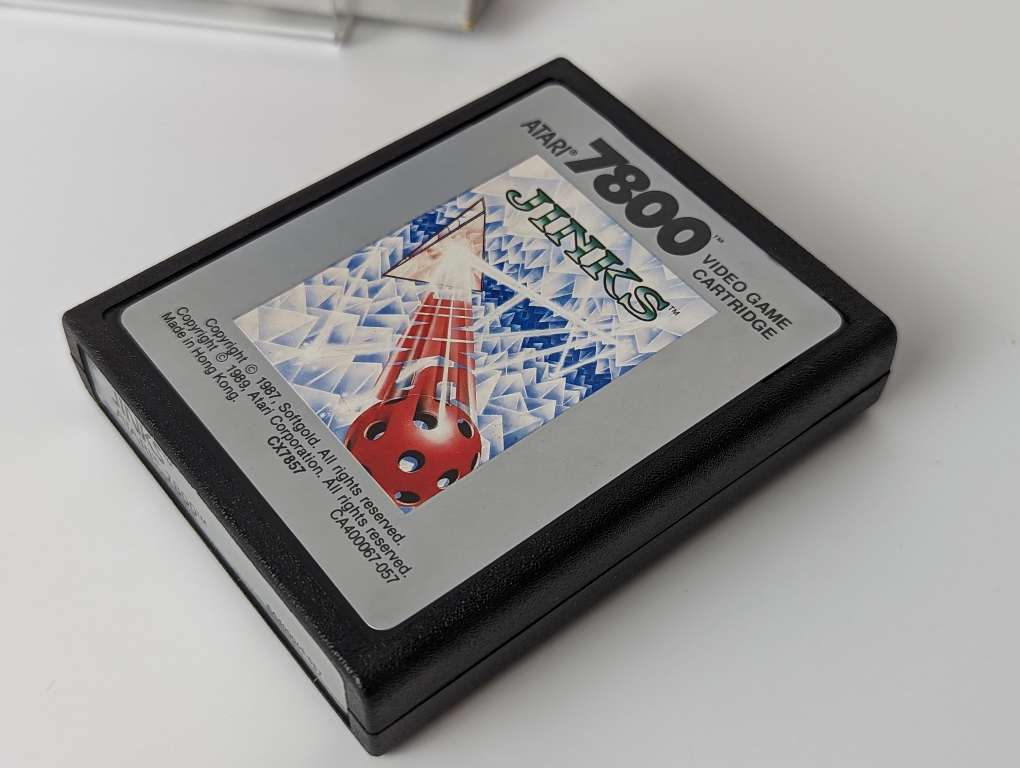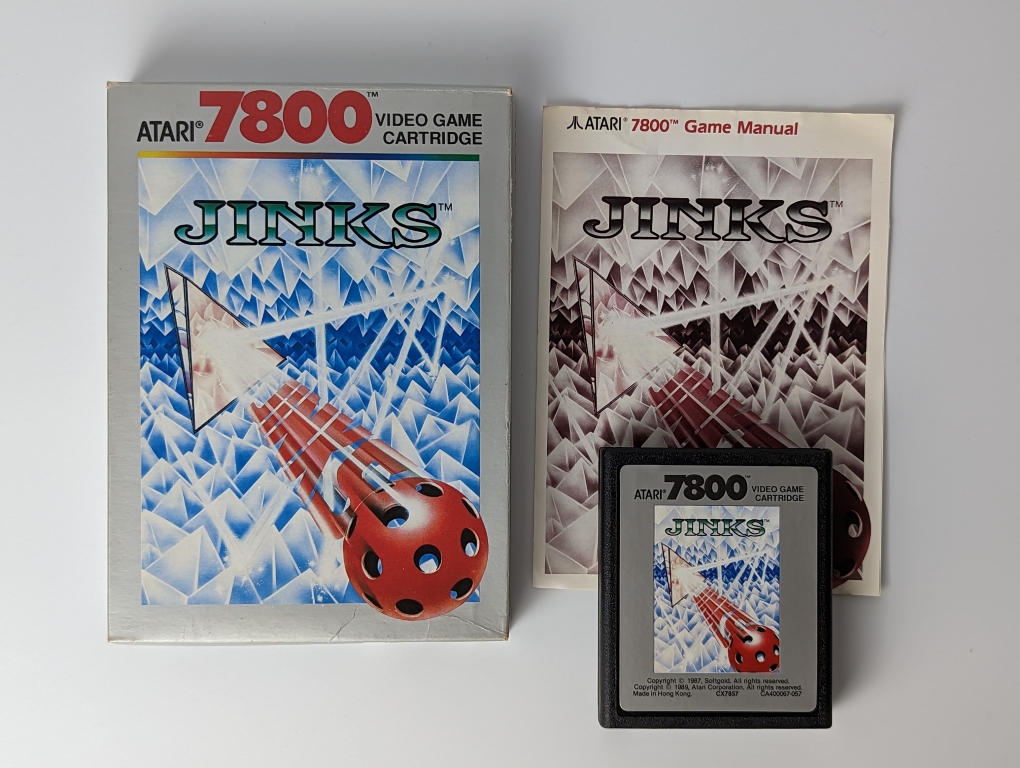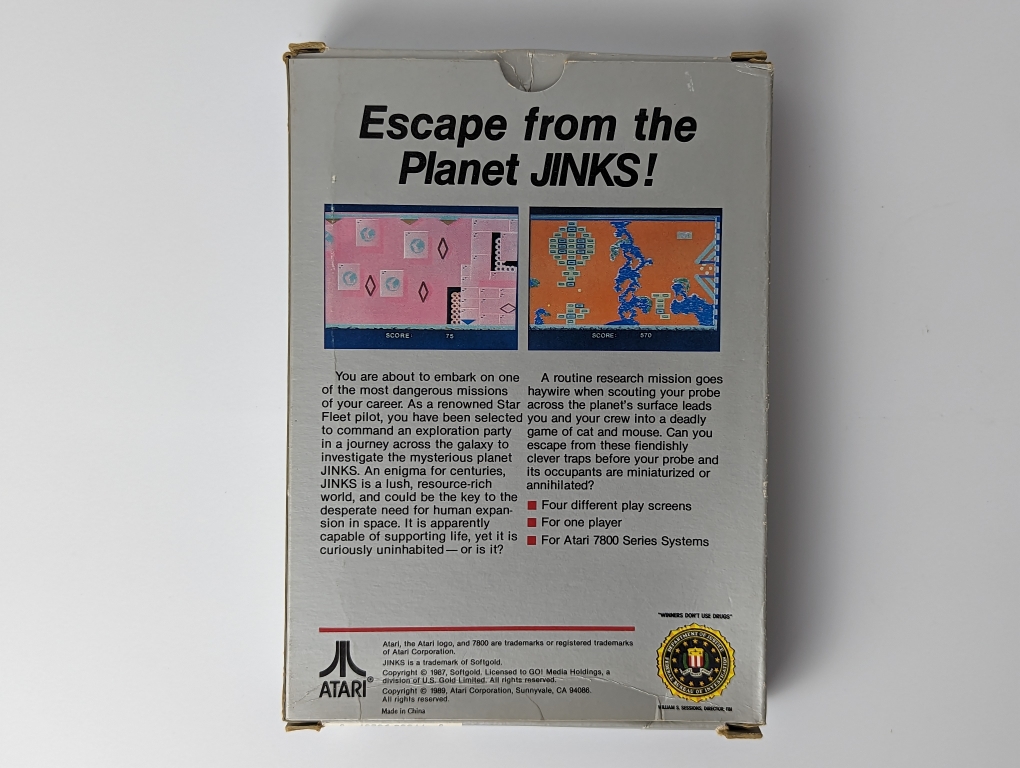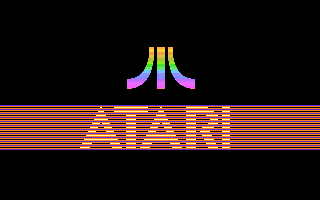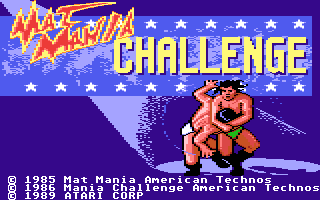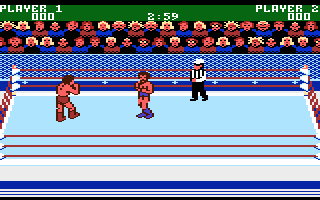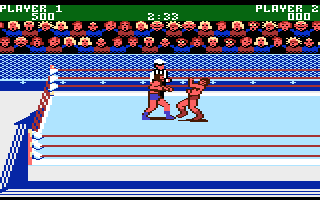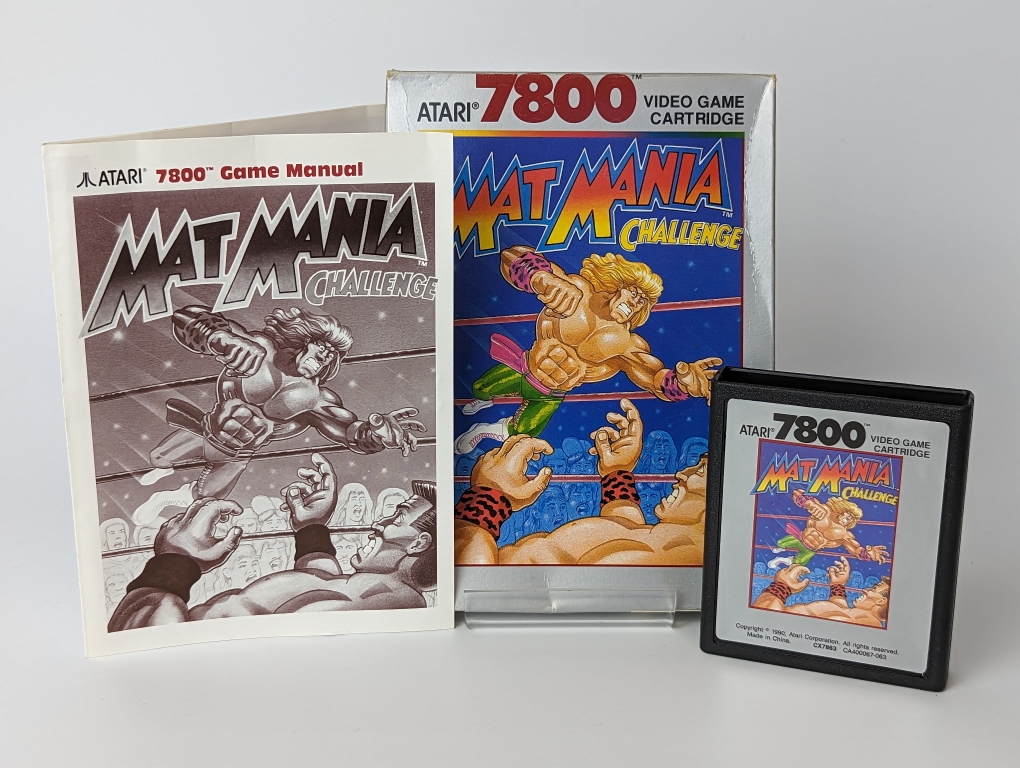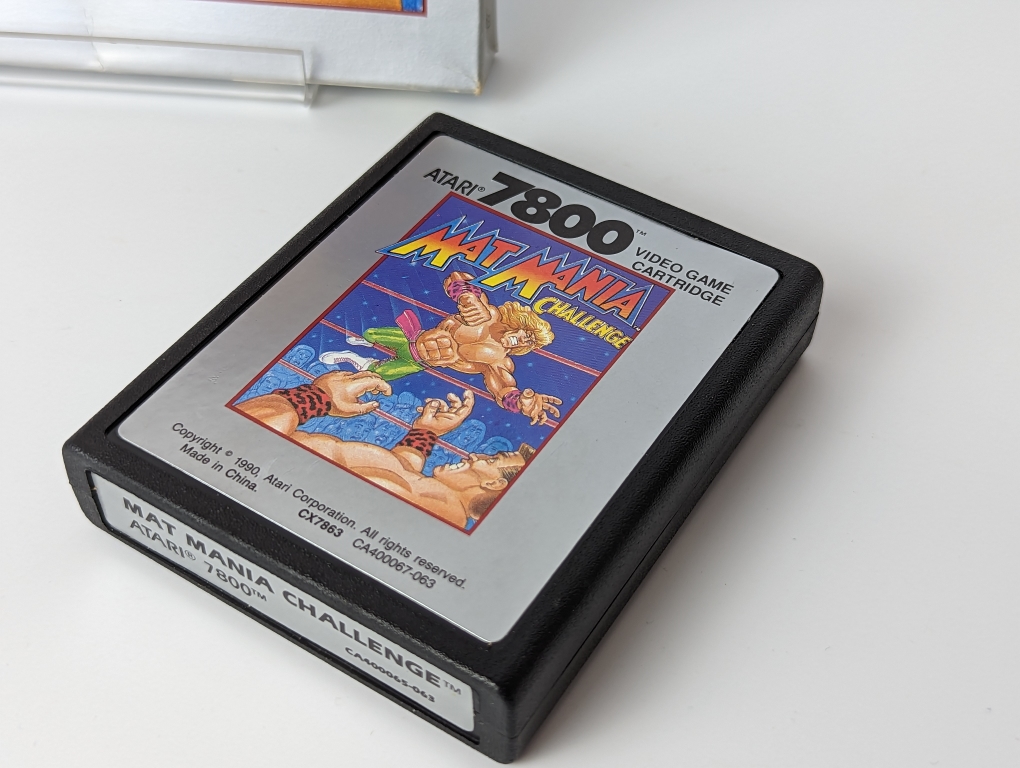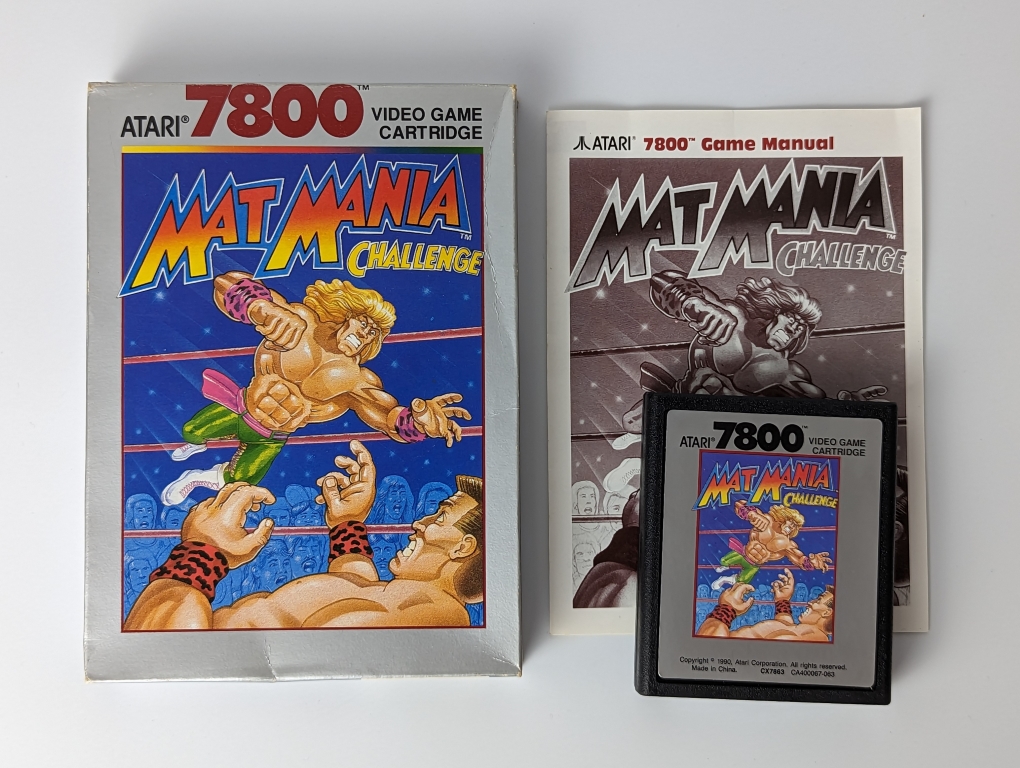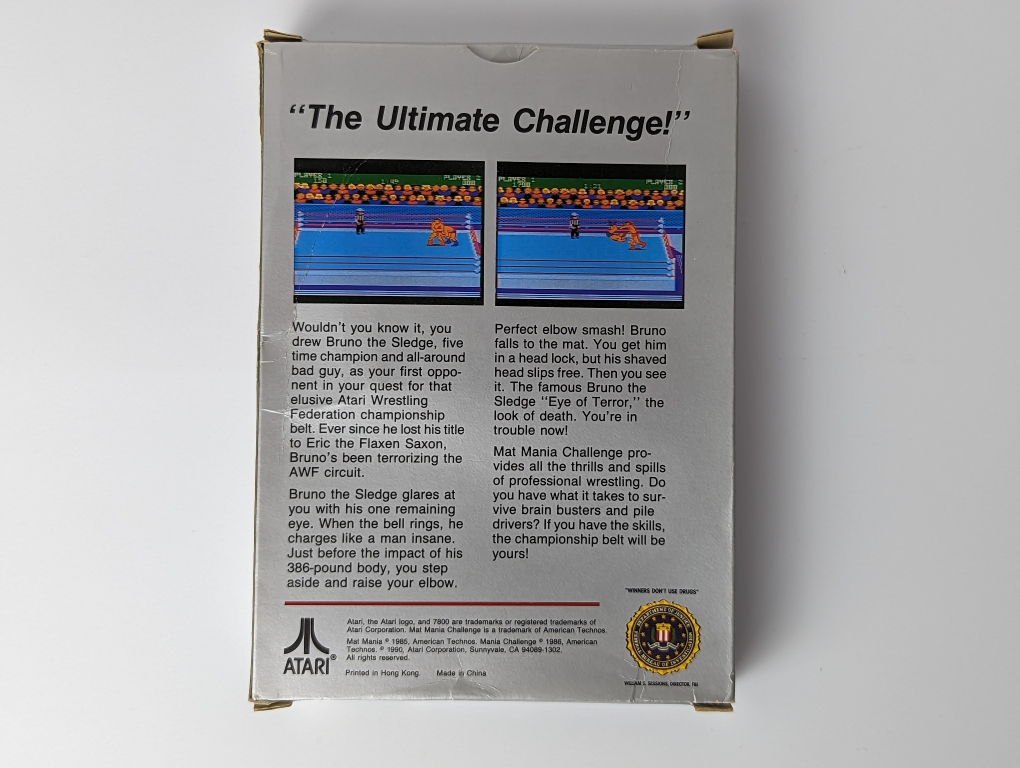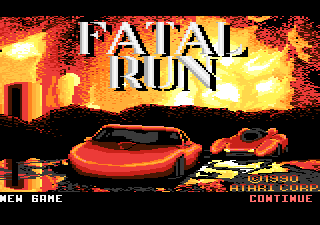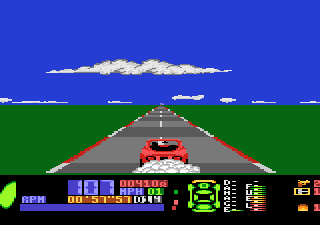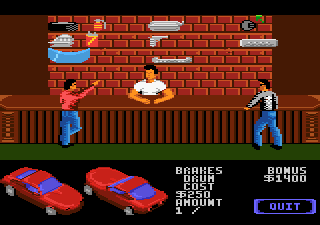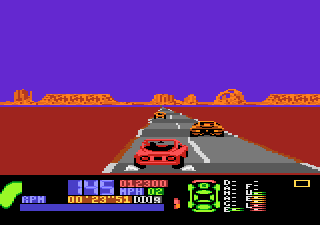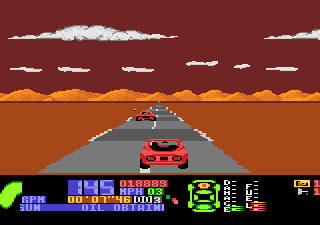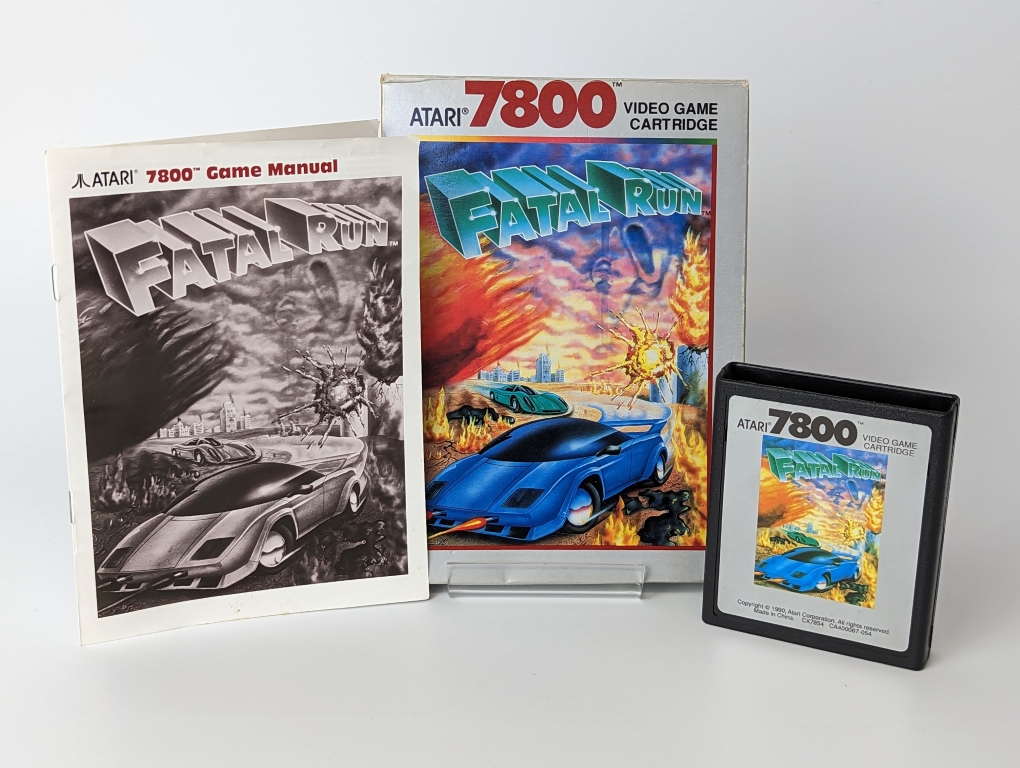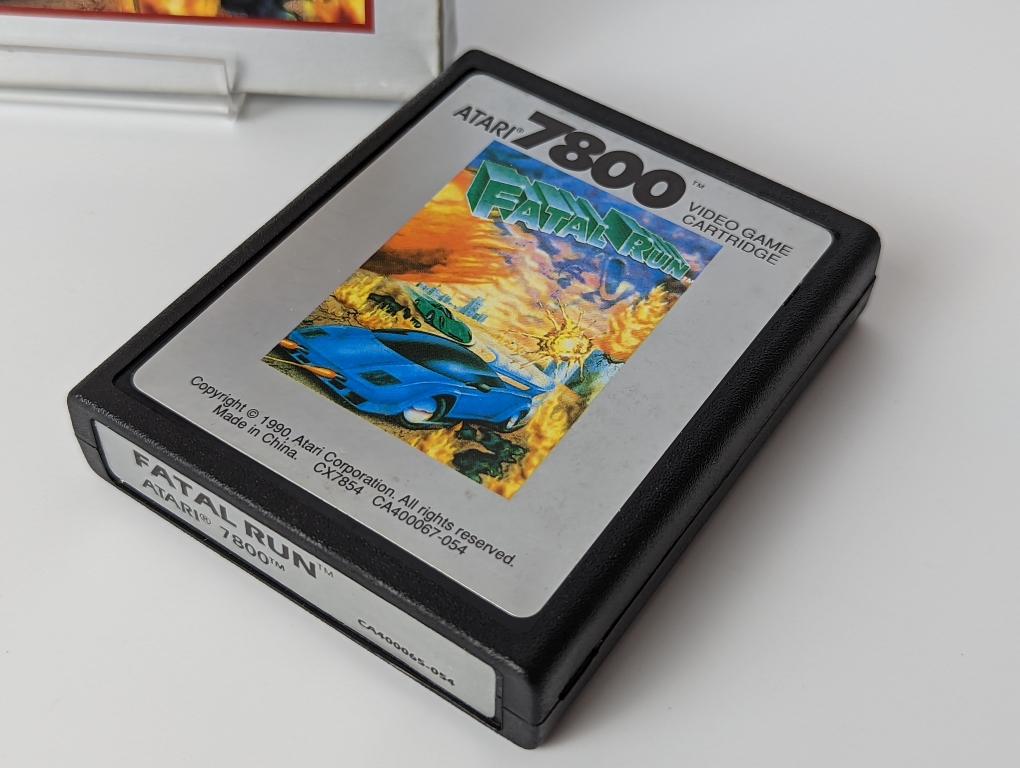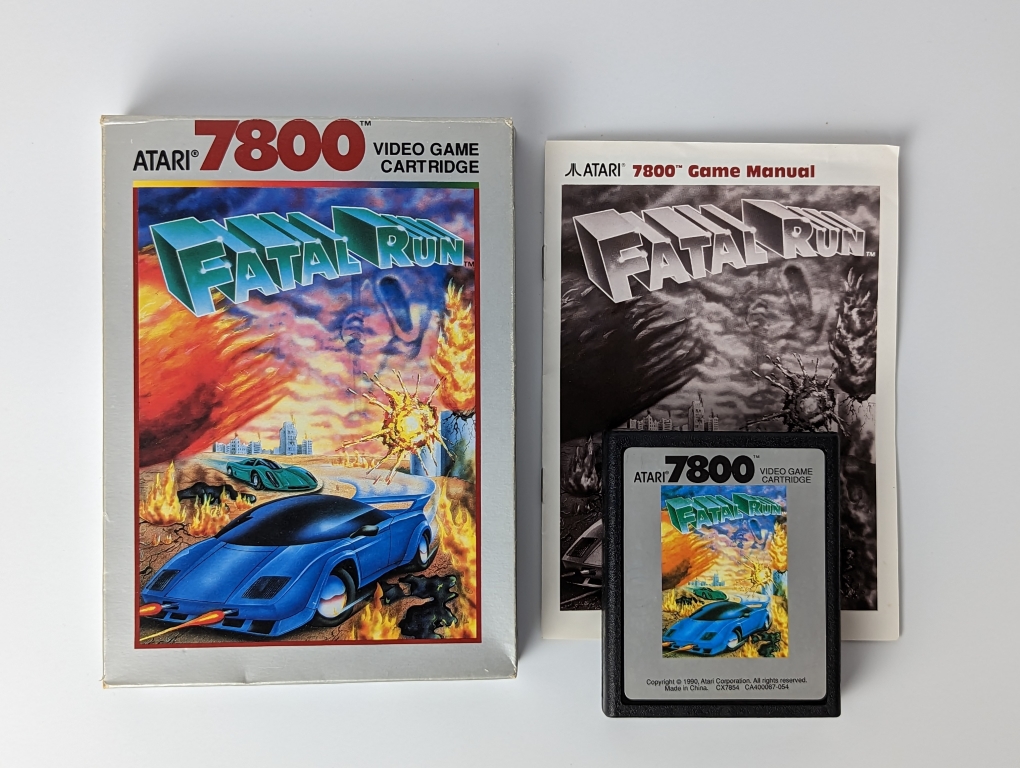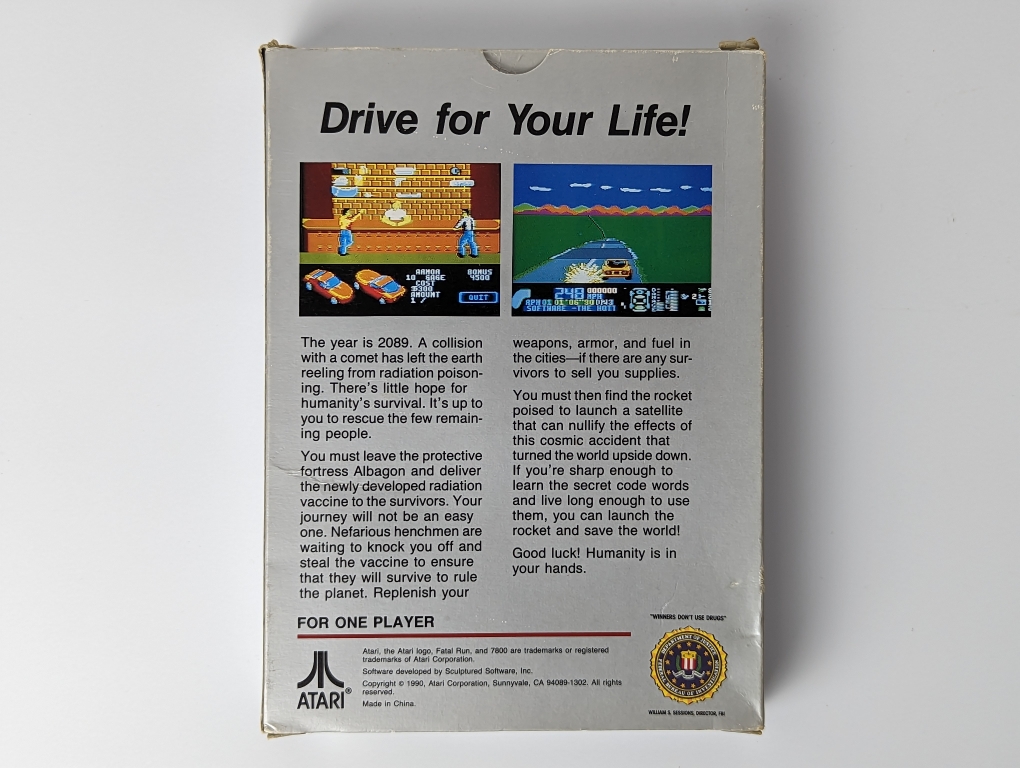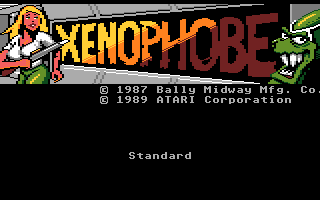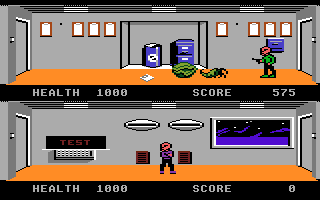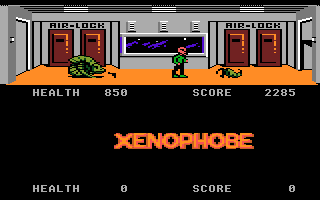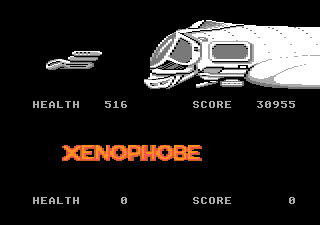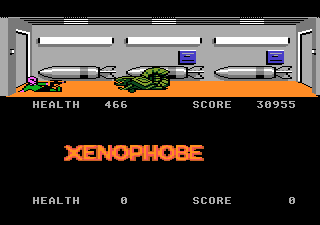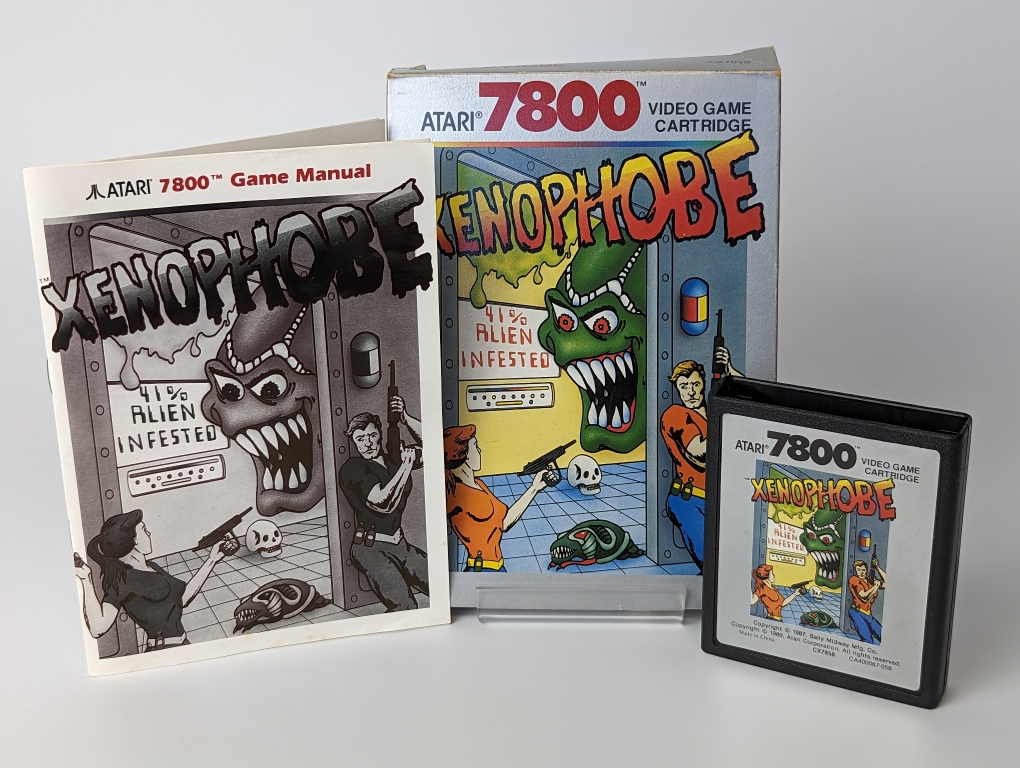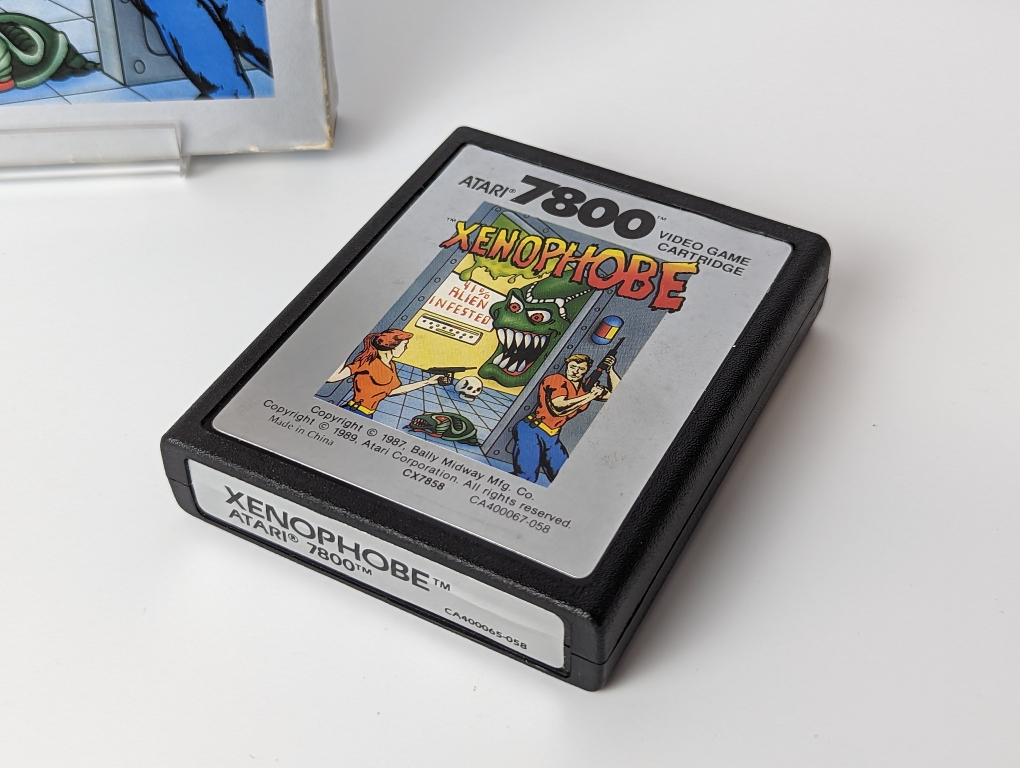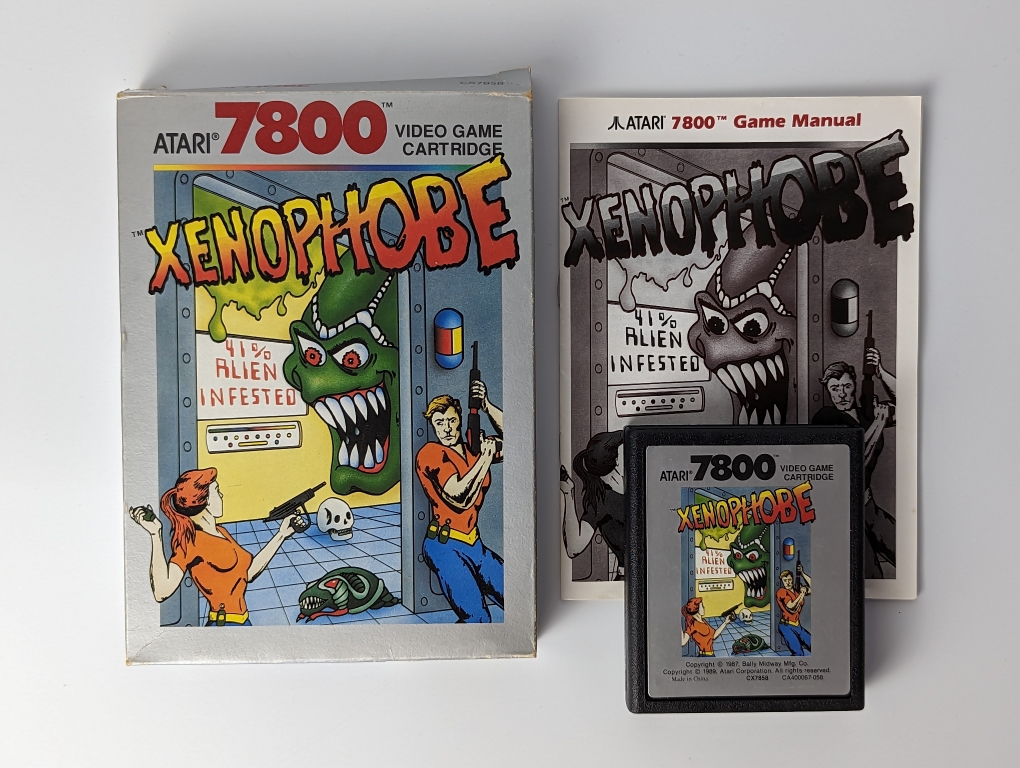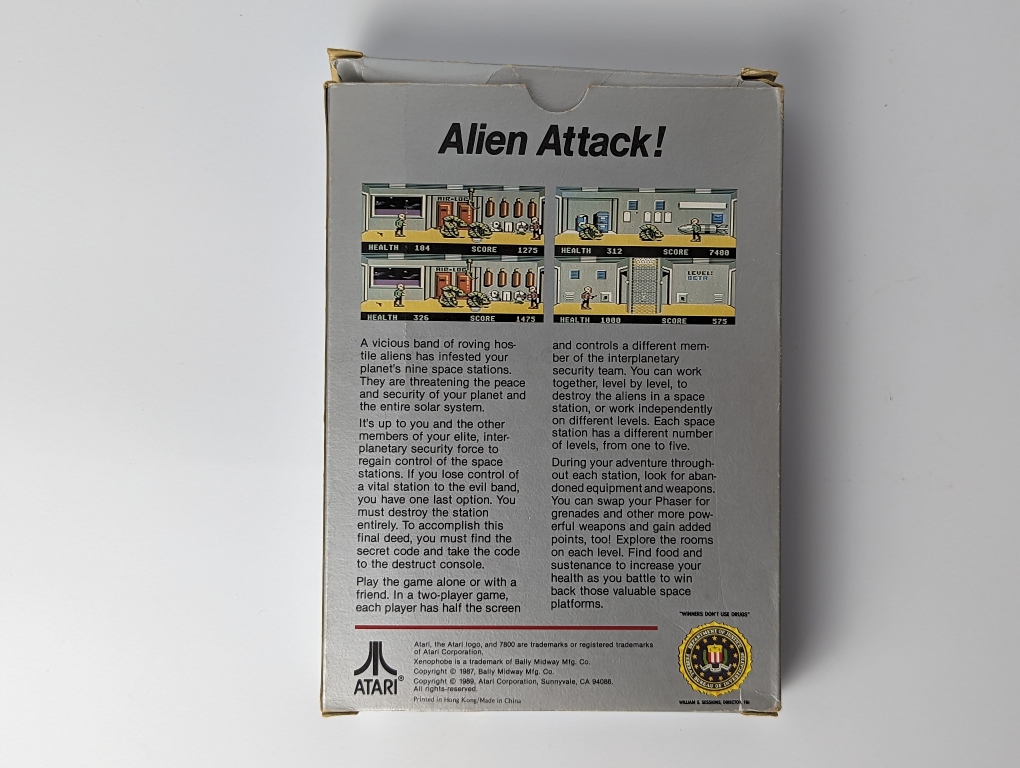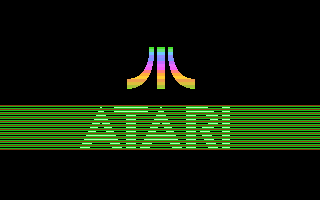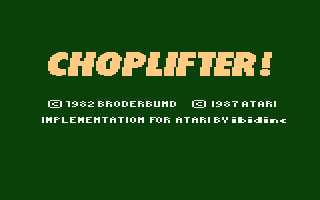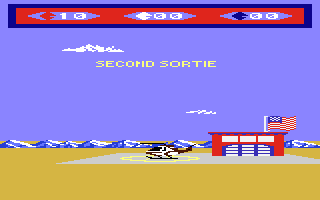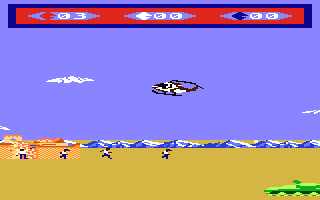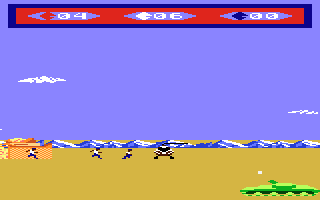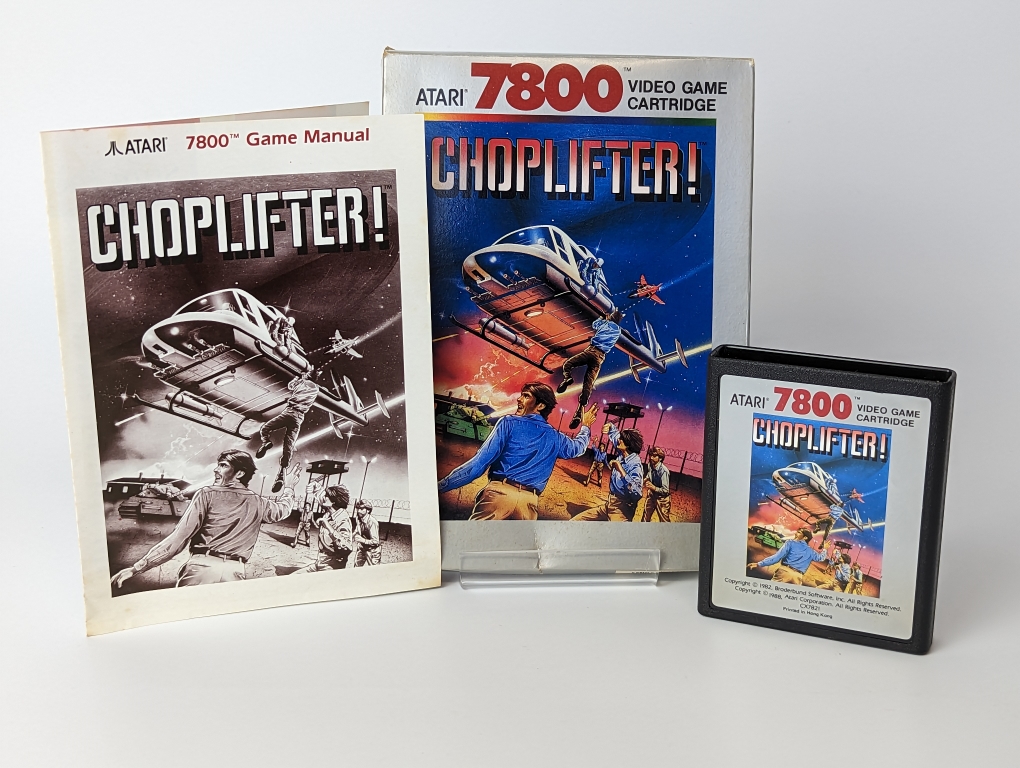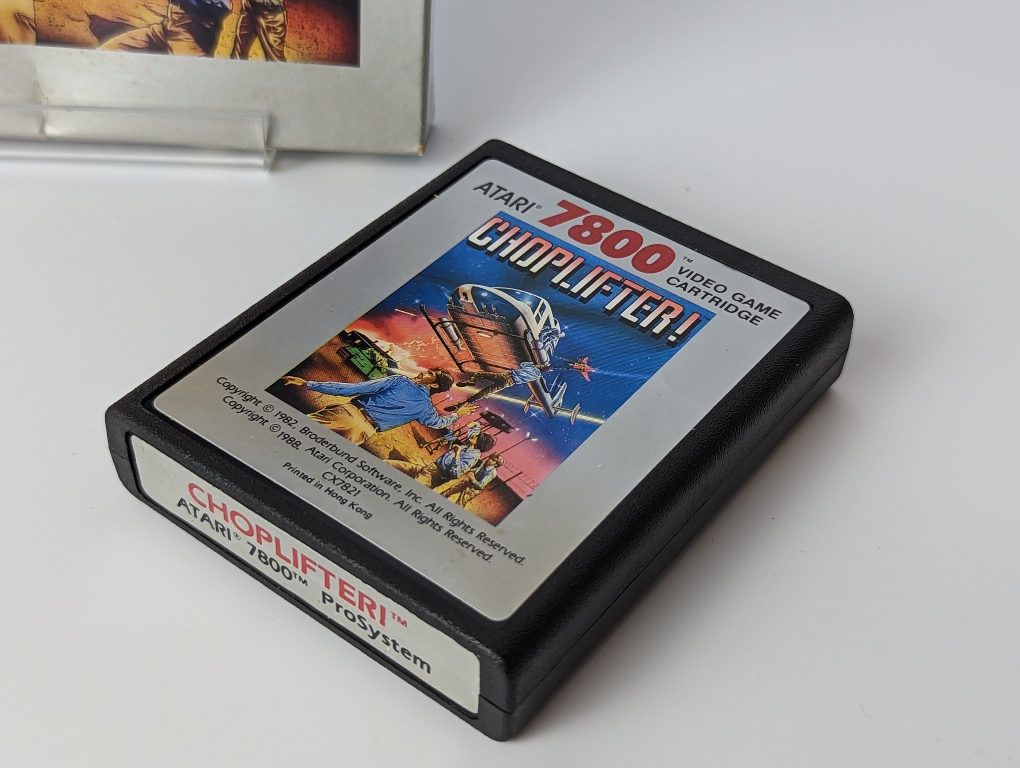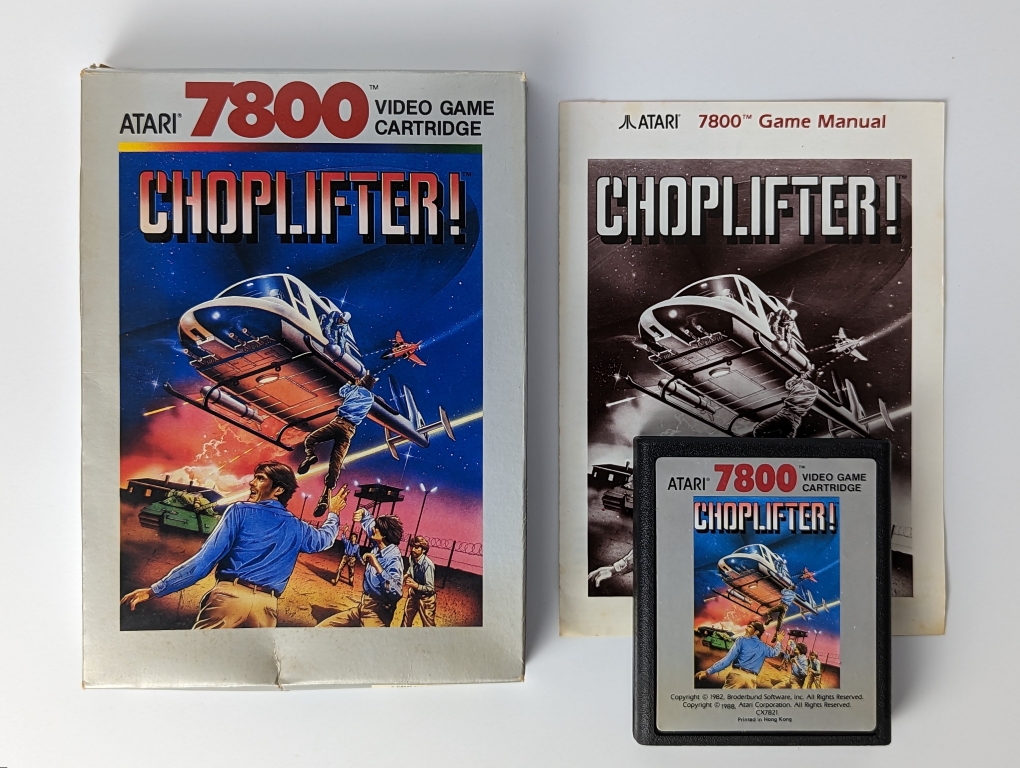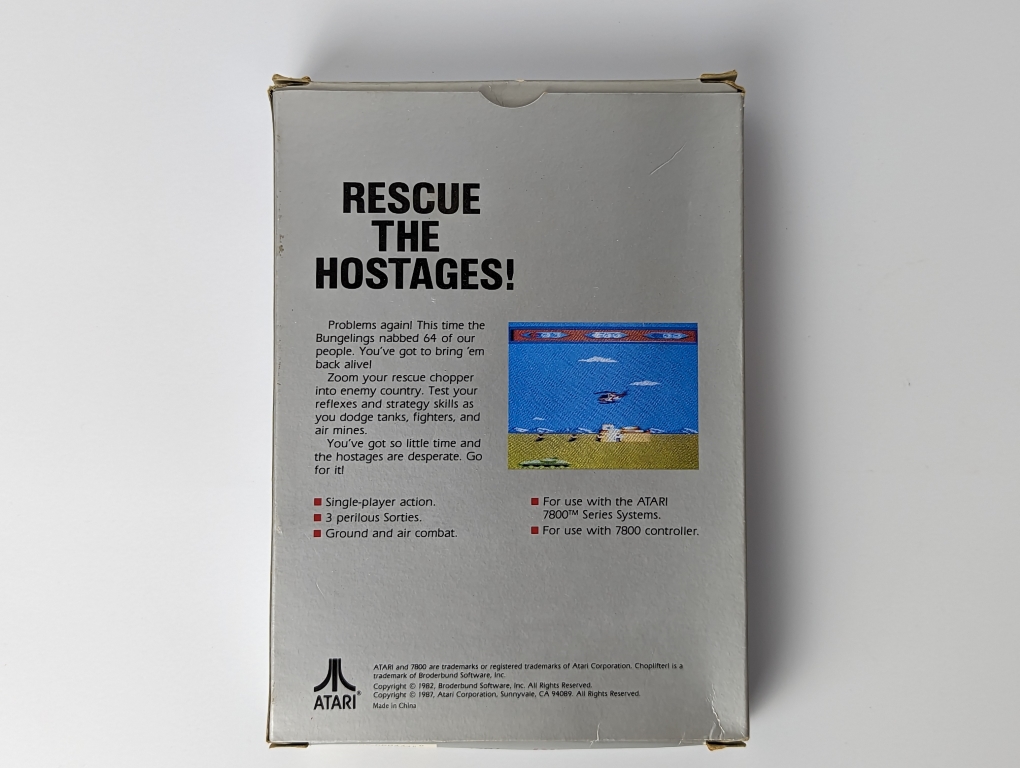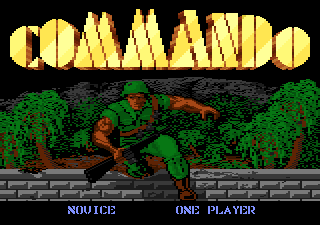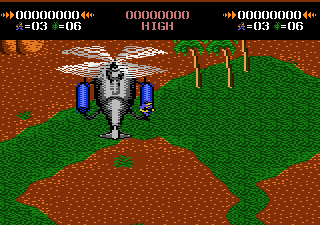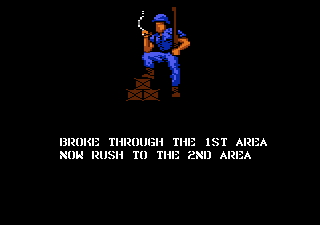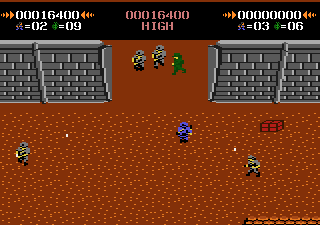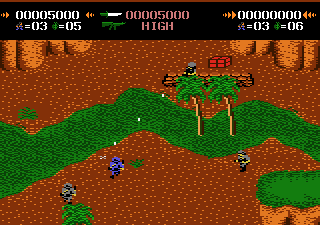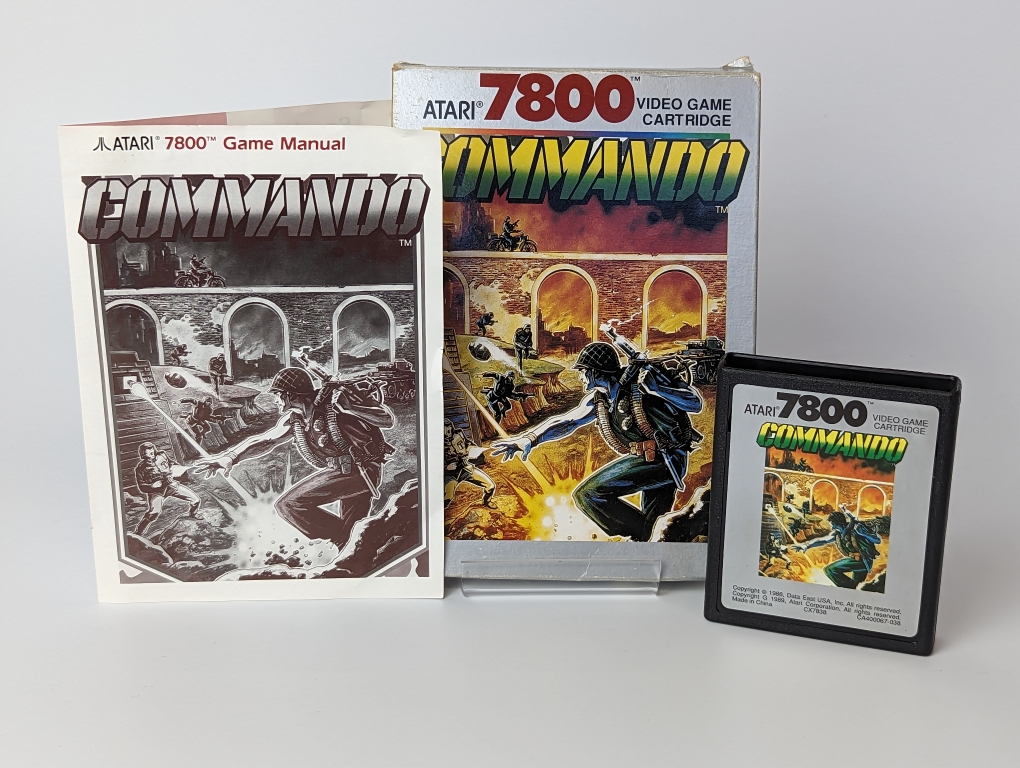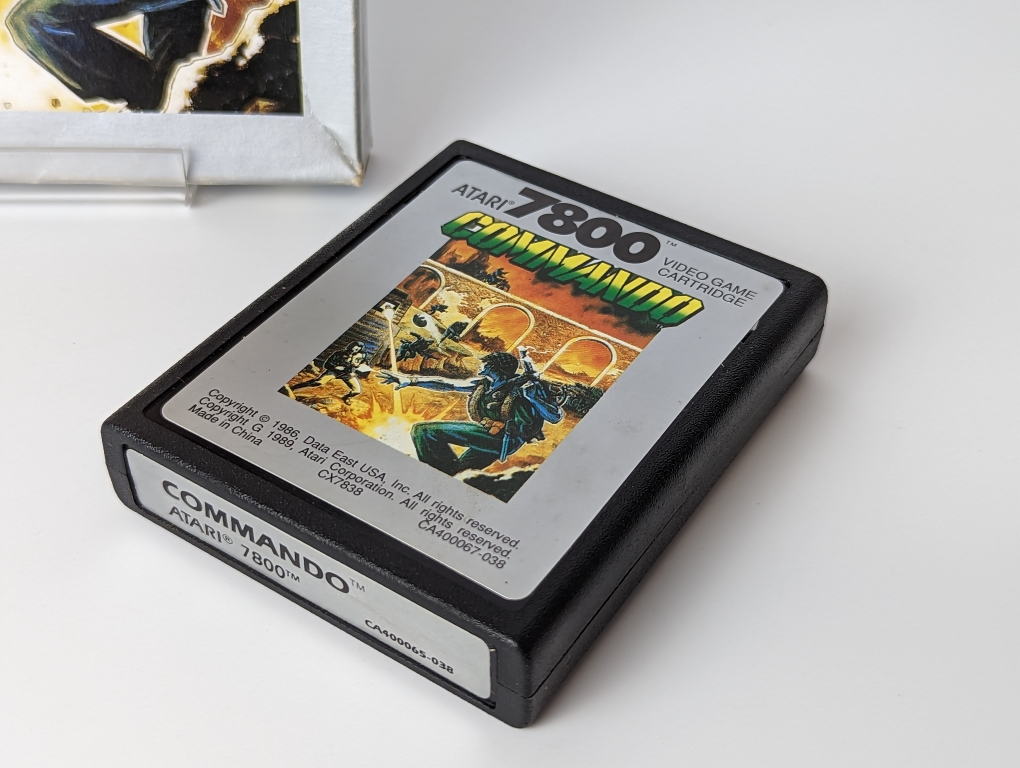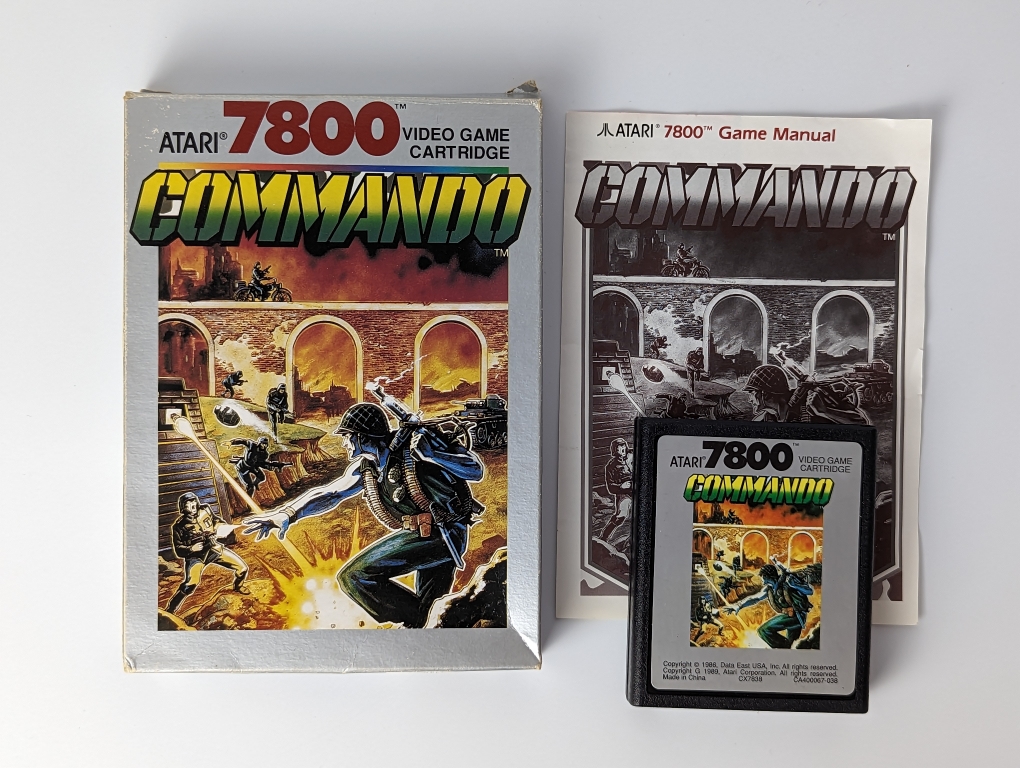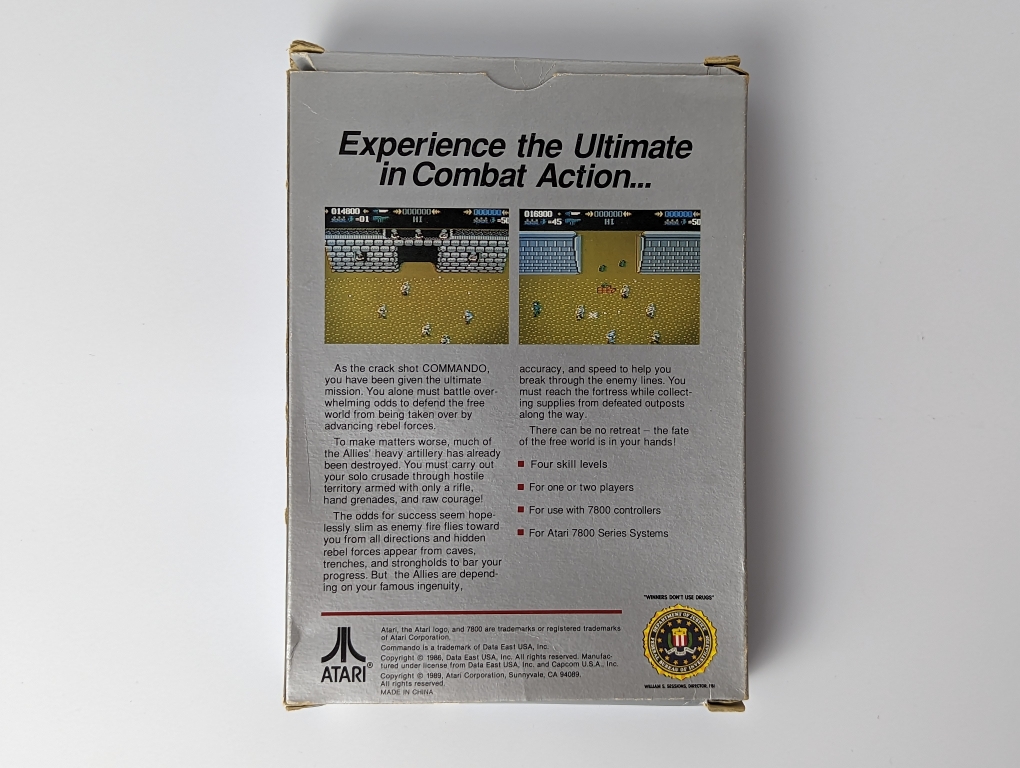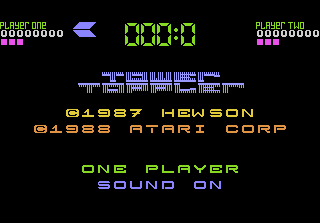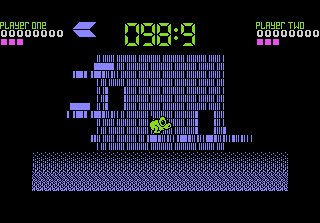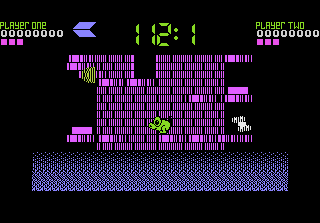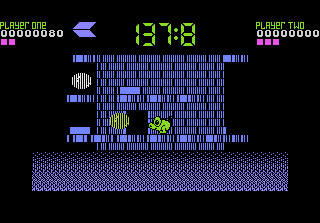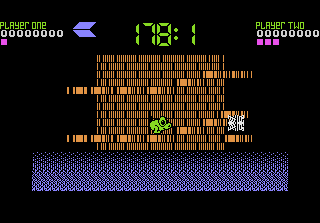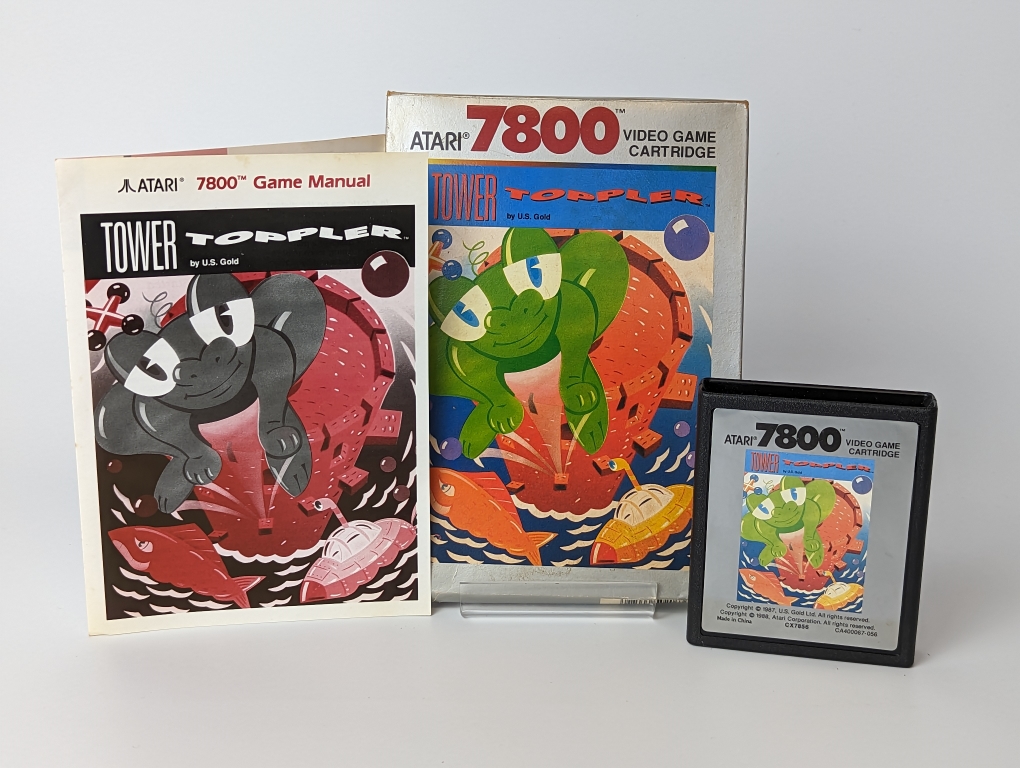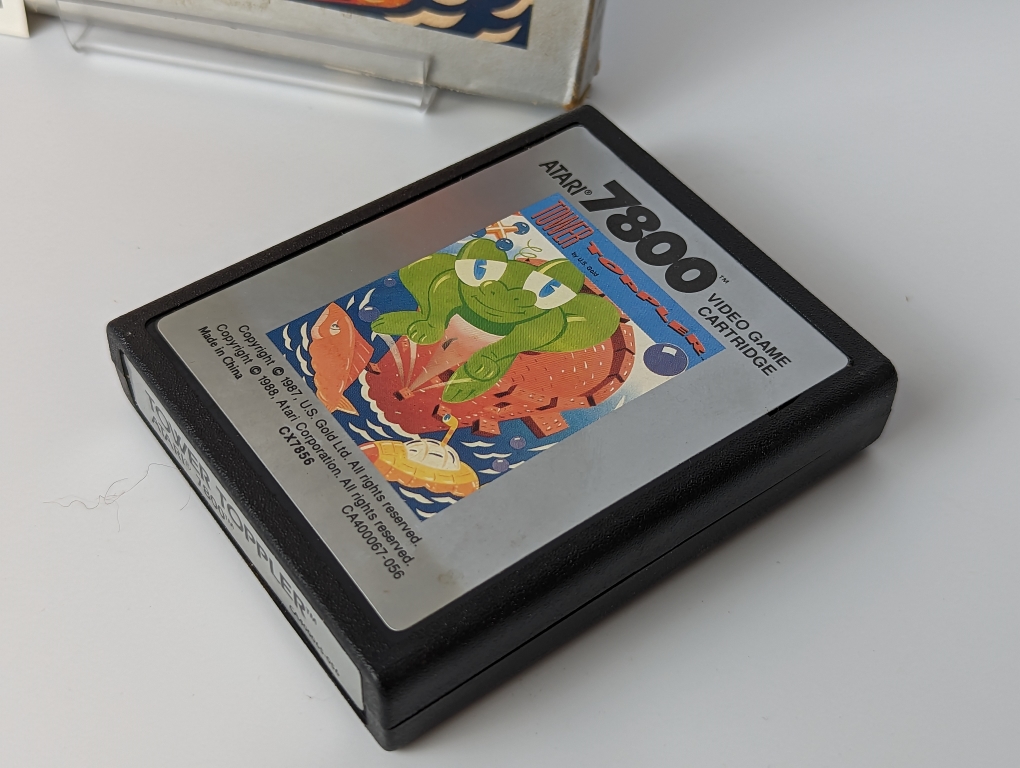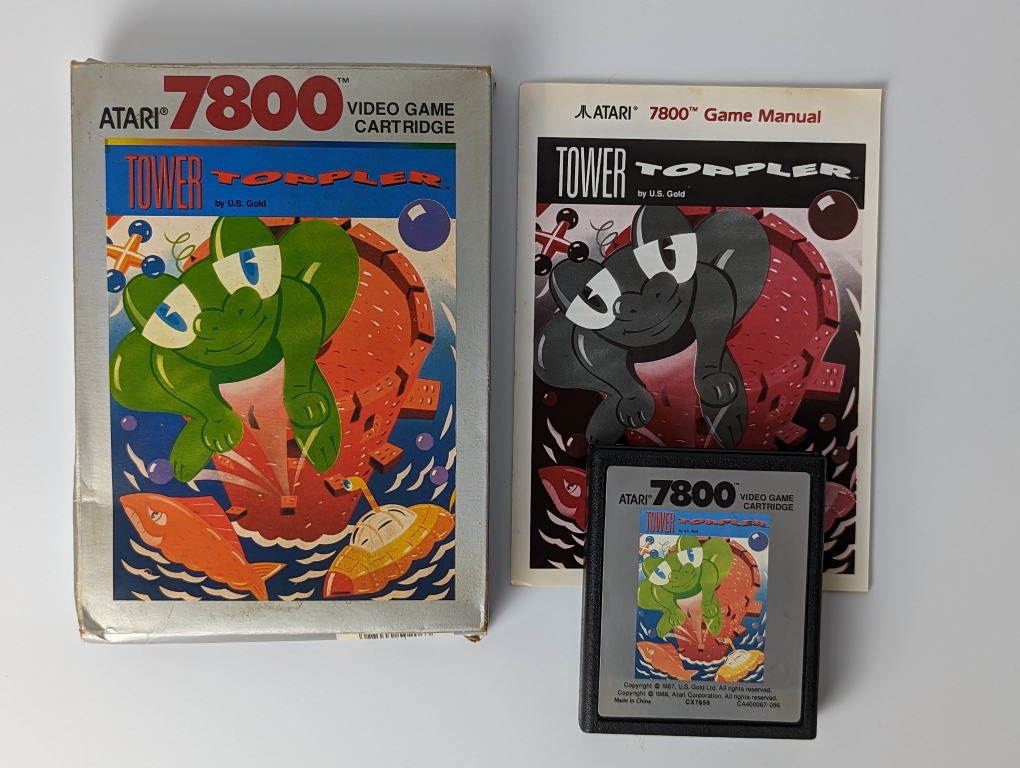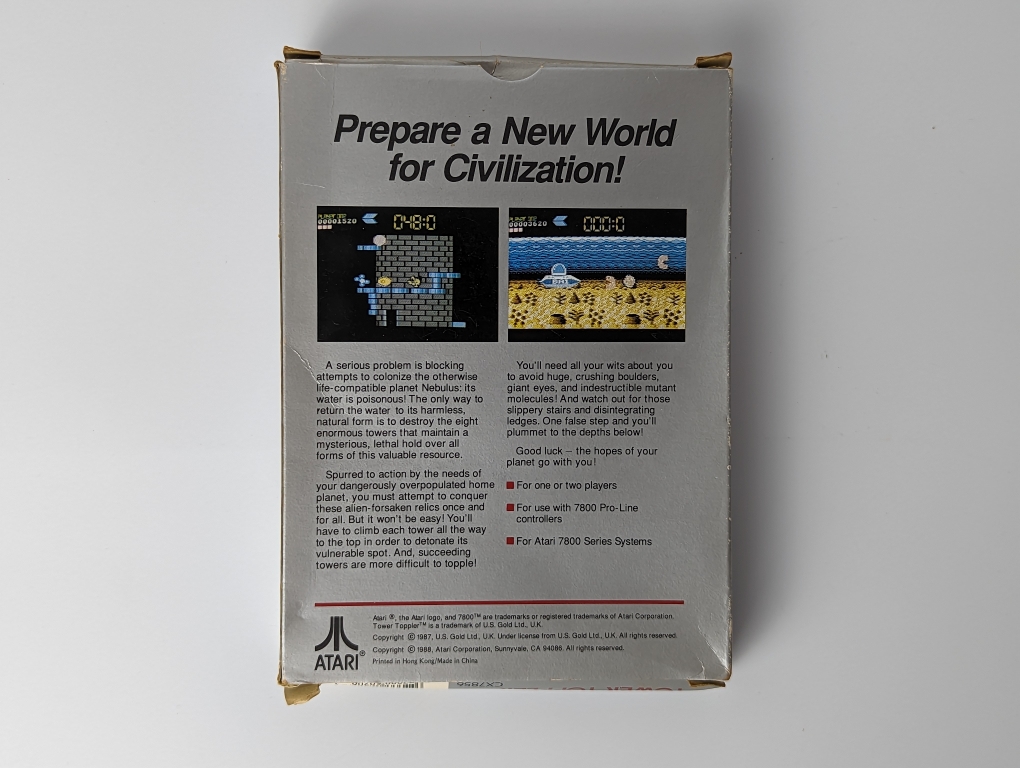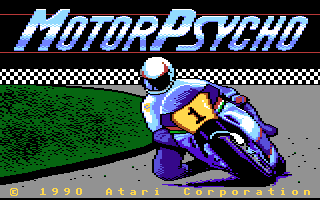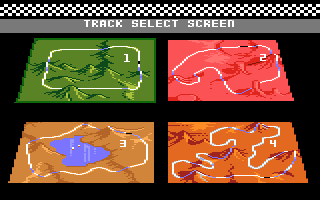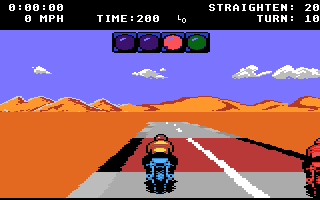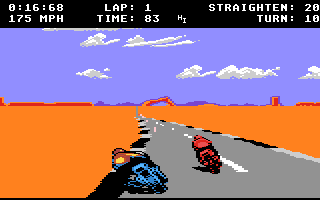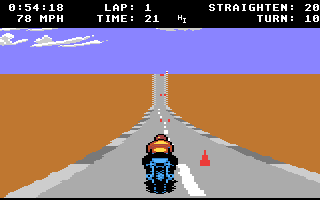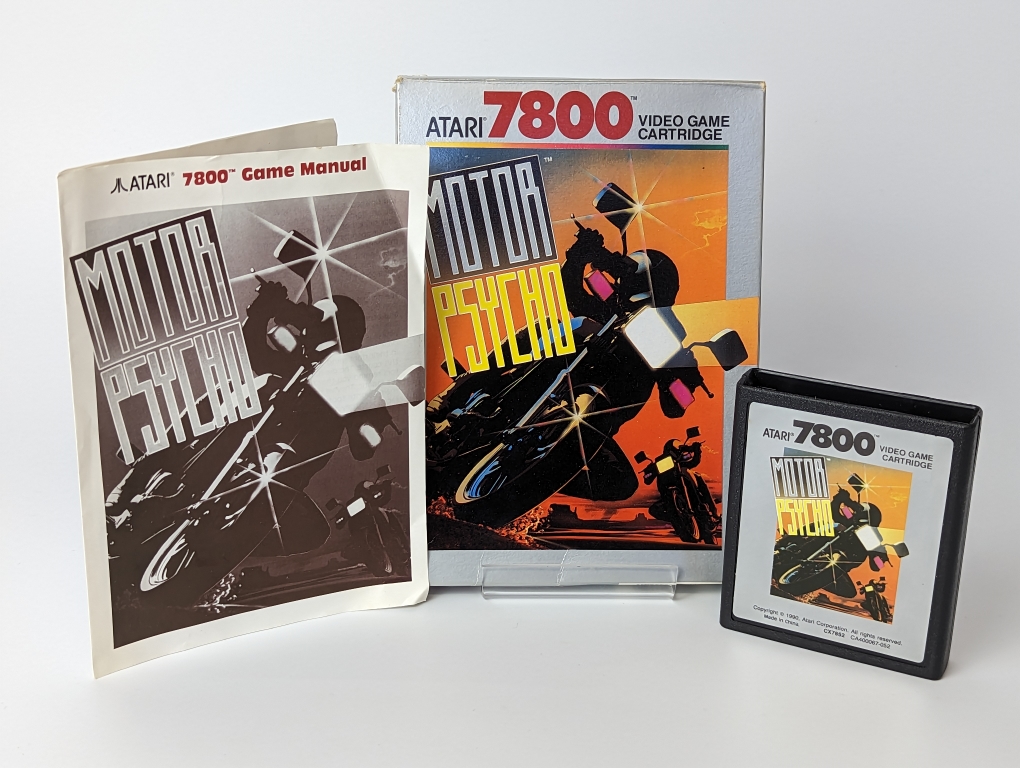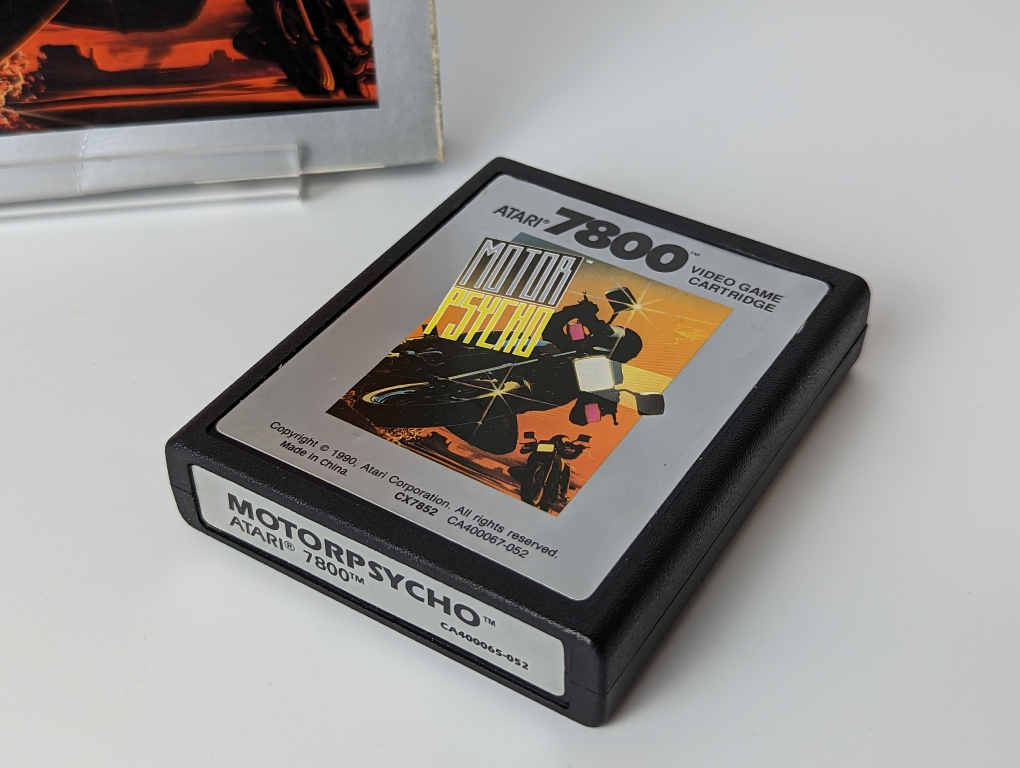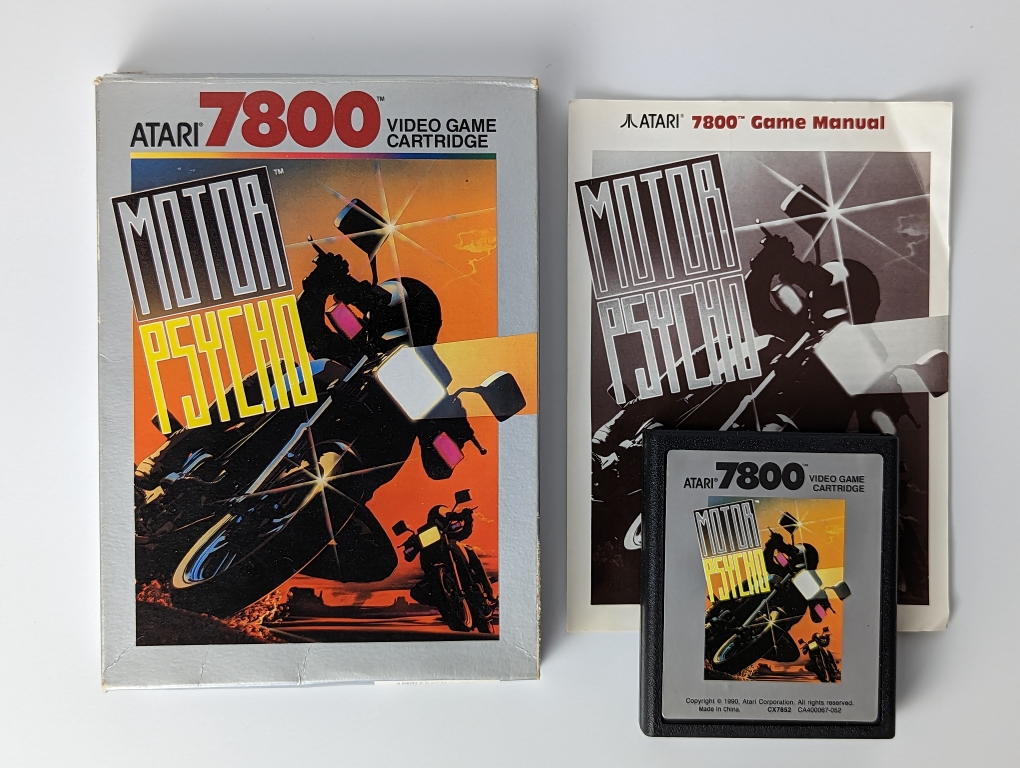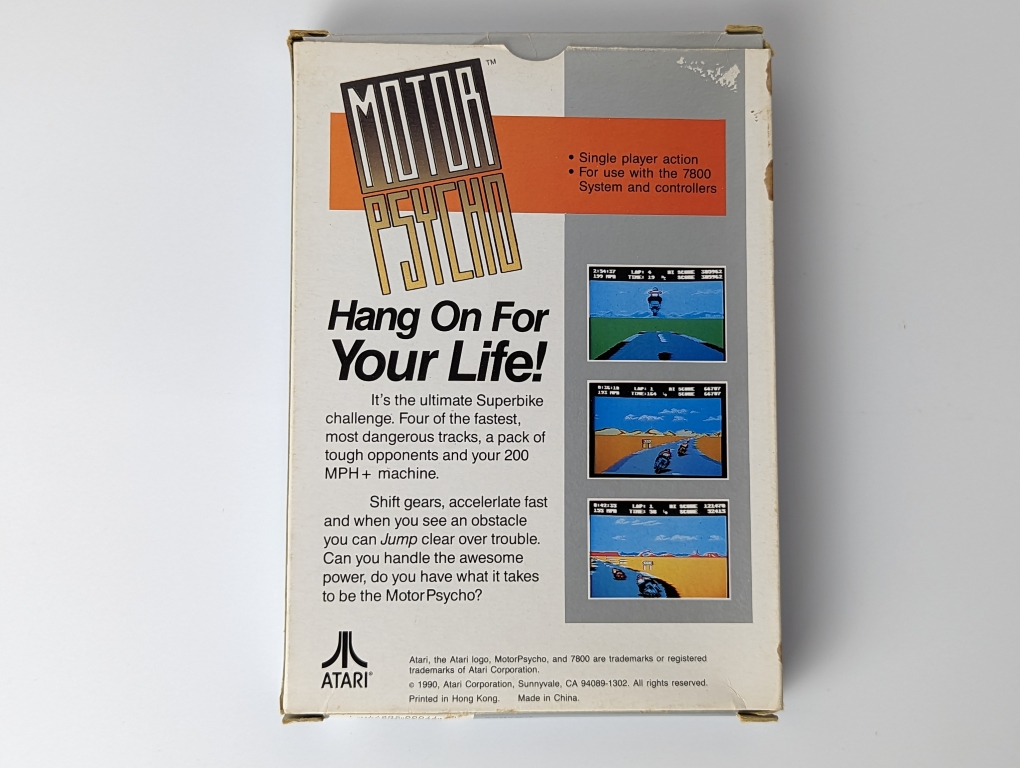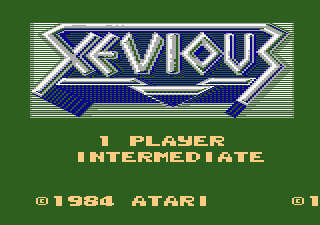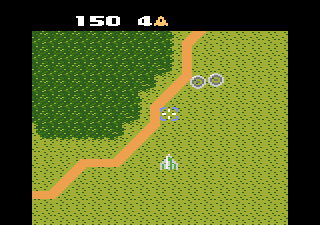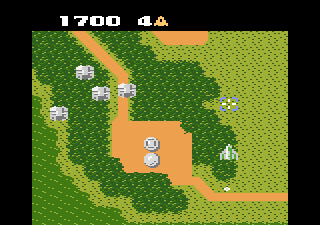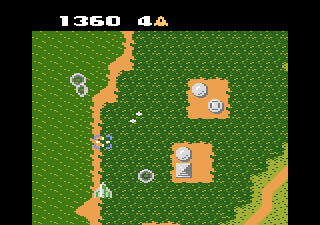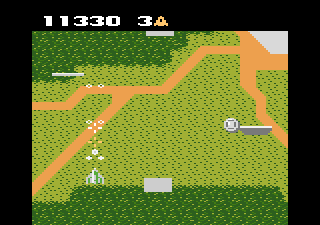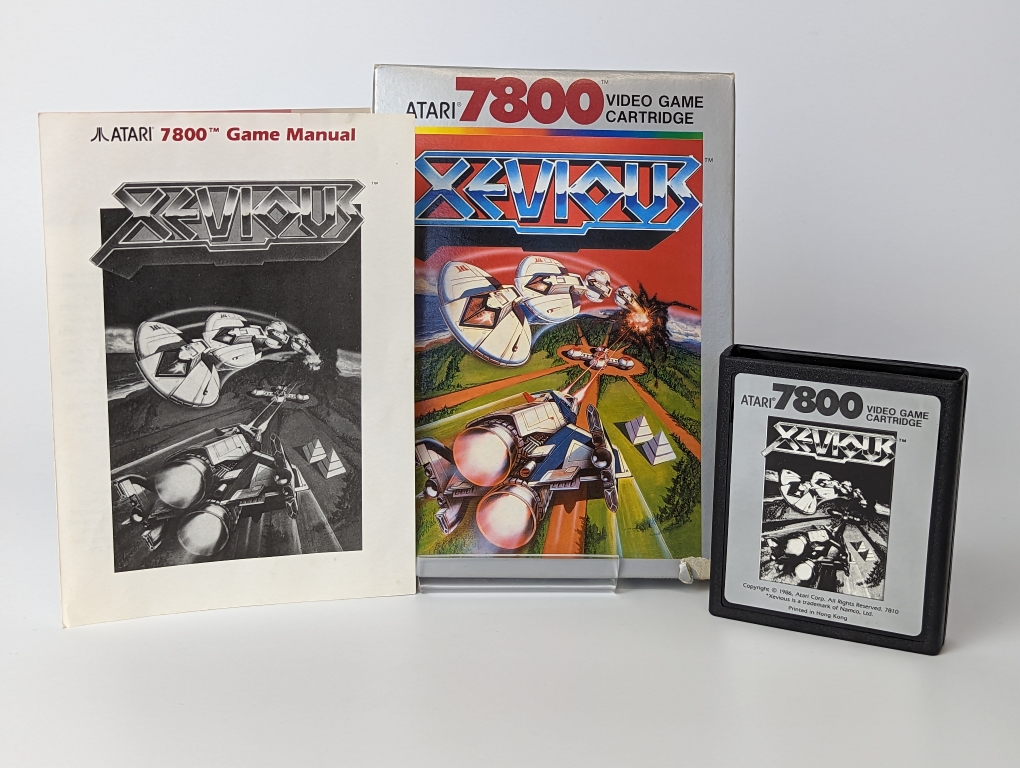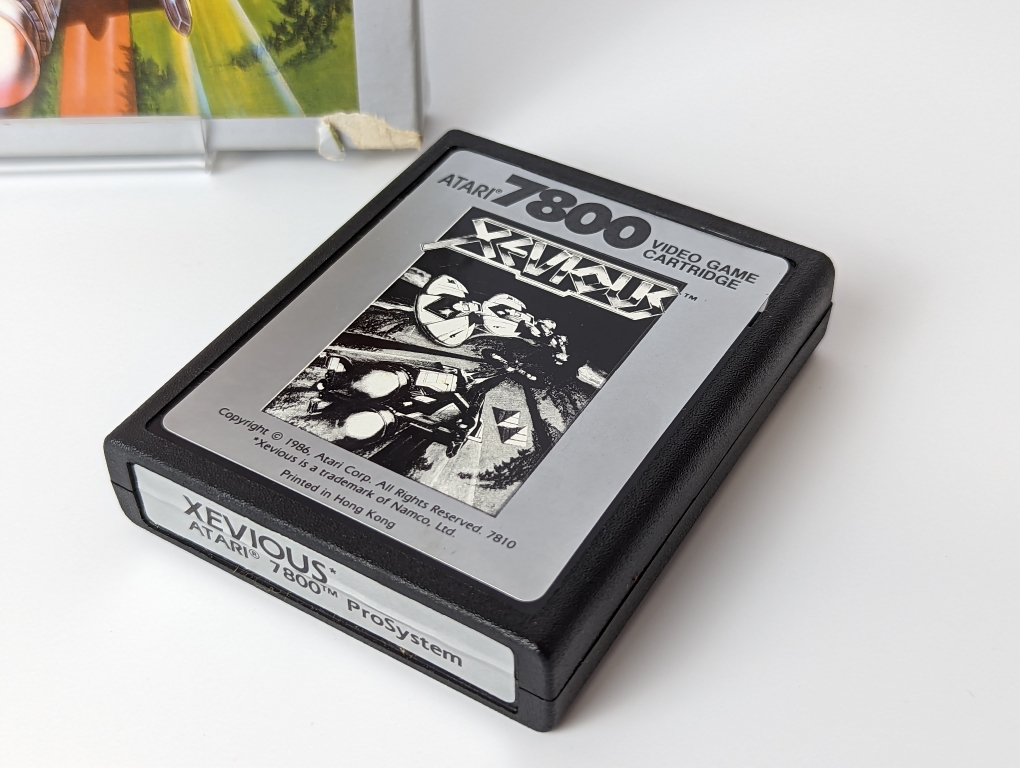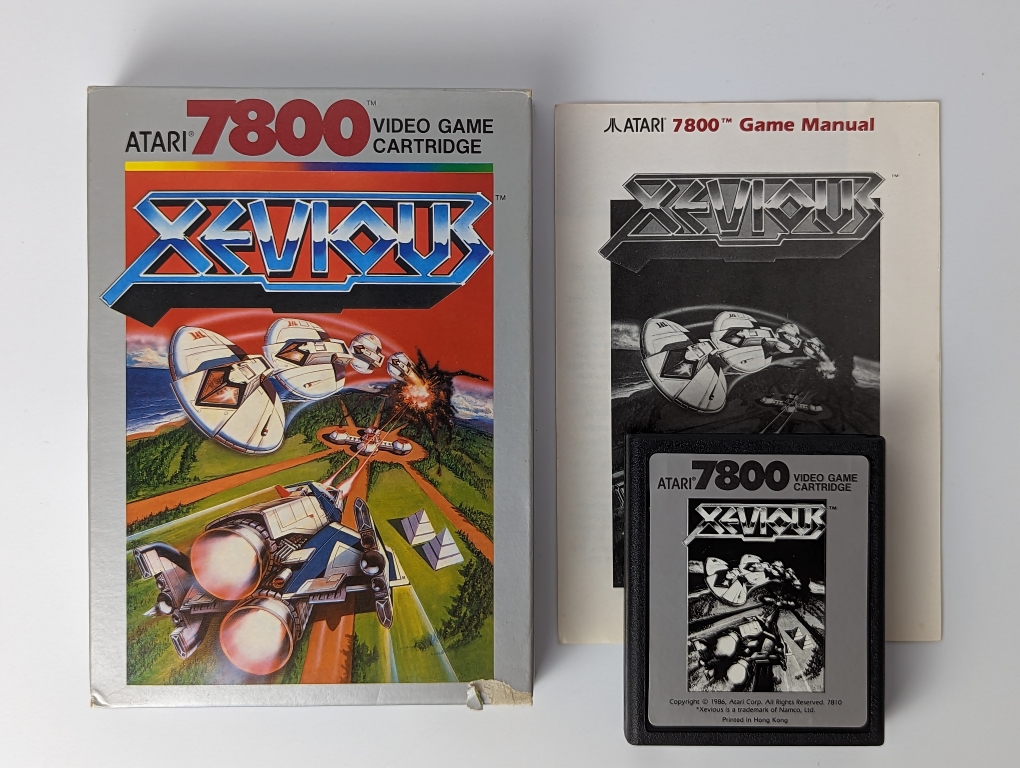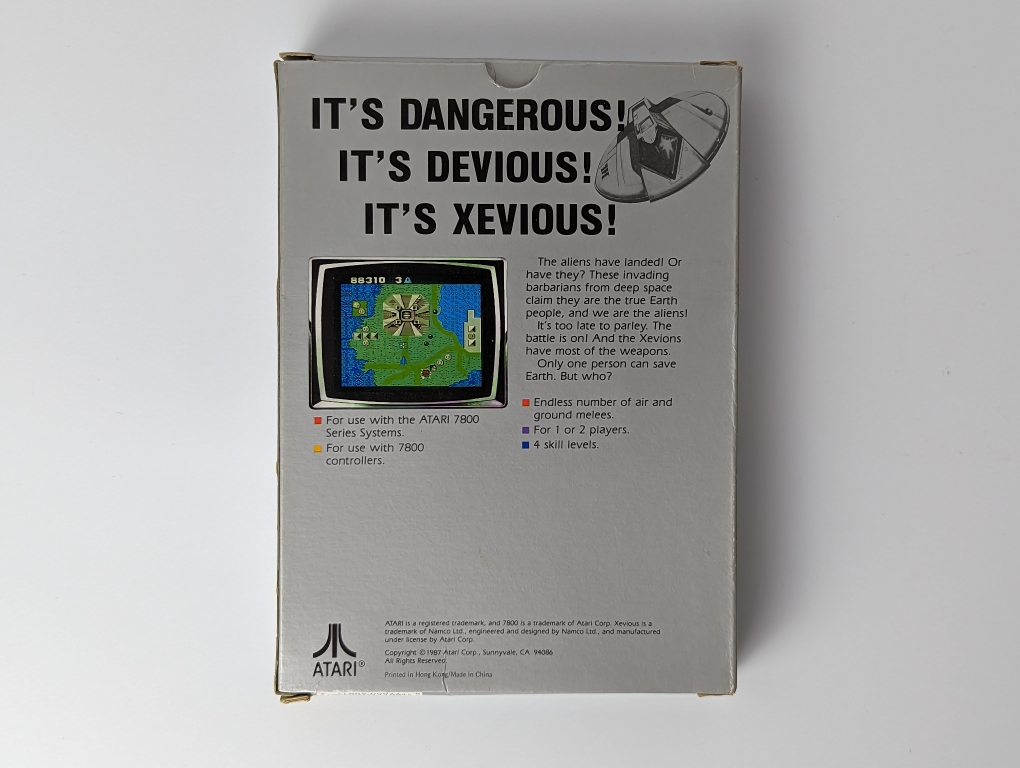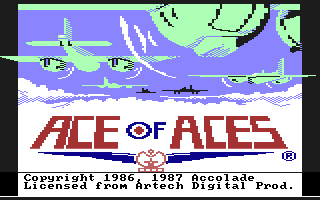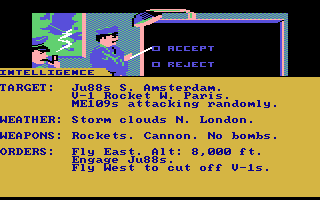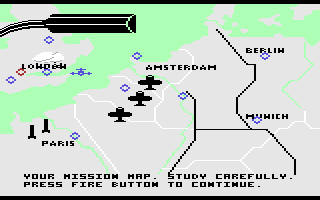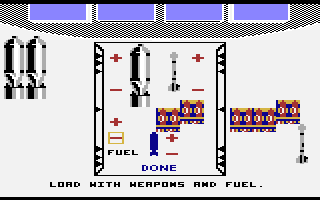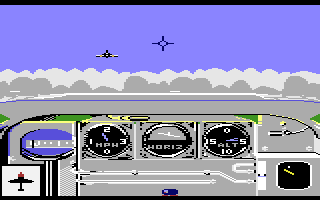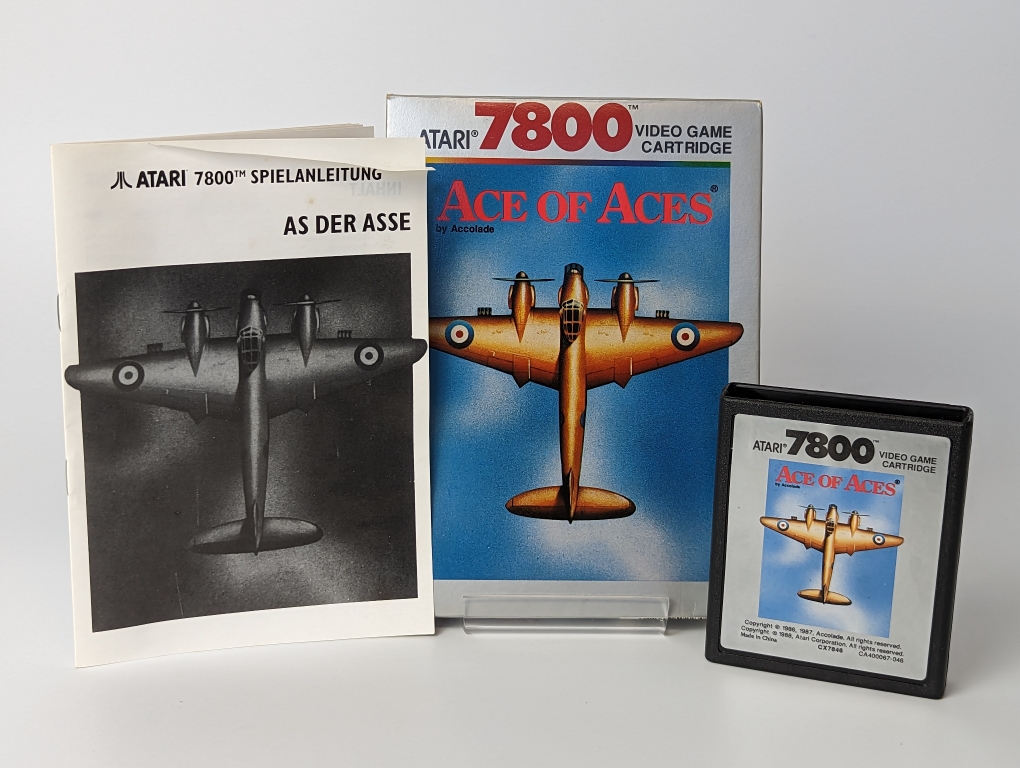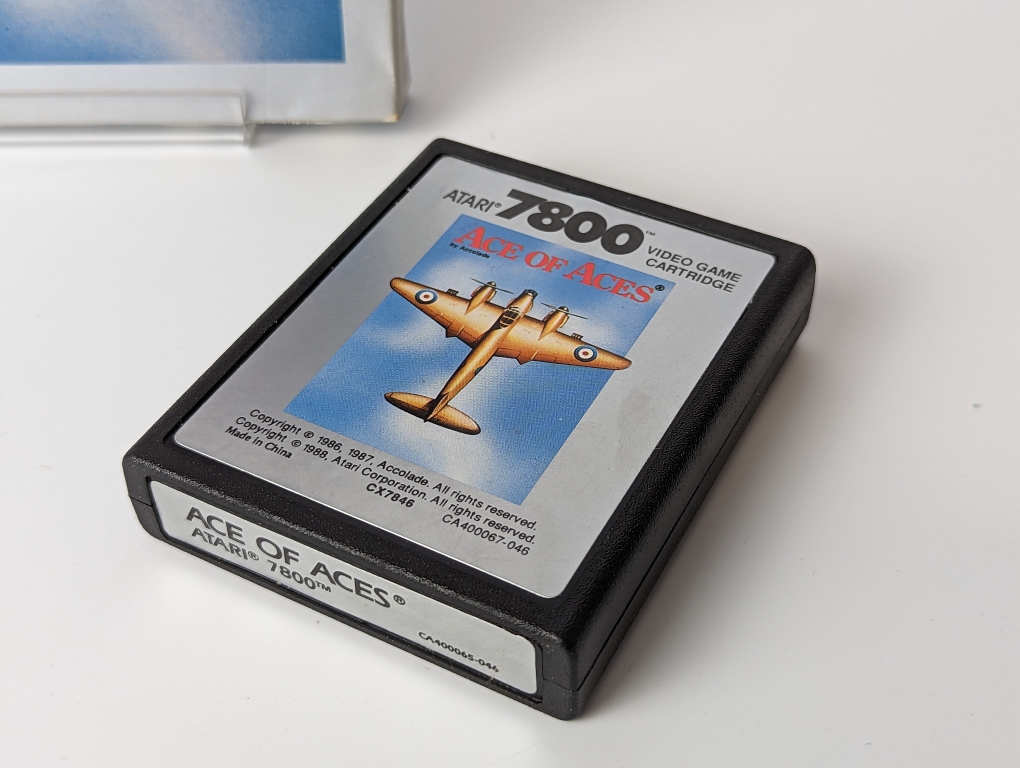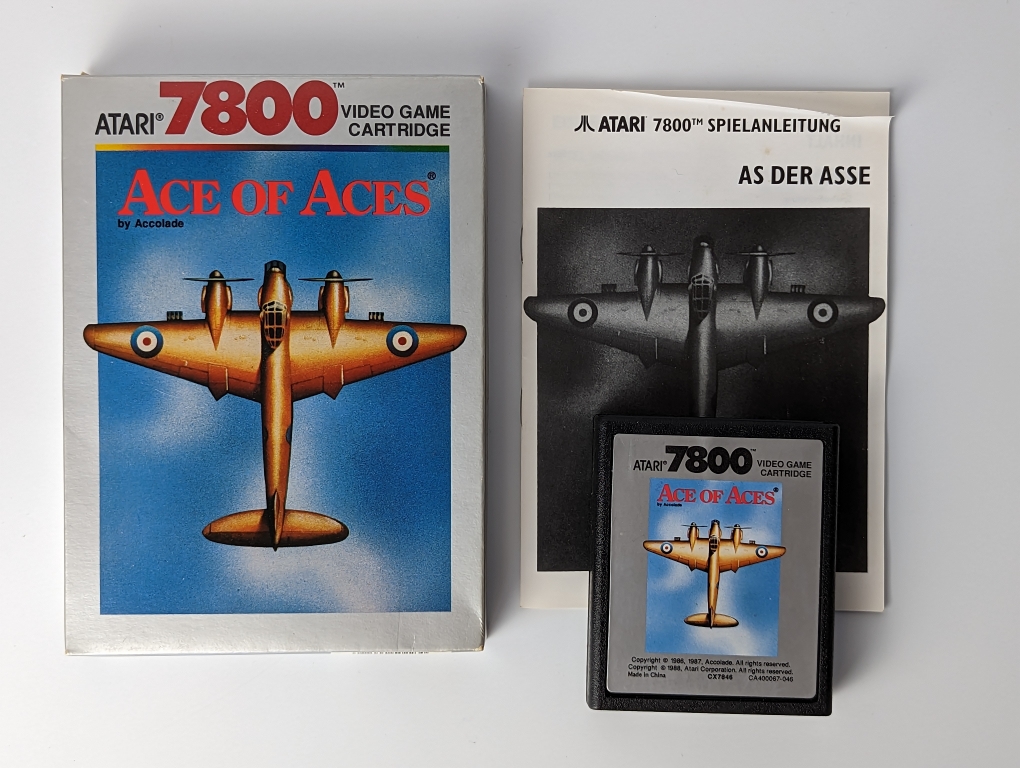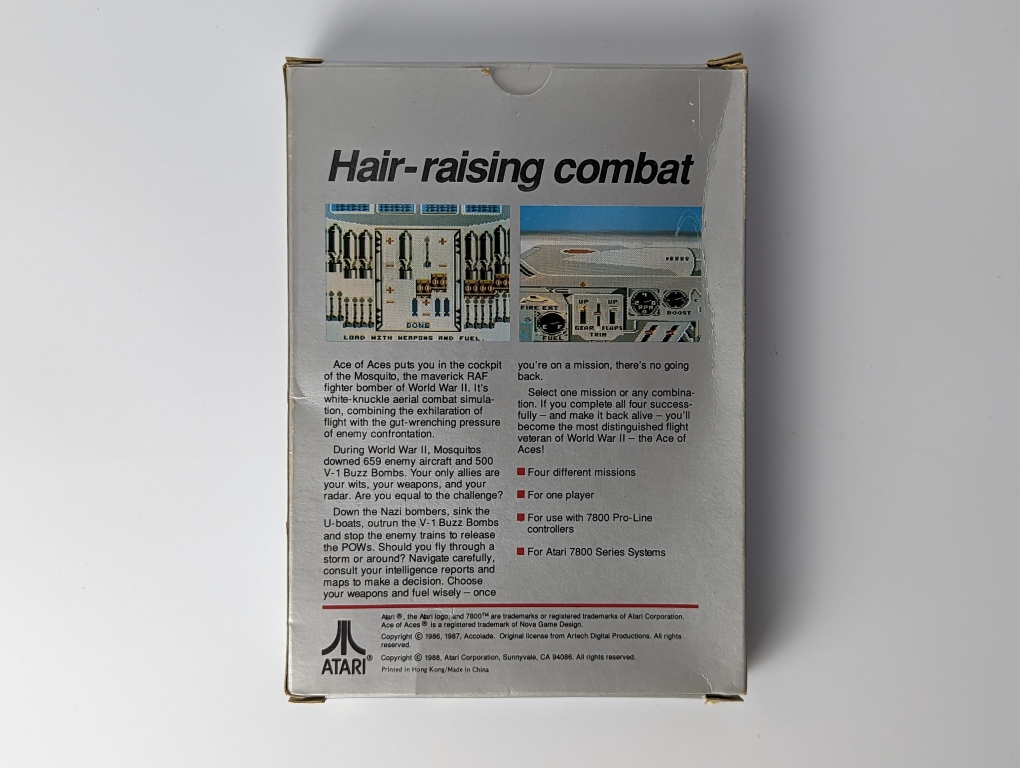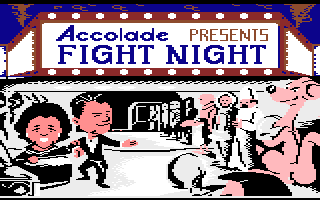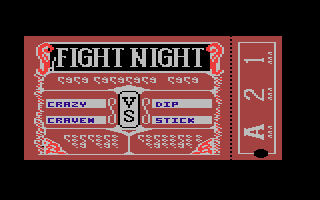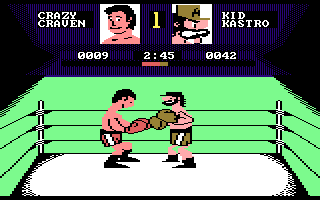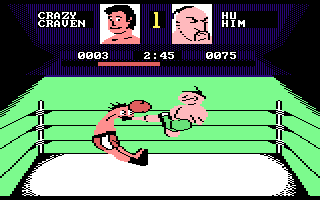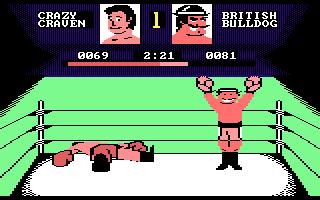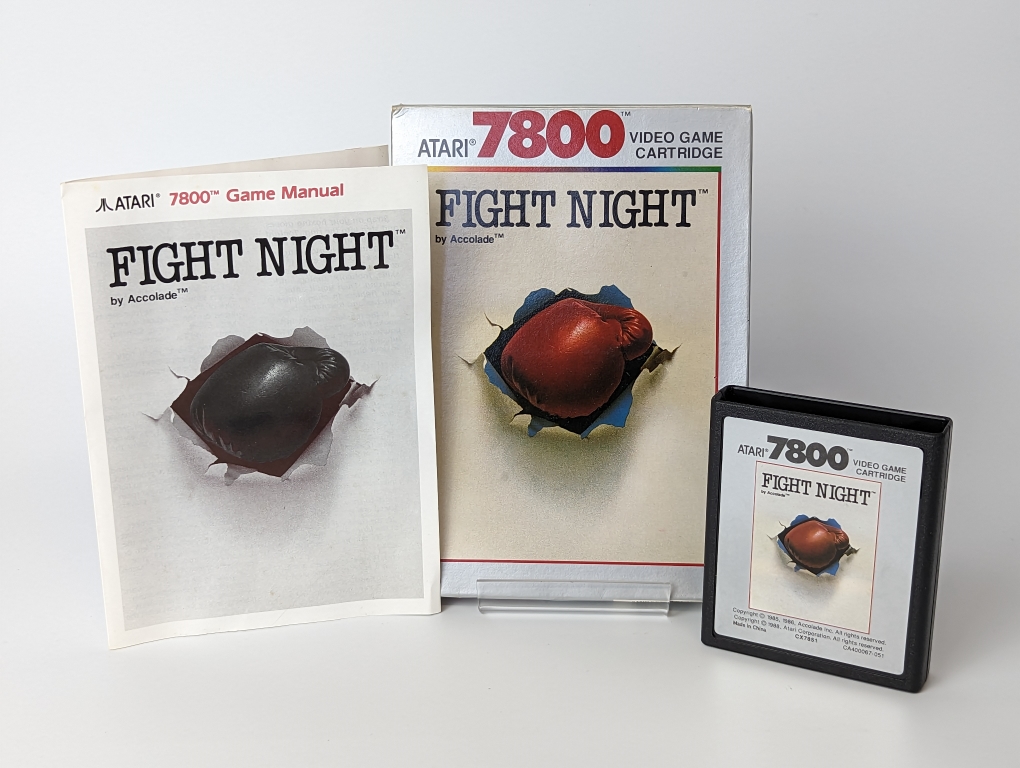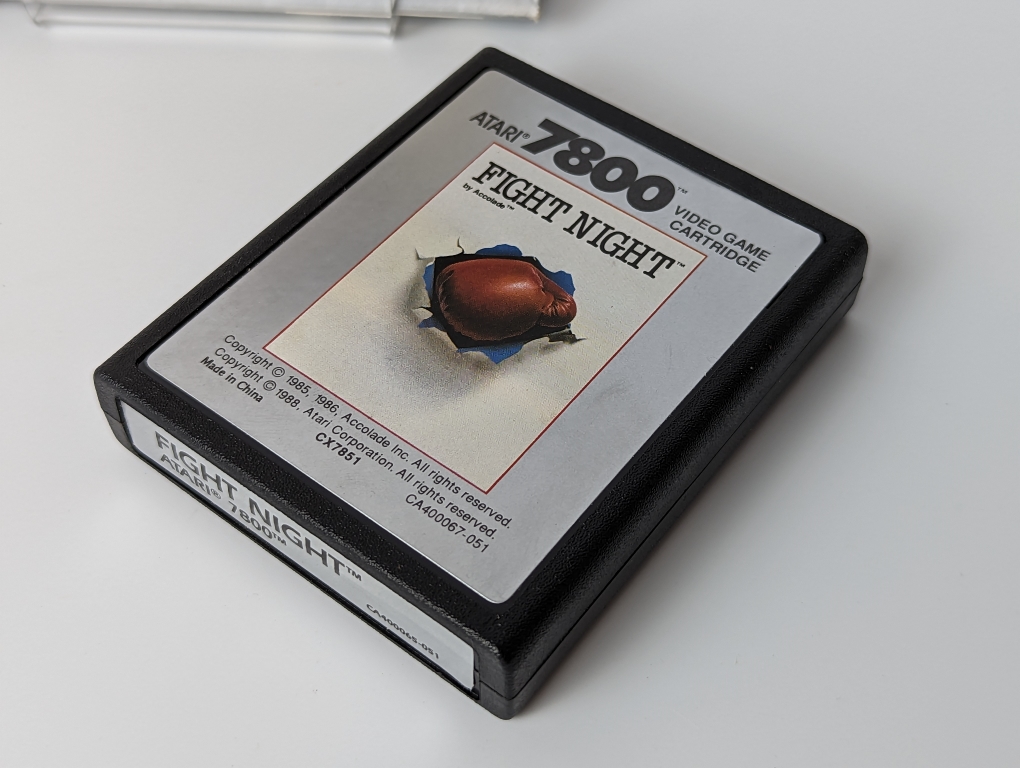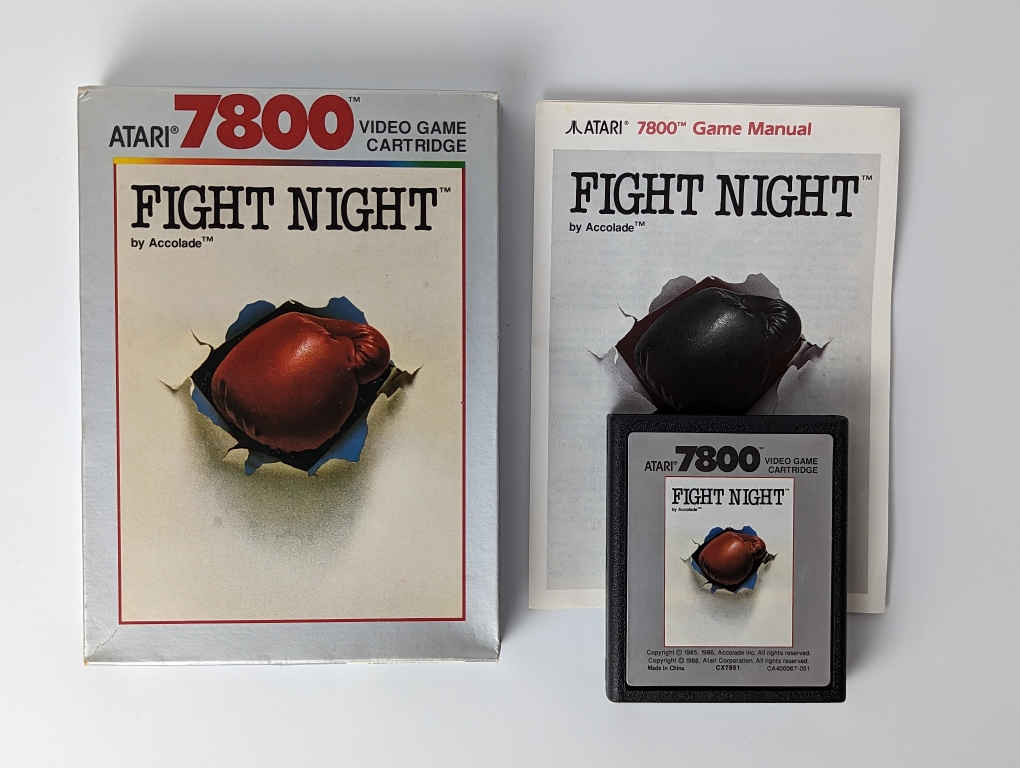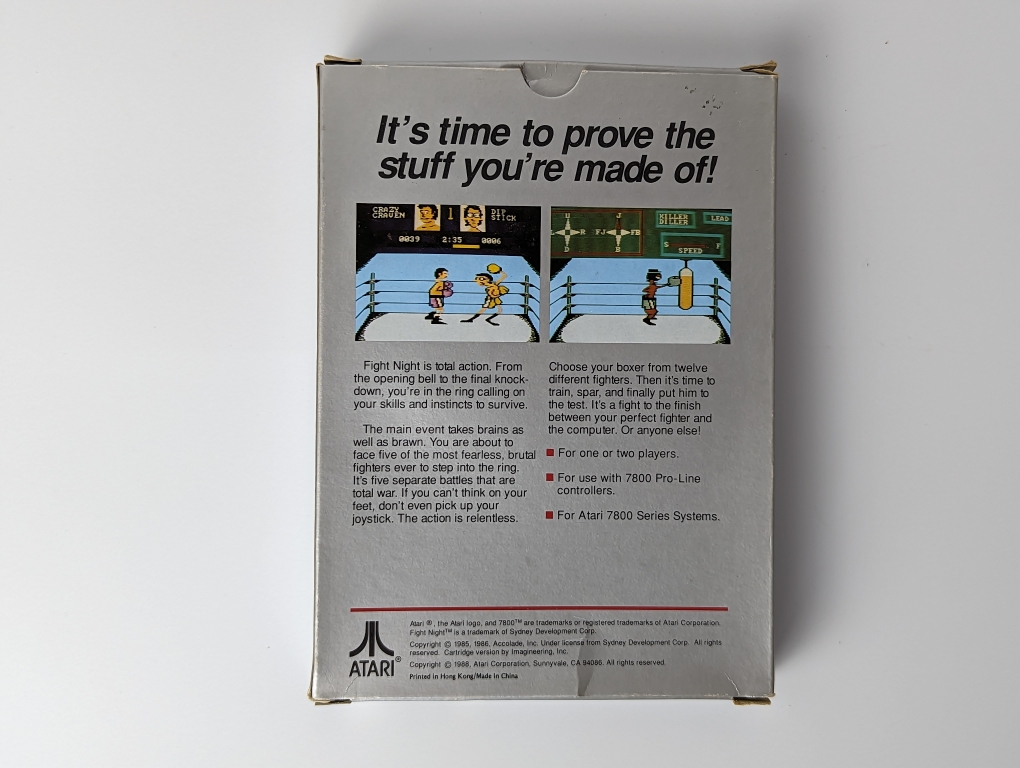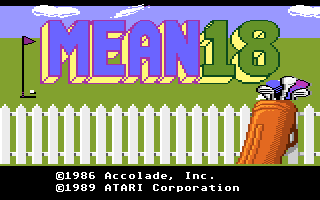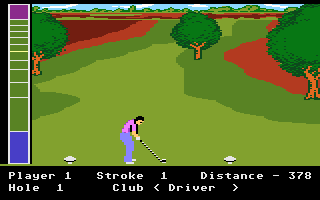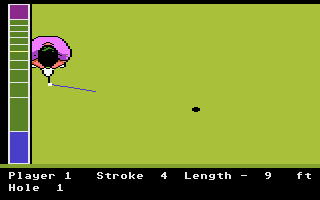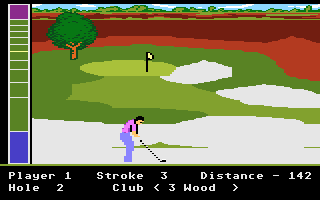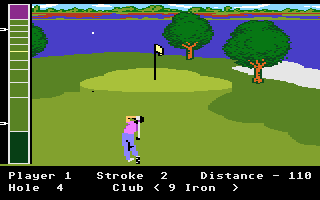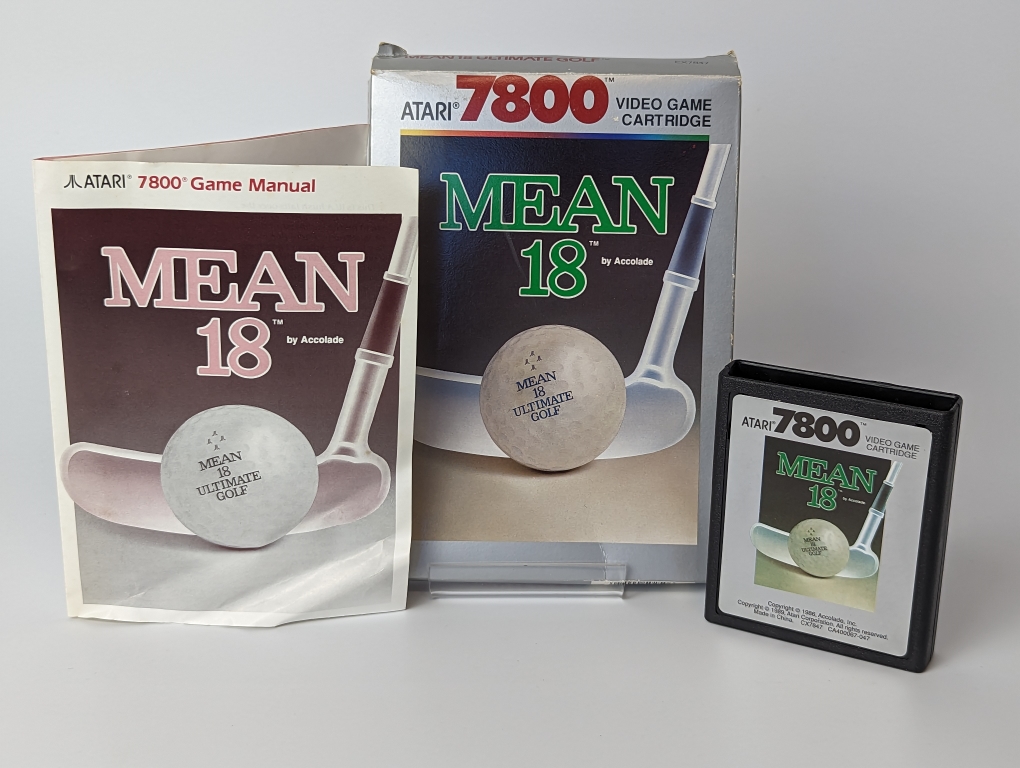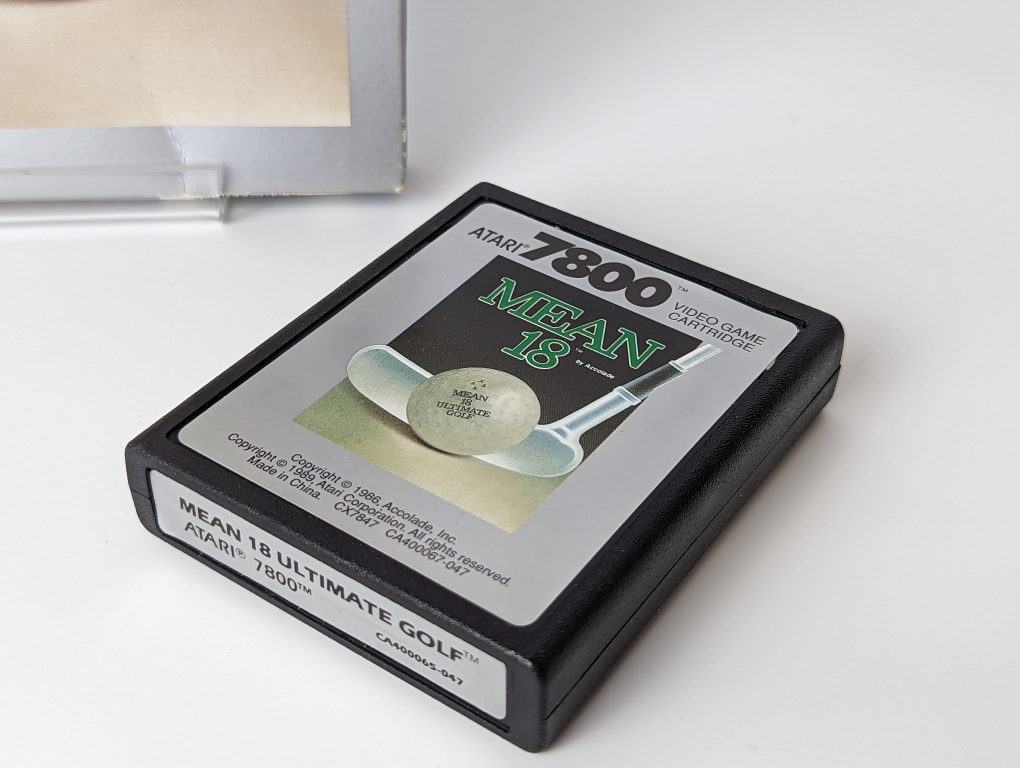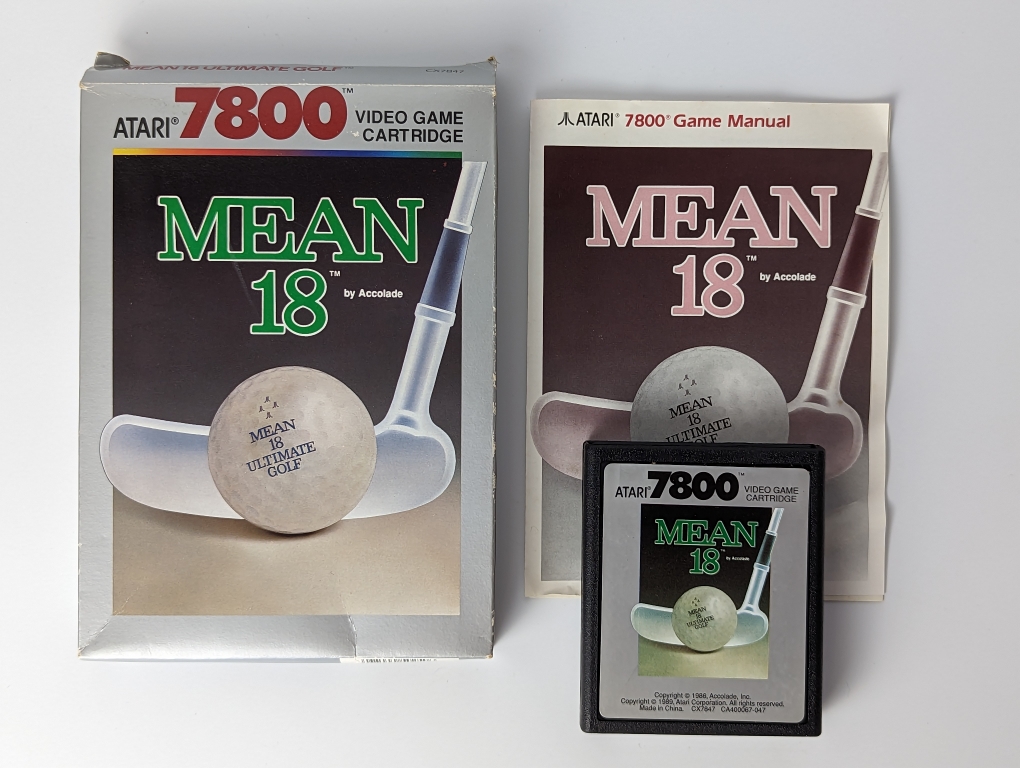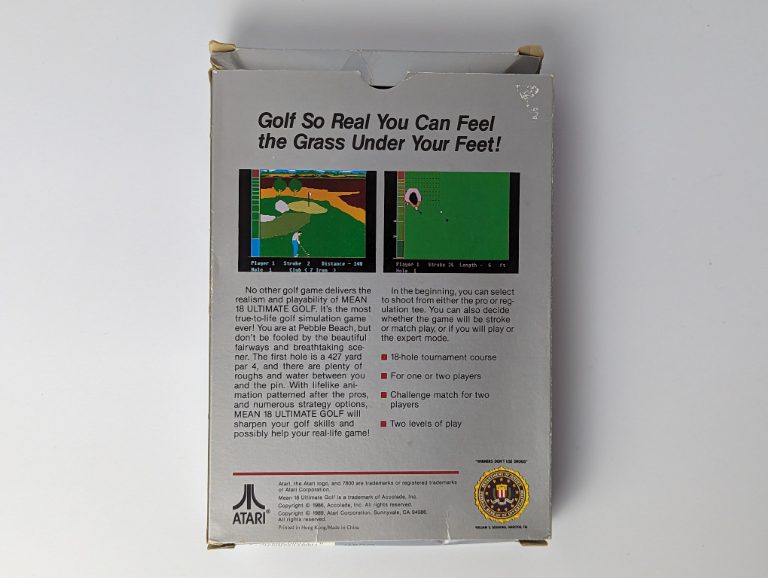Another example of why working in a pawn shop really pays off. We had a customer trade in an Atari 7800 along with loads of boxed games. So naturally, I bought pretty much everything I didn’t already have. Amazingly, quite a few of the games traded in were part of my top 10 quest. Happy days.
Ikari Warriors – Atari 7800 (1990)
Ikari Warriors is a vertically scrolling action game where one or two players fight their way through a variety of terrain, such as jungles, rivers, and ruins. Along the way different weapons can be found, including machine guns, grenades, and rocket launchers.
Crack’ed – Atari 7800 (1989)
As a professional ornithologist, you’re thrilled to find out that some rare South American hornbills have nested in your “old yolk tree.” But while the hornbills are out feeding, a group of mischievous bluebirds, owls, and snakes begin raiding their nests and stealing eggs.
You get out your slingshot and begin hitting the marauding creatures. But you have to be careful. If you hit an egg-carrying bird, it drops the egg and you have to act fast to catch it before it hits the ground and return it to a nest. At the same time, you have to watch for snakes that may be sneaking up to nests and gobbling eggs. If you can protect the eggs long enough, you can take them to another nesting site.
Donkey Kong Jr – Atari 7800 (1988)
Mario has kidnapped Junior’s Papa!
Donkey Kong Jr. was originally released in the arcades in 1982 as a sequel to Donkey Kong. In this game, Mario plays the antagonist, finally having captured Donkey Kong, and has put the ape in a locked cage. As Donkey Kong Jr., players will have to make their way through four different levels (Vines, Springboard, Chains and Mario’s Hideout) in an attempt to find keys to free the little monkey’s father.
Along the way, Mario will send out Snapjaws, swooping purple birds, and electric sparks in an attempt to stop Junior. Junior can defend himself by dropping fruit found around the levels on the heads of his foes. The more foes a piece of fruit hits in a falling sequence, the higher bonus points can be scored.
Junior can also avoid enemies more easily by grabbing hold of two chains or vines at a time to climb away faster, or by jumping over his foes. However, any long fall or falling into the water on certain levels will mean the loss of a life for Junior.
In the final cut scene, Junior will free Donkey Kong and both will escape after giving Mario the boot. Once all four levels are cleared, the game levels will start over at a higher difficulty.
Like the original Donkey Kong, the earlier 1980’s console versions do not have all of the levels and animations from the arcade.
Mario Bros – Atari 7800 (1988)
Mario and Luigi, the best plumbers in the world, have a real job on their hands. A host of characters have taken over the sewers, and the brothers must clear them out of the pipes.
The platform puzzle which first introduced Luigi to the world has both single and multiplayer action with two differing game types, but with the same objective. Crabs, turtles and fighter flies must be cleared out by jumping underneath the platform they sit on, then kicking them away. Each level is cleared when a set number of coins is collected.
For the two player mode, the first to collect the set amount of coins wins.
Food Fight – Atari 7800 (1986)
You play as Charley trying to eat an ice cream cone. But first you must avoid the chefs that are out to get you: Angelo, Zorba, Oscar, and Jacques. Avoid the food thrown at you by the chefs to get the cone. You can also throw your own food at the chefs to slow them down.
Dig Dug – Atari 7800 (1986)
Dig Dug is a 1-2 player arcade game in which you have to use your shovel to dig your way through the earth. Stopping you from doing this are two monsters, called Pooka and Fygar, who will continually chase you around. The only weapon that you carry is an air pump, which you can use to inflate the monsters to the point where they explode. (if you start to inflate them but stop doing so, the monsters will get turned back to their normal selves). Furthermore, rocks are scattered throughout the earth, and you can use these rocks to squash them. If the monsters do not find you for several seconds, they will eventually get turned into ghosts, which can walk through the earth. They are invincible and cannot be killed. From time to time, vegetables will appear in the center, and you can get these for points.
Karateka – Atari 7800 (1987)
The evil Akuma has destroyed the protagonist’s homeland, killed many of his friends and kidnapped the princess Mariko. Fortunately, the hero is skilled in martial arts, so his inevitable quest to reach Akuma’s palace and rescue Mariko has a chance of success.
Karateka is viewed from the side and features a succession of increasingly difficult opponents. Three types of punches and kicks are available to both the player character and his foes, differentiated by their height (low, medium, and high). The protagonist has a health bar, which refills itself gradually when he stands still.
Super Huey Uh-Ix – Atari 7800 (1989)
Super Huey UH-IX is a helicopter simulation game. You are the pilot of the experimental helicopter UH-1XA and you need to test it out in several game modes. In the flight school mode, you can learn how to fly. The computer will guide you through takeoff, flight, and landing. In reality mode, you will need to fly a mission to locate and bomb an enemy base and return home safely. The last mode is arcade mode where you have an unlimited amount of ammo to try and shoot down as many enemy aircraft as possible. The game is played from a first person view of the cockpit which is complete with radar and various instruments to help you fly.
Jinks – Atari 7800 (1989)
Jinks added a largely new concept to the Breakout type games, offering much freer paddle movement (both horizontally and vertically), a horizontally scrolling screen and the ability to flip the triangular paddle as needed.
The objective is to survive on the planet Jinks – an exploration mission on this resource-rich planet has gone wrong. As hazards, there are objects that can destroy the paddle or make it smaller. There is also the ability to shake the screen if the ball is in a looping position.
Mat Mania Challenge – Atari 7800 (1990)
Mania Challenge is the sequel to the wrestling game Mat Mania. The gameplay and features (including the moves of the wrestlers, except for the addition of a drop kick) are completely identical. The most important addition is a versus mode against another human players. The unnamed wrestler protagonist from the original version is now called Dynamite Tommy. In the versus mode he only can fight a clone character with identical moves known as Hurricane Joe.
In the single-player mode the roster from the original game has been made smaller. Dynamite Tommy has to fight Insane Warrior, Golden Hulk and Hurricane Joe (except when continuing a two-player game in single-player as Joe, then Tommy is an opponent). The three other wrestlers Karate Fighter, Coco Savage and The Pirania are no longer available as opponents. After completing the game all three of them can be fought again in an endless loop.
The later released Atari 7800 version has some differences in the graphics and includes different difficulty levels for the single-player mode.
Fatal Run – Atari 7800 (1990)
In this post-apocalyptic driving/racing game you must travel to various towns delivering medicine, while on your way to a missile base which houses a rocket that can save the world. While driving through the 32 levels, you’ll meet countless enemies who want to stop you from achieving your goal. Your car boasts many weapons to help you out, including dynamite, rockets, oil slicks, smoke screens, and machine guns. You can also upgrade your vehicle within the city shops. Upgrading your gas tank provides better mileage while upgrading your bumper protects you during collisions. A password feature let’s you continue where you left off.
Xenophobe – Atari 7800 (1989)
Xenos. The very name strikes fear into every colonist’s heart. A distress call is received from space stations orbiting your homeworld, then silence. A single ship escapes, piloted by a battered man who tells the tale of pods that hatch into acid-spitting Xenos. A small band of engineers has been dispatched to combat the Xeno threat before it takes over all the space stations and, eventually, your homeworld.
Xenophobe is a side-scrolling shooter with platform elements. Assemble your band of engineers and fight the Xenos on each station, striving to either clear it or abandon it. You start out with a standard issue laser, but can pick up additional weapons as you find them, including Phasers, Lightning Rifles, Poofer guns, and bombs.
Choplifter! – Atari 7800 (1987)
Choplifter! is a side-scrolling action/arcade game that puts you in command of an attack chopper. Your mission: Go behind enemy lines and rescue up to 16 hostages per level. Be careful, though, because tanks and enemy aircraft will try to stop you – and they won’t stop shooting while you are rescuing those hostages!
Originally released for Apple II home computers, Choplifter! was later ported to the arcades and a number of video game consoles. Many imitators and homages would follow.
Commando – Atari 7800 (1989)
Several levels await your super-tough Commando in this vertical scrolling game. Armed with only a standard rifle and a few grenades you must take on hordes of Nazis. Some are wandering around in the open, while others have picked out hiding places, which you must approach from certain angles. Trees, rivers and bridges create a varied combat-like terrain and must be incorporated into your thinking. Extra grenades can be collected, and will definitely be required, as they allow you to kill from distance and thus avoid some enemy shots.
Tower Toppler – Atari 7800 (1989)
You play a small green guy who needs to blow up eight towers because their presence is somehow poisoning the water of planets which could potentially be ideal colonies. Unfortunately, you need to get to the top of these towers to blow them up.
You make your way up to the top of the tower via walkways around the outside of the towers. You need to jump over, kick, and run from various enemies in your journey to the top. Most vertical movement is achieved by jumping onto moving ledges at the right moment.
The game was considered revolutionary in its time for its graphic technique. As the main character walked around the outside of the tower, the character was fixed in the middle of the screen while the tower itself rotated. This gave it a pseudo-3D effect.
Towers are linked together via a voyage through the sea in your trusty MK.7 submarine. This plays out as a side-scrolling collect-’em-up in which bonus points can be obtained.
Motor Psycho – Atari 7800 (1990)
MotorPsycho is similar in feel to Pole Position, but with motorcycles substituting the cars. The object is to complete each race within the alloted time while dodging other motorcycles. Ramps strewn throughout the track allow the motorcycle to jump over obstacles and the other motorcyclists. You can shift between high and low gears, but there are no brakes. A player can customize their motorcycle by adjusting the “straighten” and “turn” response times before the race.
Xevious – Atari 7800 (1986)
A hundred thousand years ago, an ancient civilization prospered on our Earth, their product being GAMP (General Artificial Matrix Producer). In order to survive the Ice Age, most of the Earth’s inhabitants have decided to leave it, finally settling on a planet called Xevious. A group of humans remained, becoming our own ancestors. Many years have passed, and the Xevians are now planning a massive comeback to their long-lost homeland. The pilot Mu, his android companion Eve, and Mio, a Xevian who opposes the GAMP regime, are back from a space travel just in time to warn the Earth of the upcoming invasion. The prototype fighter craft Solvalou is going to be used as the main weapon against the Xevian attack.
Xevious is a vertically-scrolling shooter which is notable for being the first game of that type to feature an aircraft flying over the Earth (as opposed to the outer space in other games), displaying views of South American nature. It also introduced, for the first time, two types of enemies to fight: aerial and ground-based (the menacing SOL towers invoked by GAMP to aid their planes). The player-controlled ship, Solvalou, is equipped with two weapons, each assigned to a button: the Zapper for air enemies, and the Blaster, which drops bombs on ground targets with the aid of a lock-on. The aerial enemies are divided into sub-categories distinguished by their attack and behavior patterns. Certain enemy types are immune to Solvalou’s weapons, and must be avoided.
Aces Of Aces – Atari 7800 (1989)
Ace of Aces is a 1st person, 2D flight simulation. You’re onboard a British RAF Mosquito, maverick fighter bomber. Your mission … stop enemy trains, intercept the terrible German V-1 buzz bombs, sink the german U-boats and down the Nazi bombers. Are you ready for this challenge?
Fight Night – Atari 7800 (1989)
Fight Night is a boxing game in which players box 11 different opponents on the way to the final match with the champ, Bronx Bomber. Each boxer has unique strengths and weaknesses, along with one specialised “super punch”. There are four different modes of play; the single-player Main Event and the multi-player Tournament (on disk/cartridge versions only), and also Training and Sparring modes. Players can also create their own boxer, setting the appearance and abilities.
Mean 18 – Atari 7800 (1989)
Mean 18 is a golf simulation released in the early years of 16-bit technology. The three-click control system was used, whereby the first click starts the swing, the second sets the power, and the third sets draw or fade.
Apart from the Bush Hill course the game comes with Famous Course Disk Volume I which includes:
St Andrews, Scotland, UK
Pebble Beach, California, USA
Augusta National, Georgia, USA
A unique feature for the day was the Course Architect, which was quite versatile with practice.
Beginner and Expert difficulty options are given – the latter mode has more pronounced draw and fade effects, making the timing of the third click even more crucial. You can also choose between regular and professional tees – in the latter option the distance on the holes is longer, and the computer doesn’t choose the best club automatically. Because long drives aren’t a crucial aspect of many of the holes, the Beginner/Expert setting is a bigger factor on your likely scoring.

